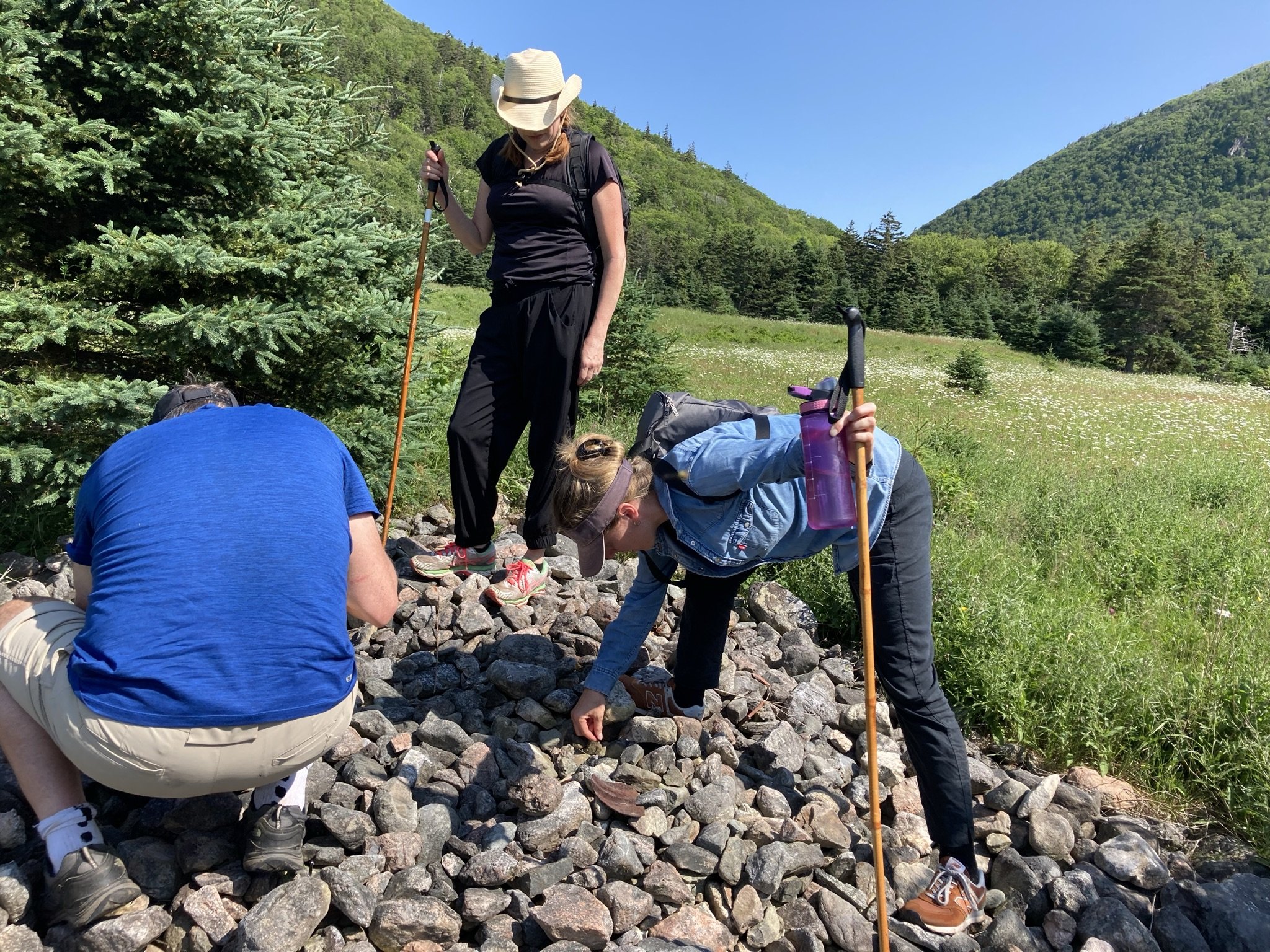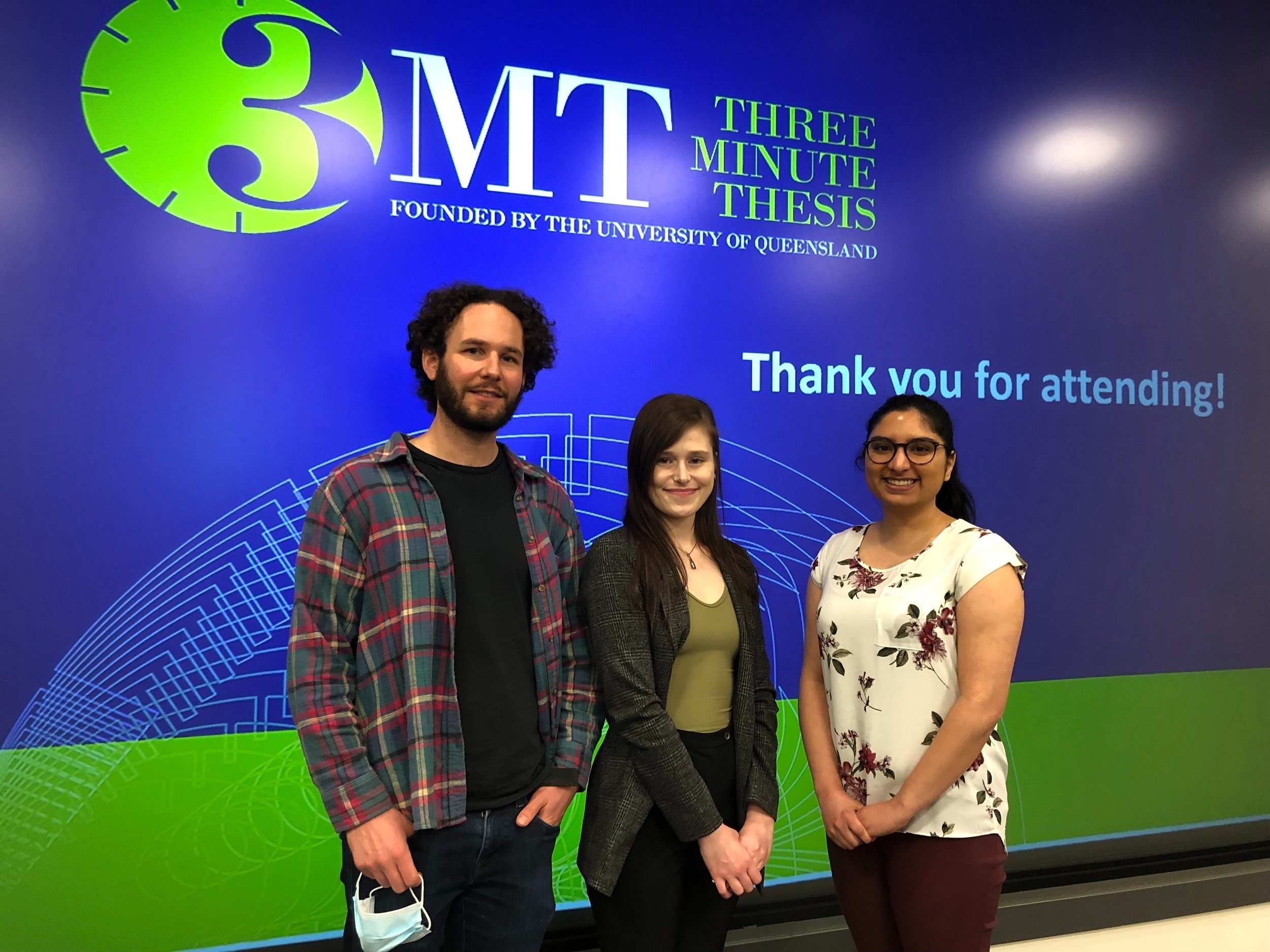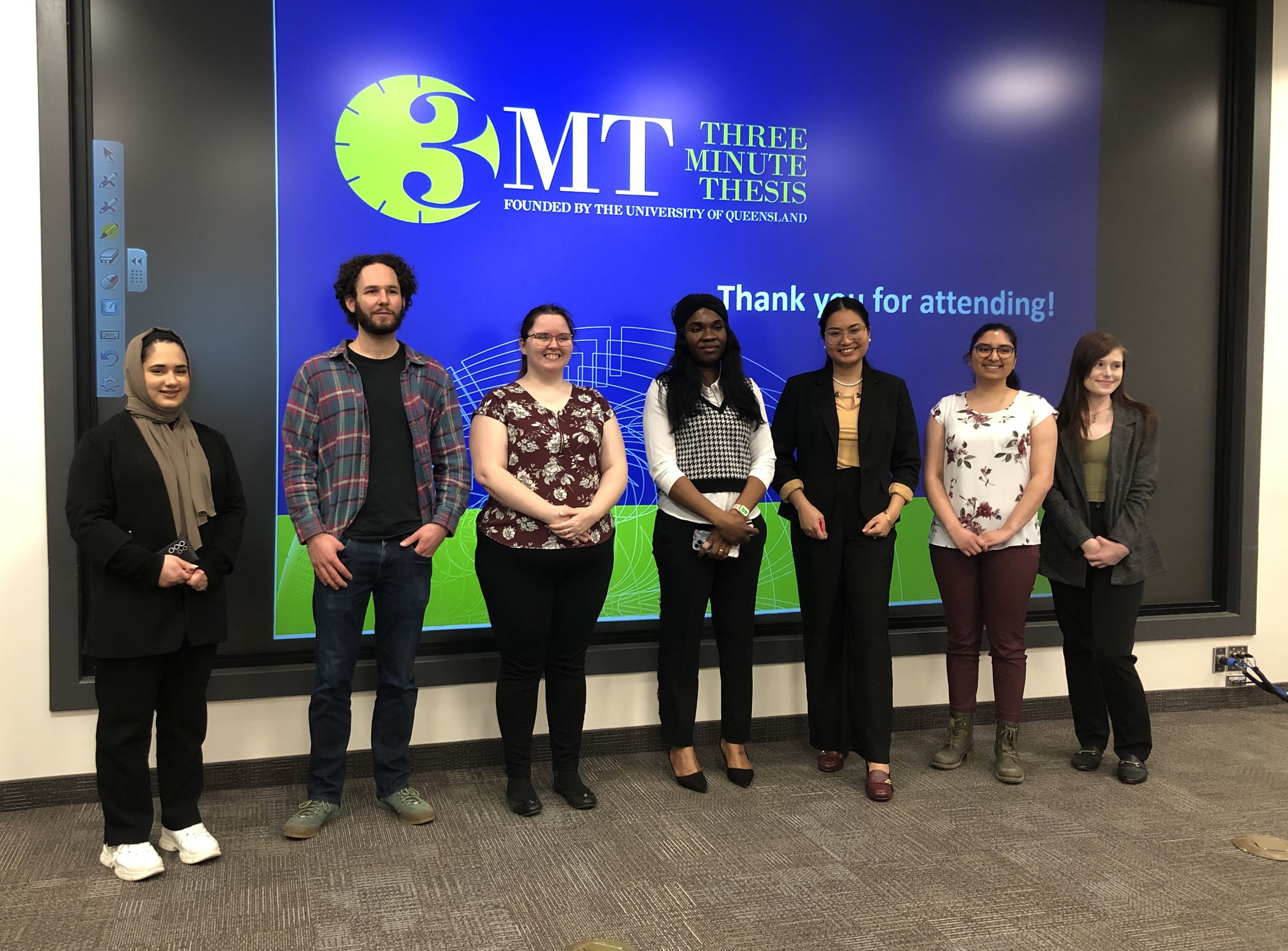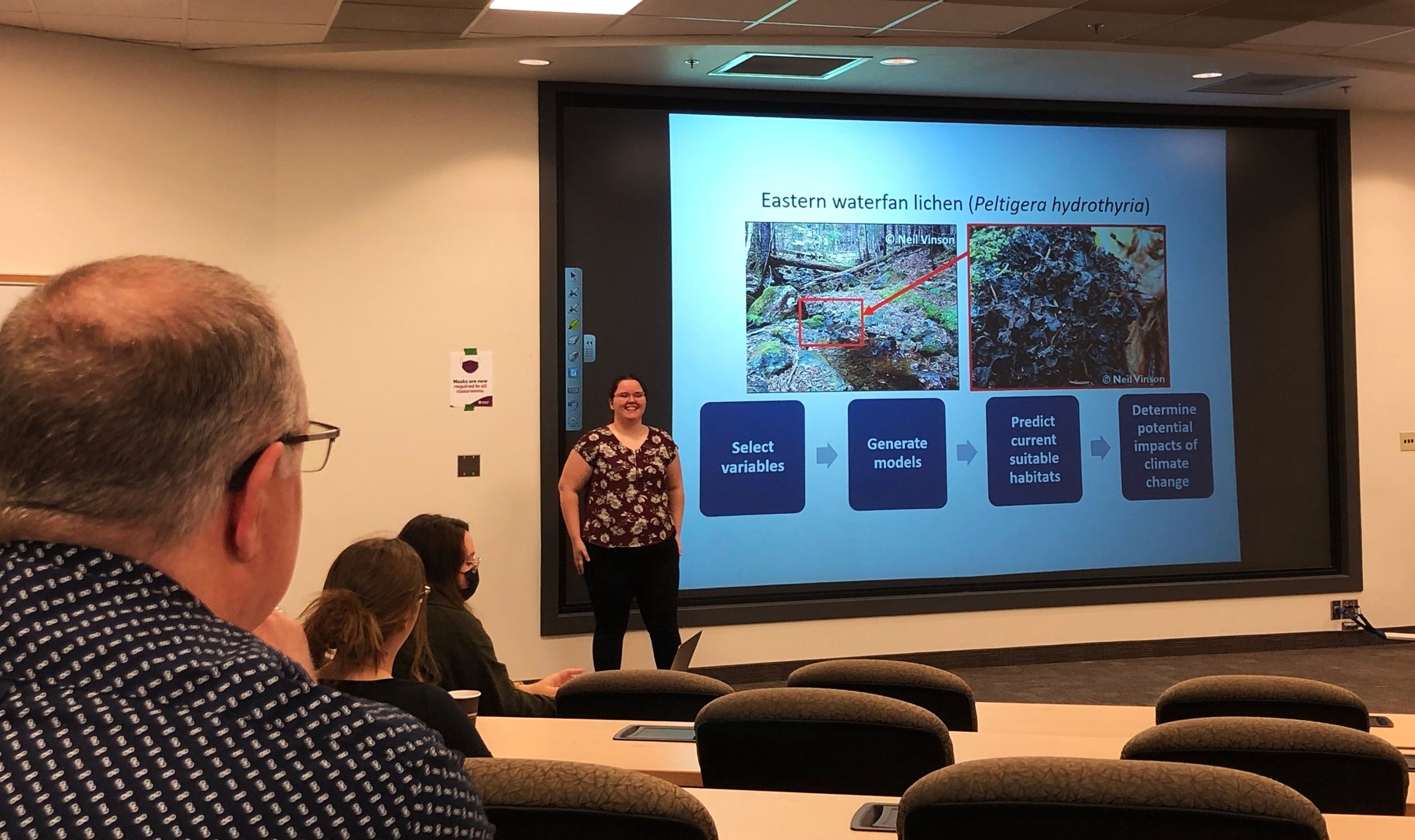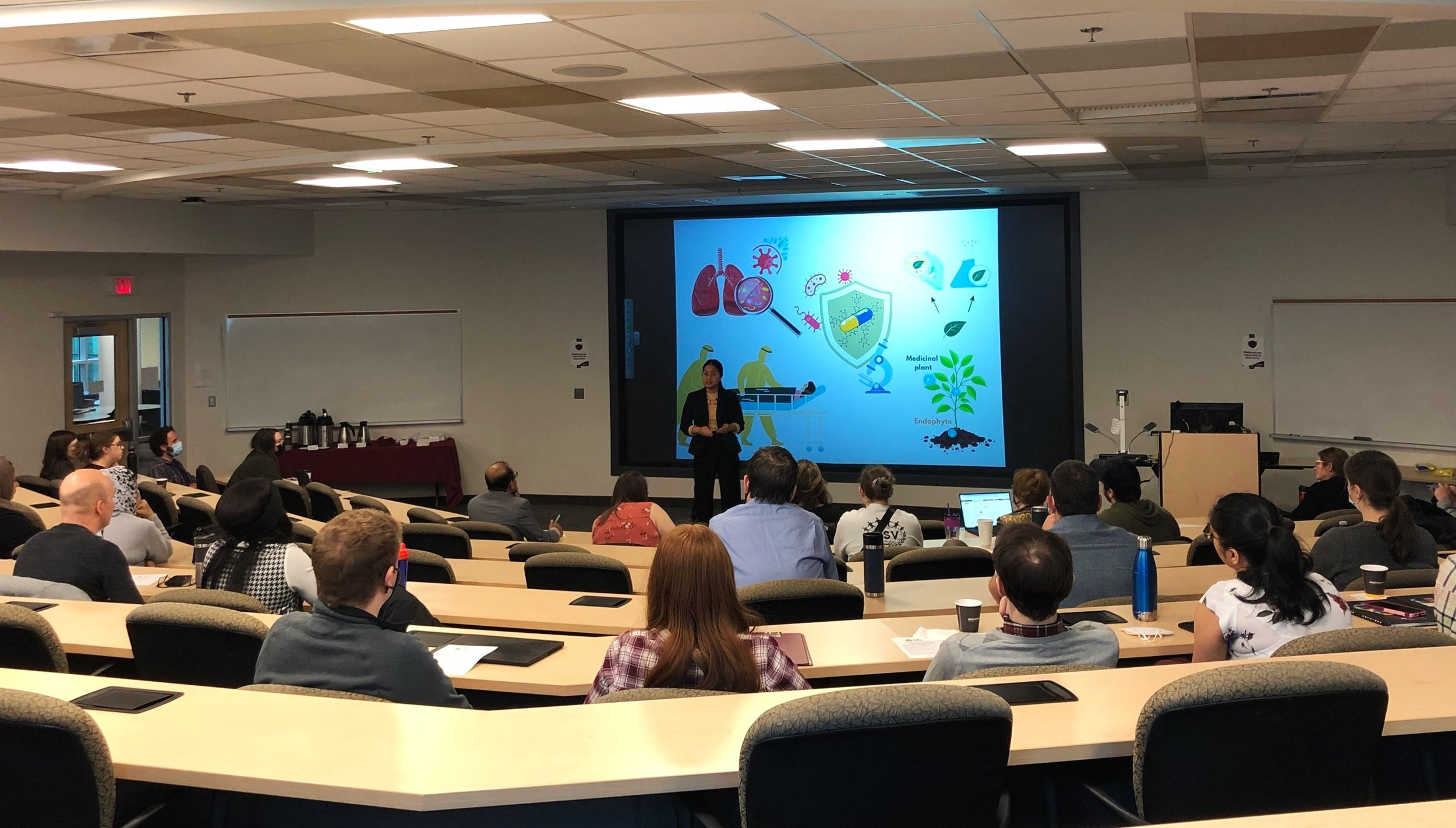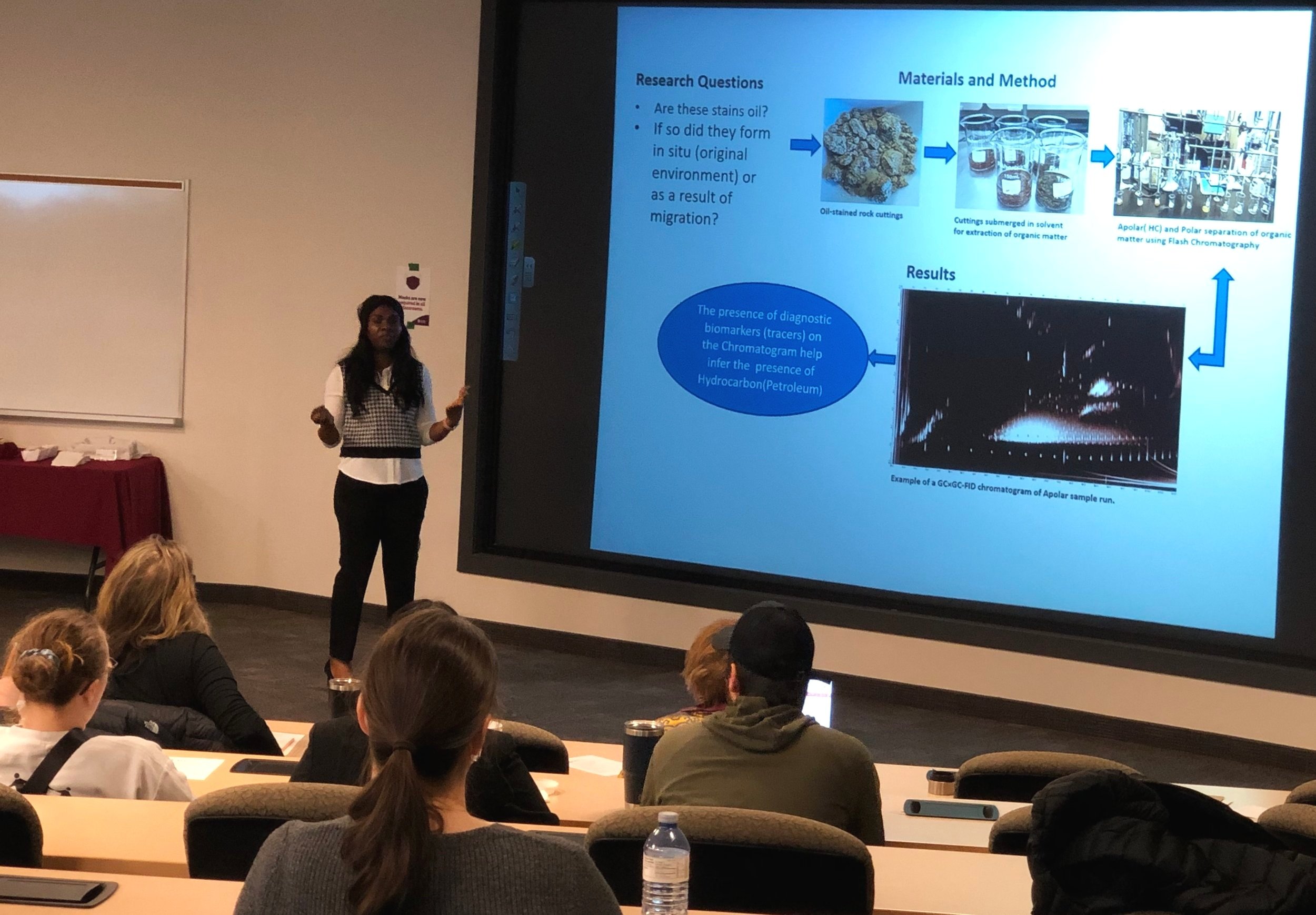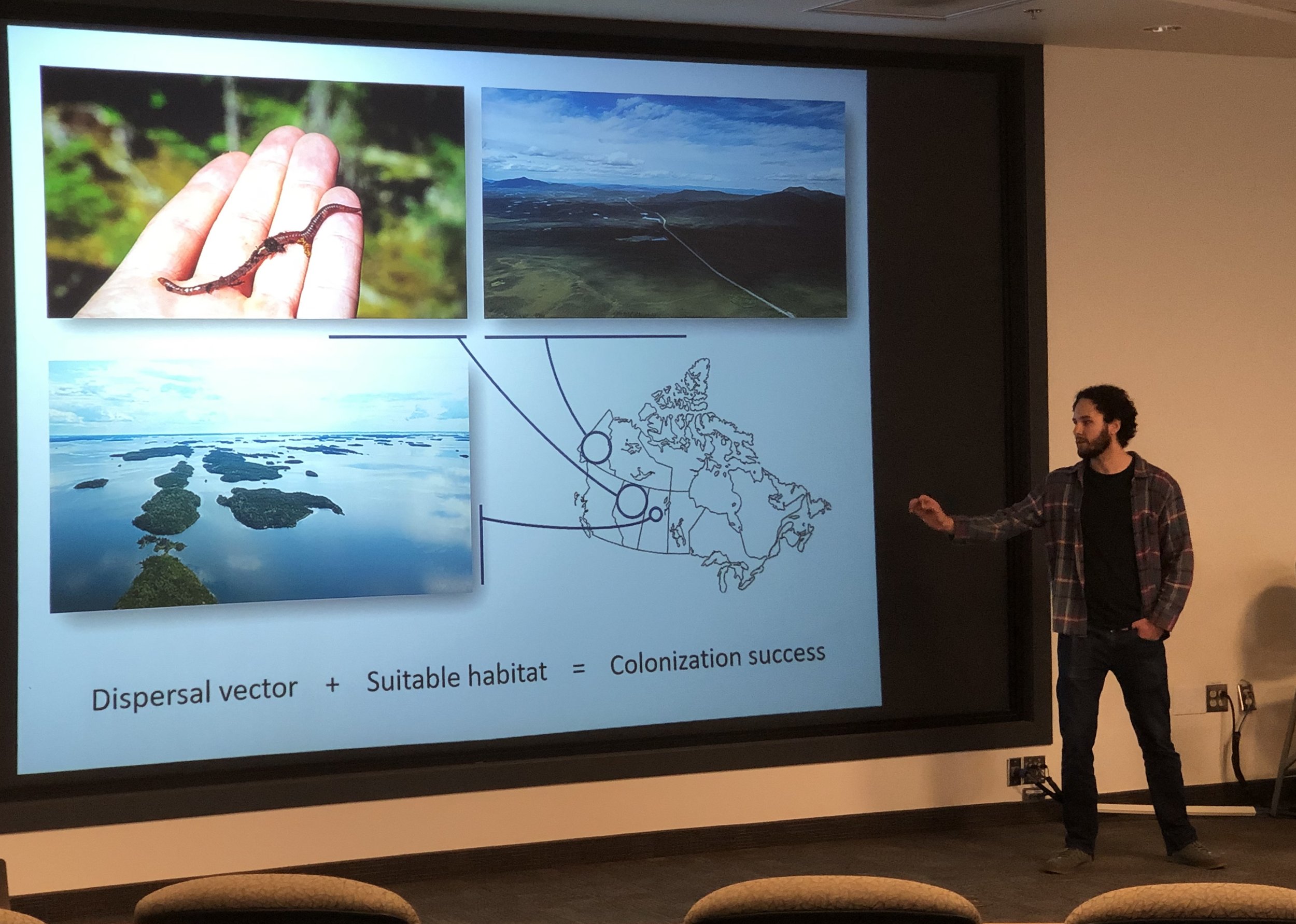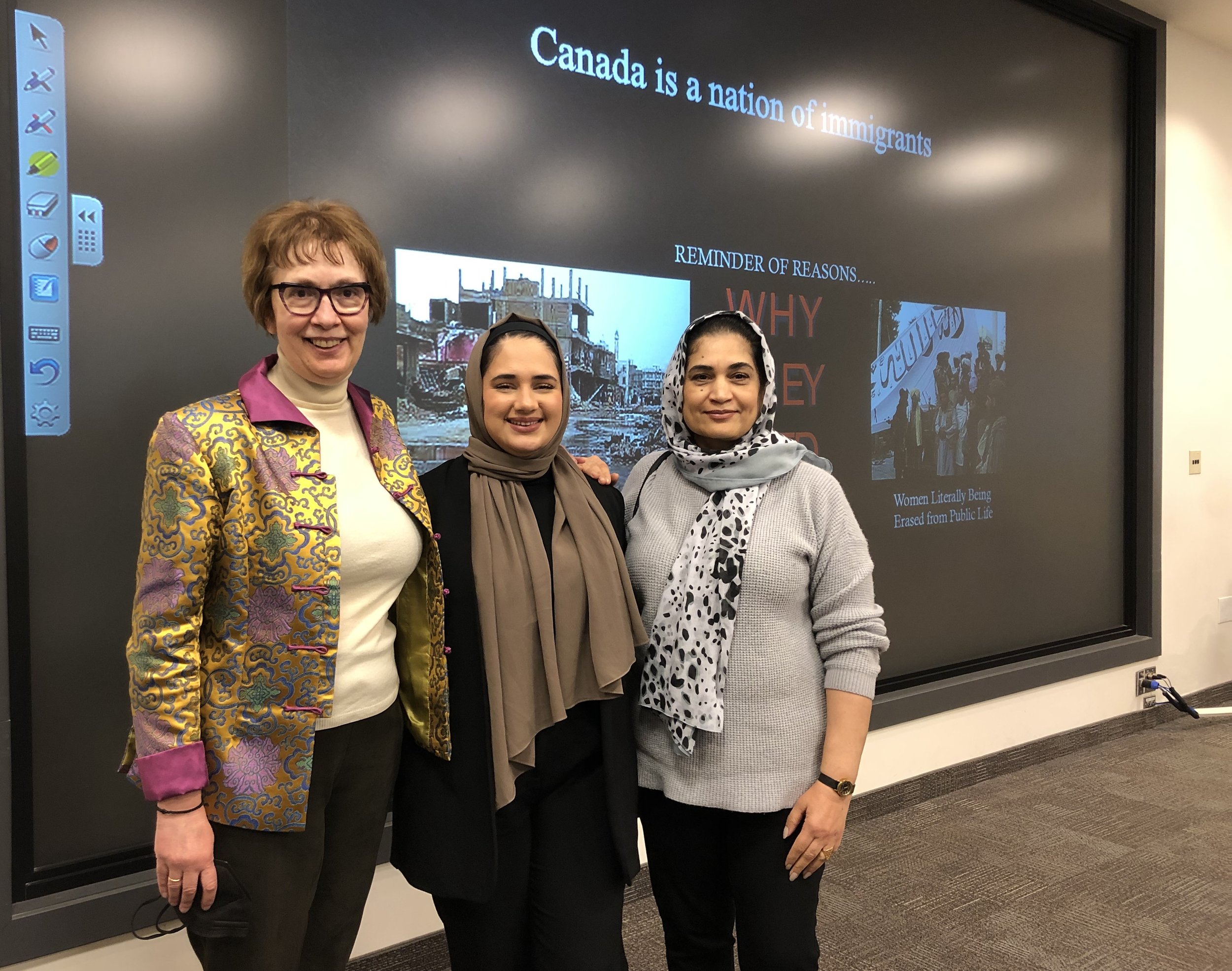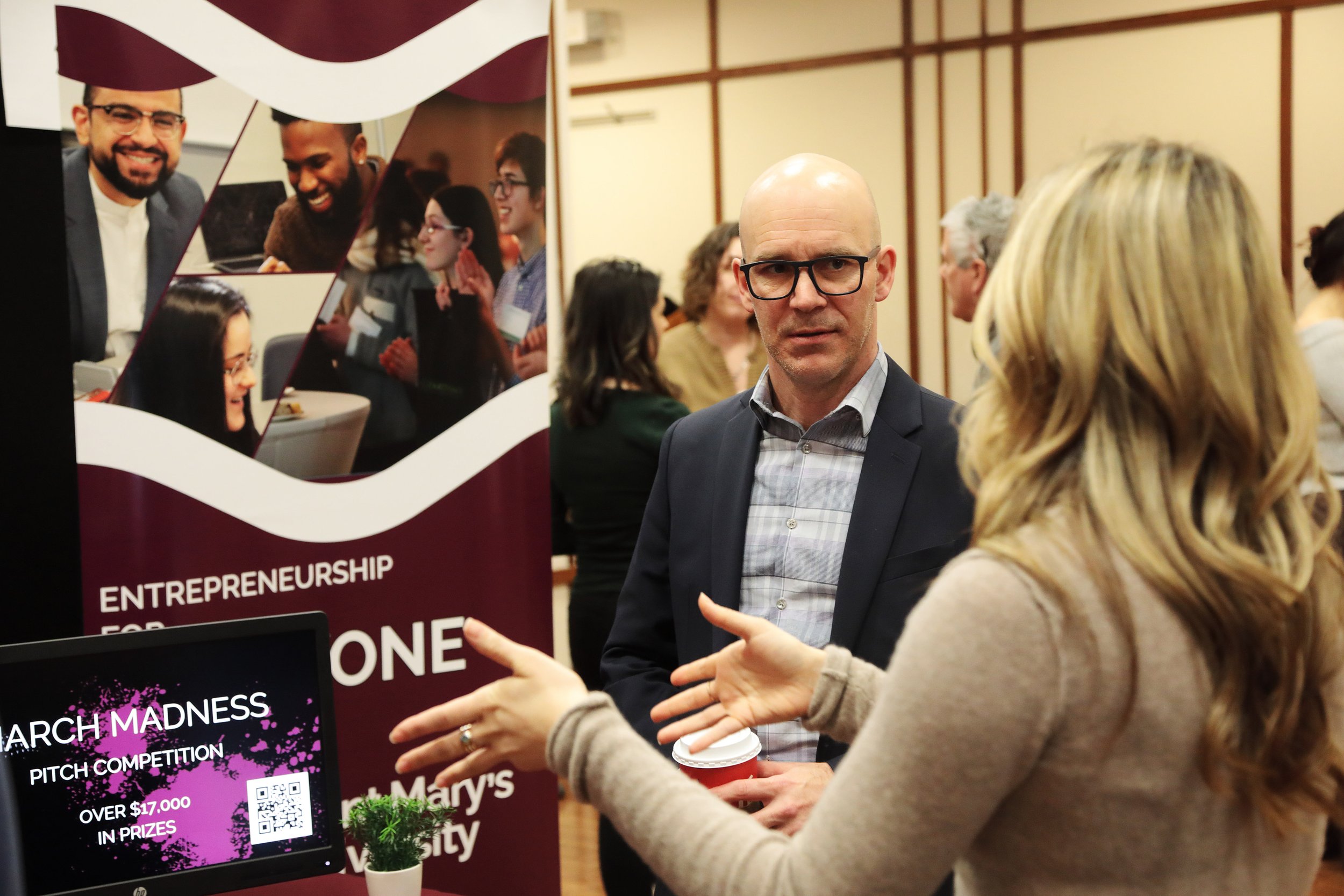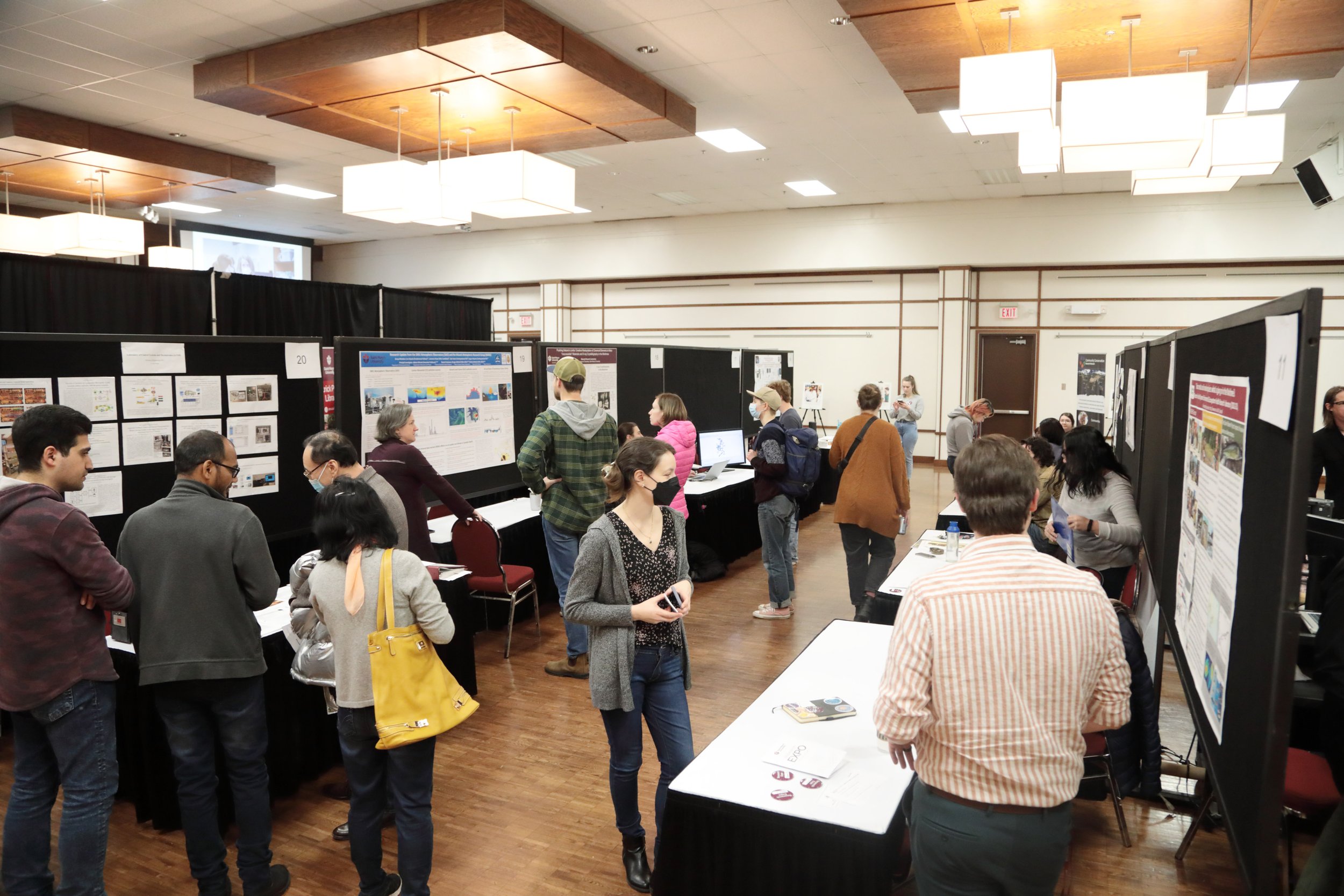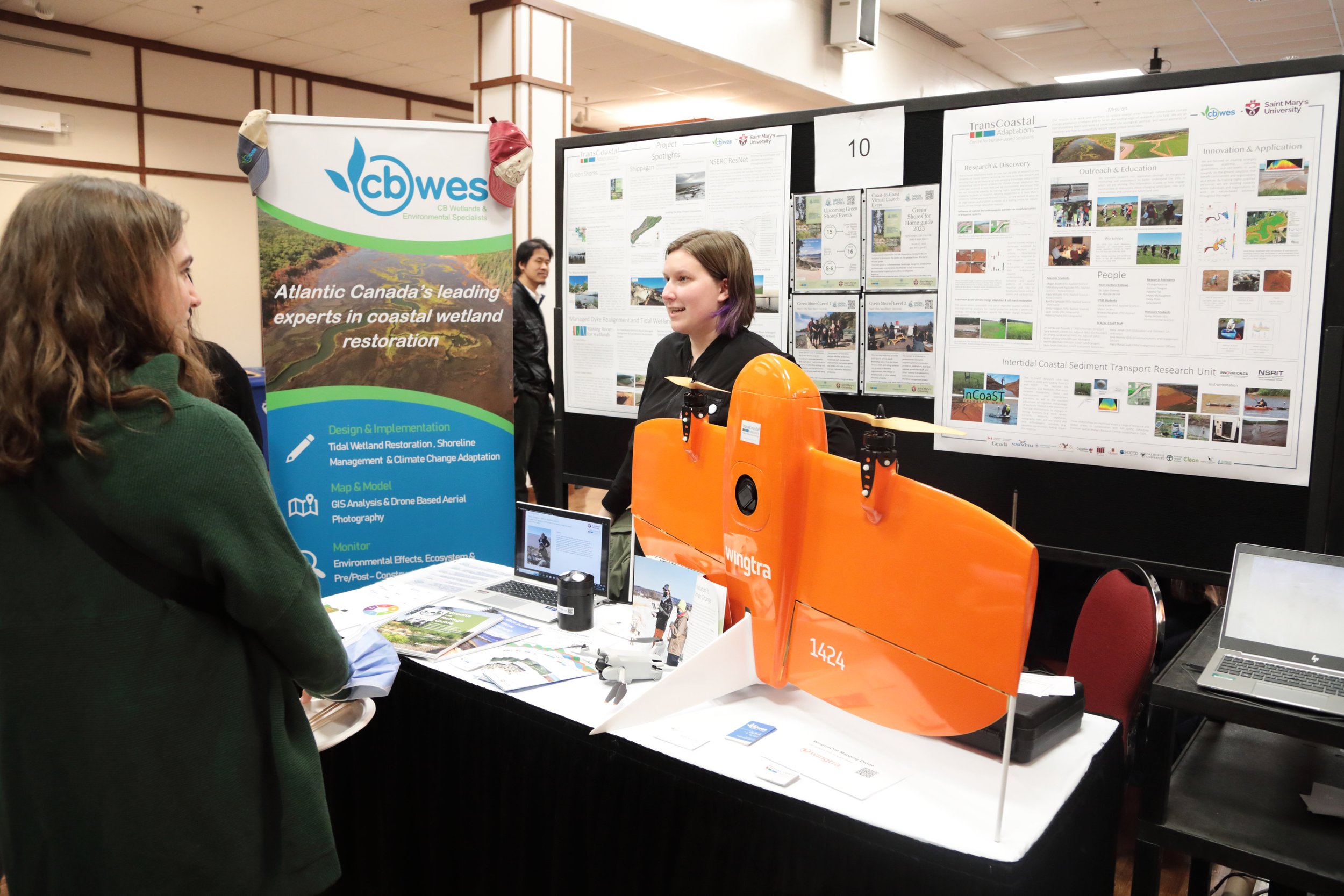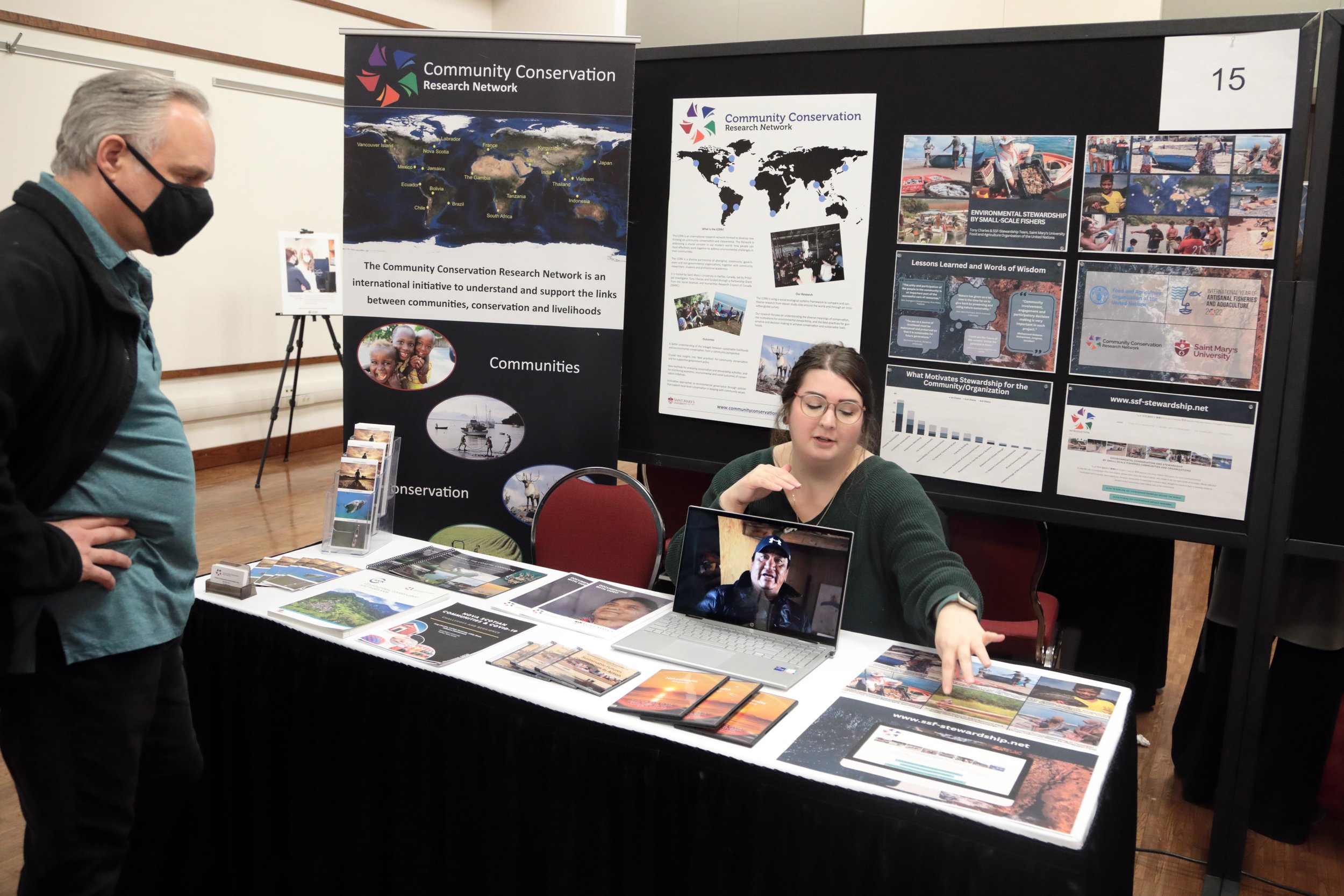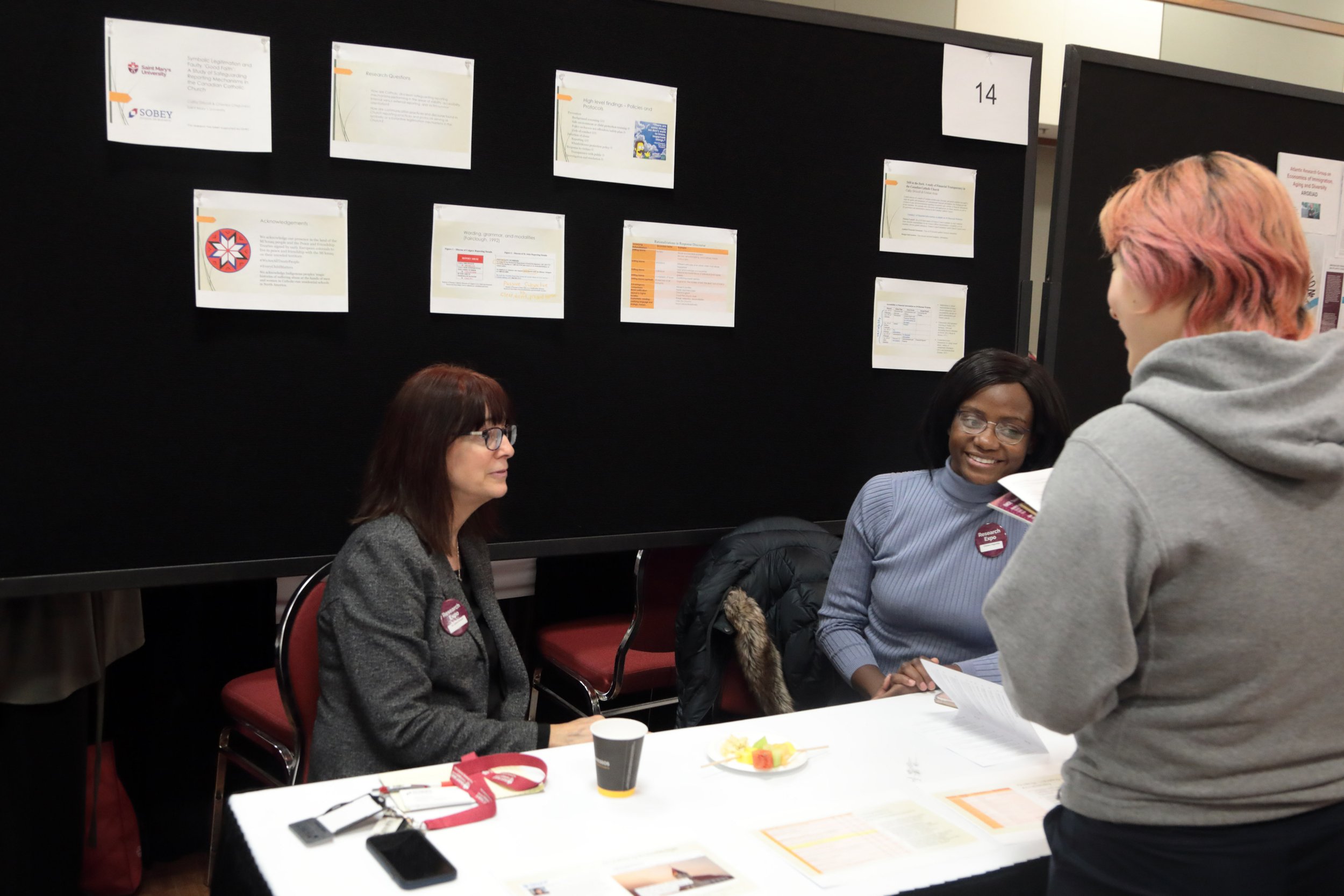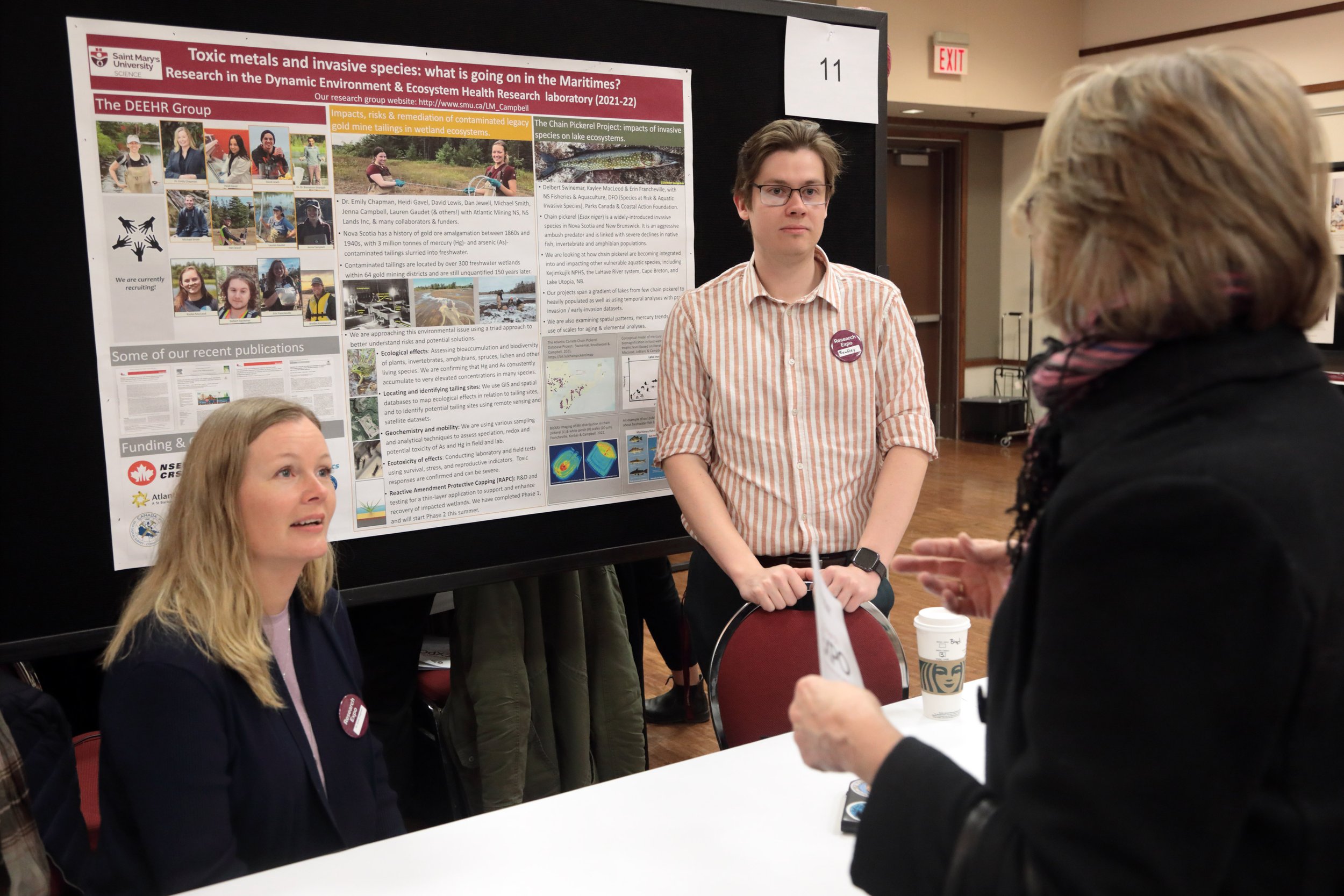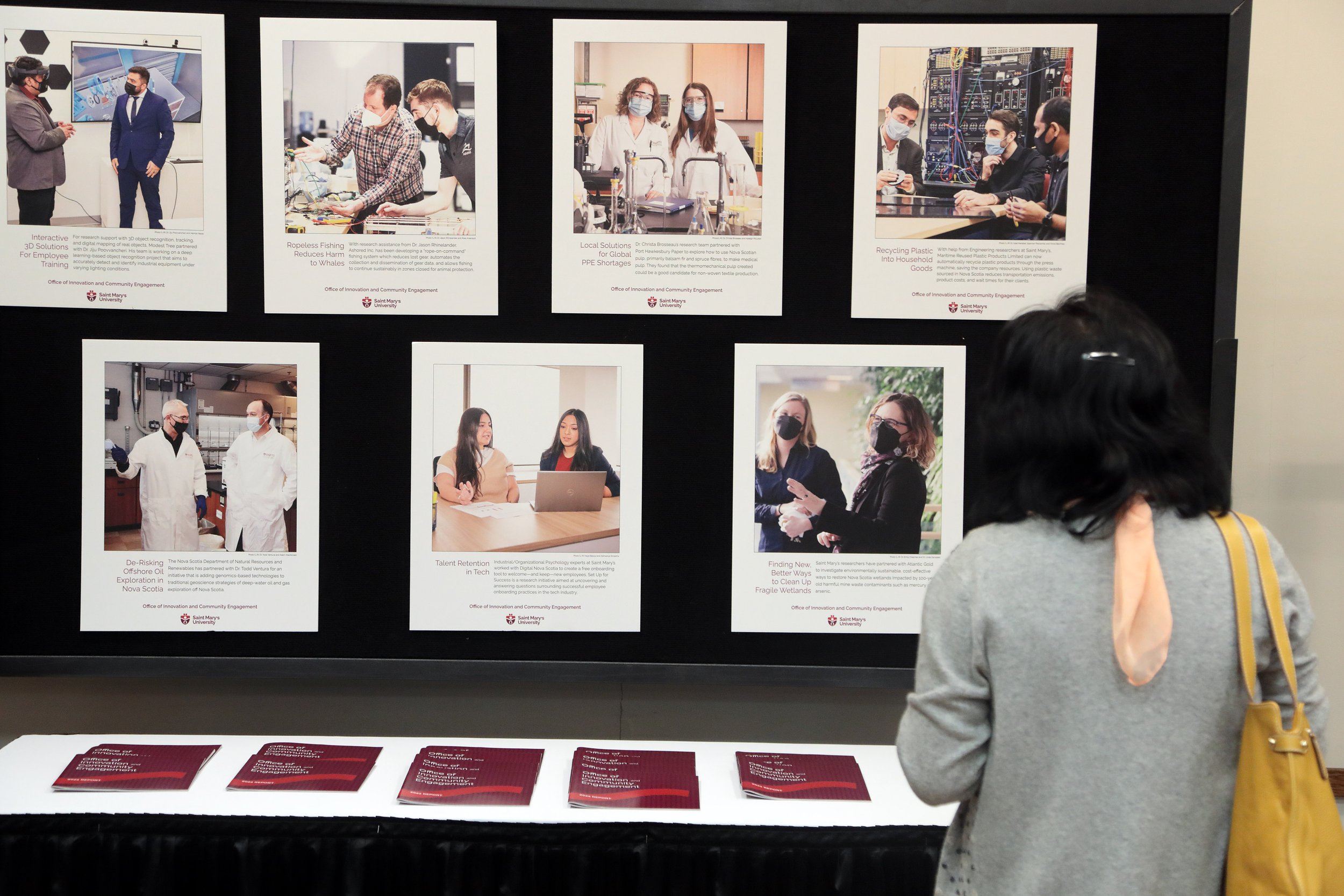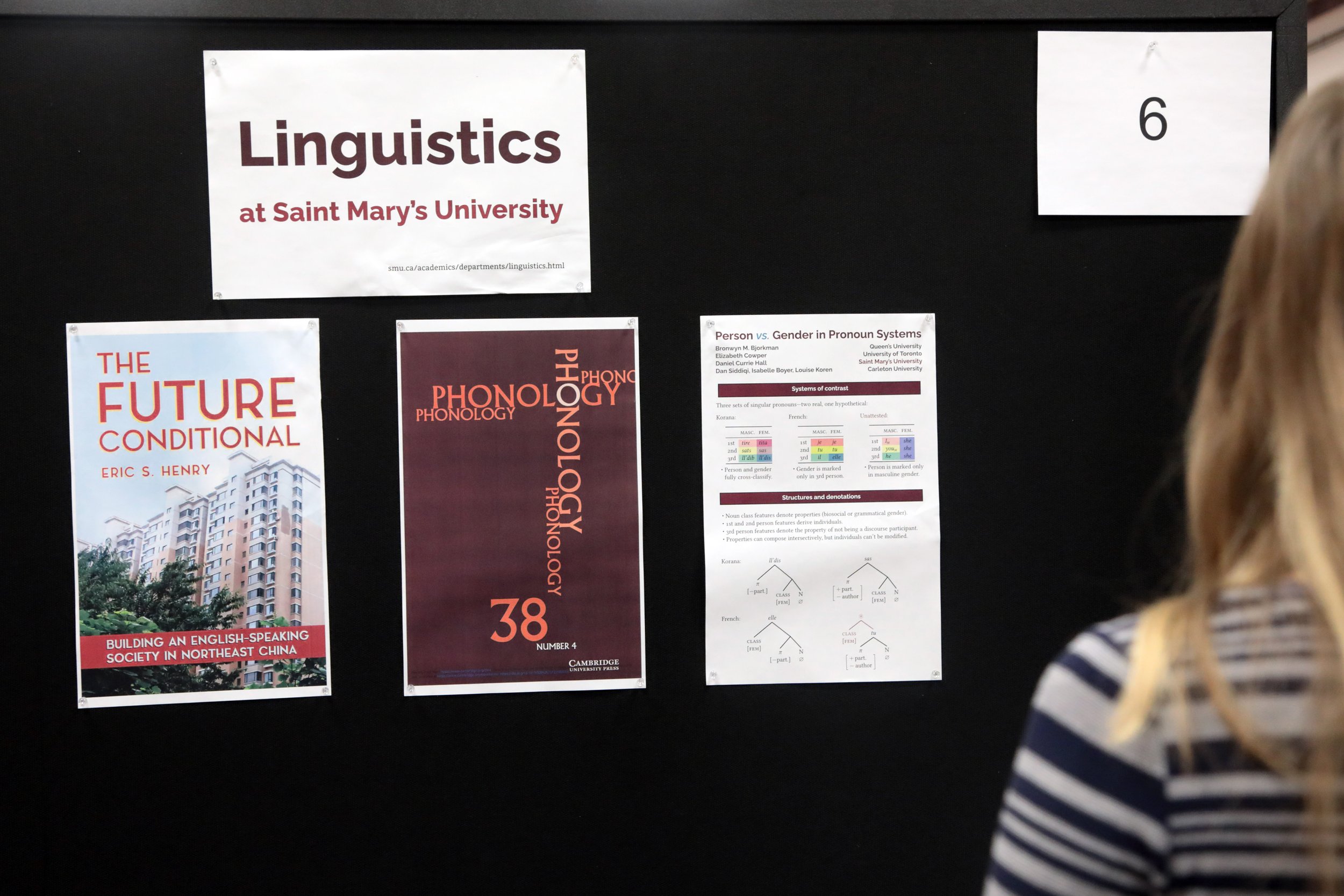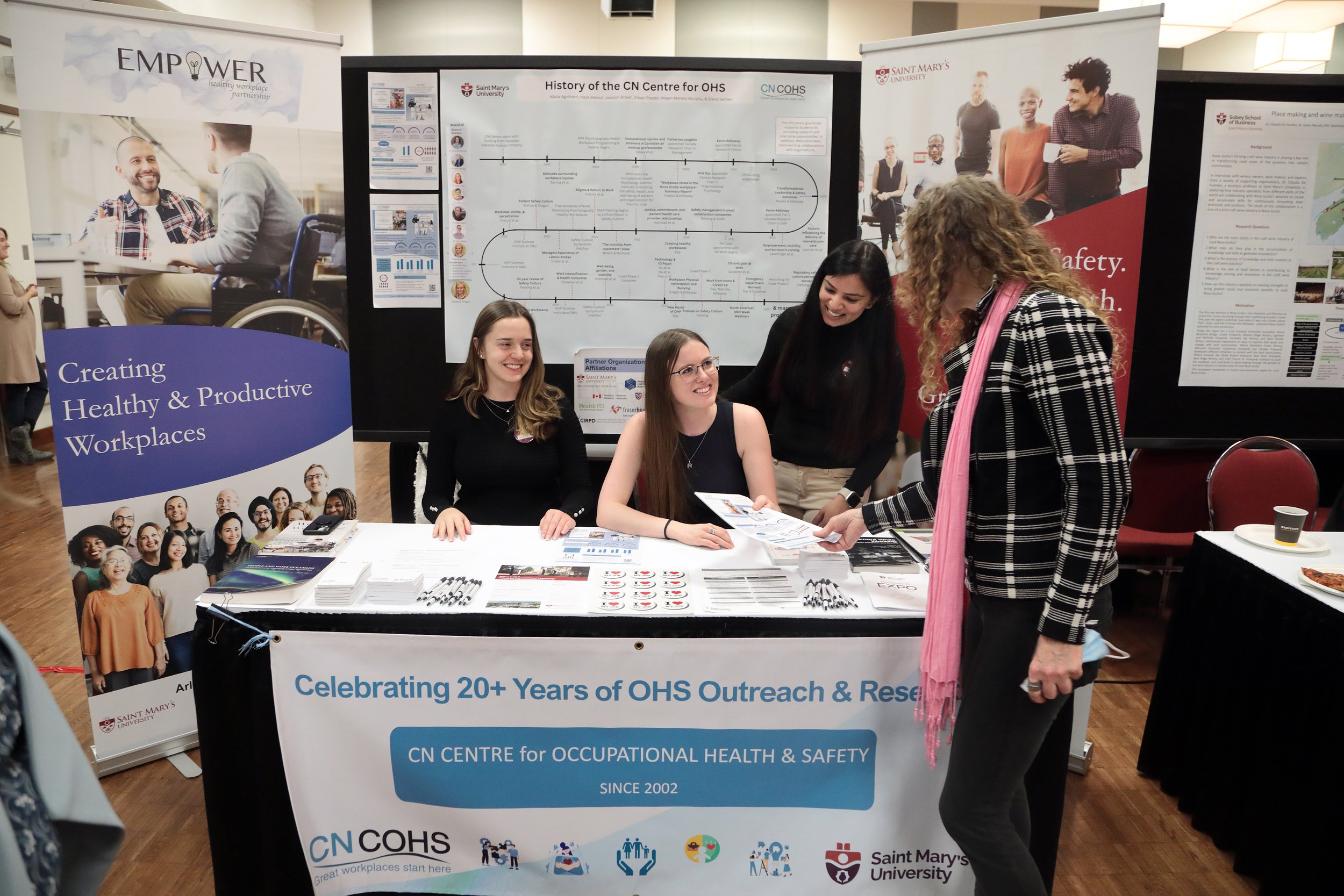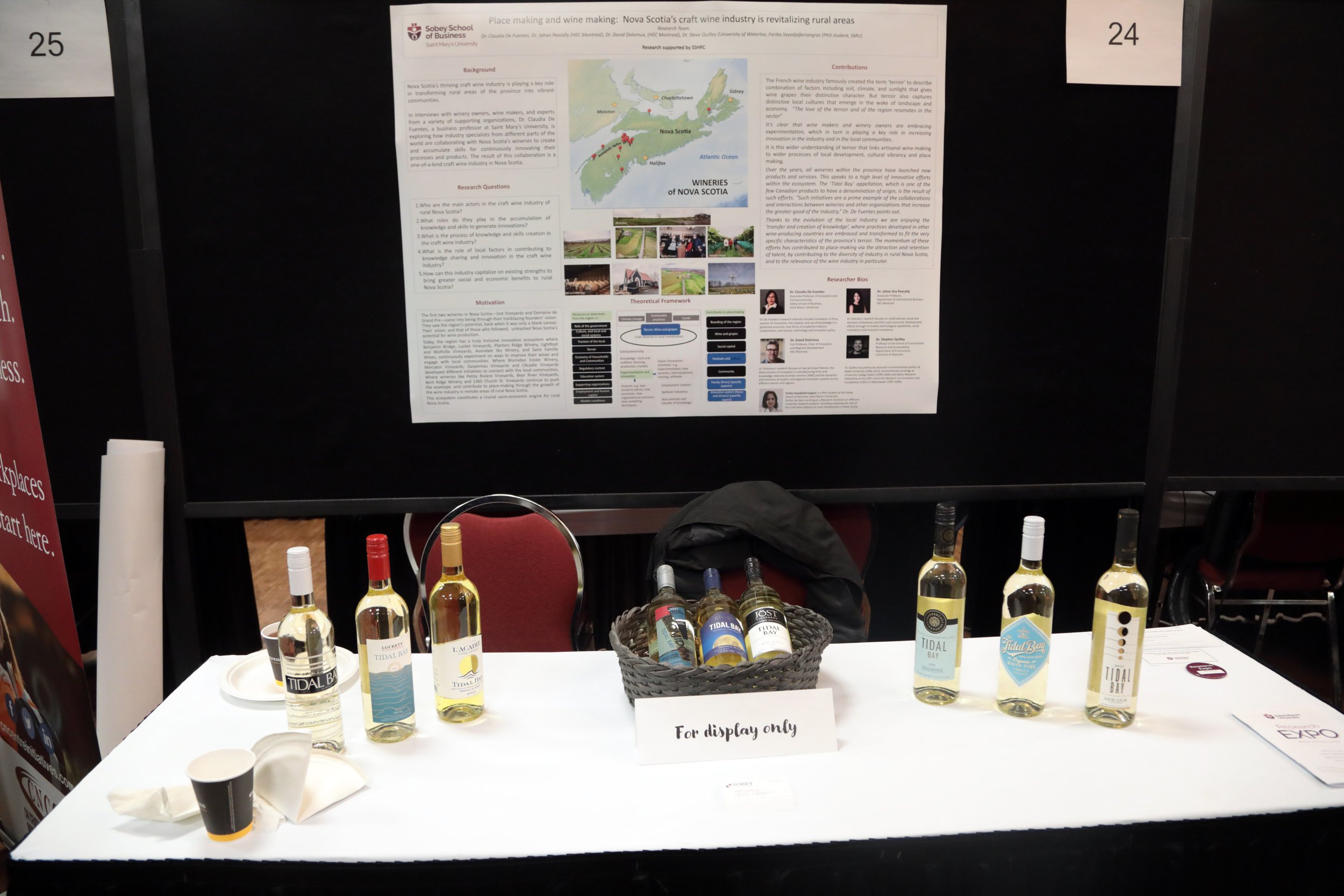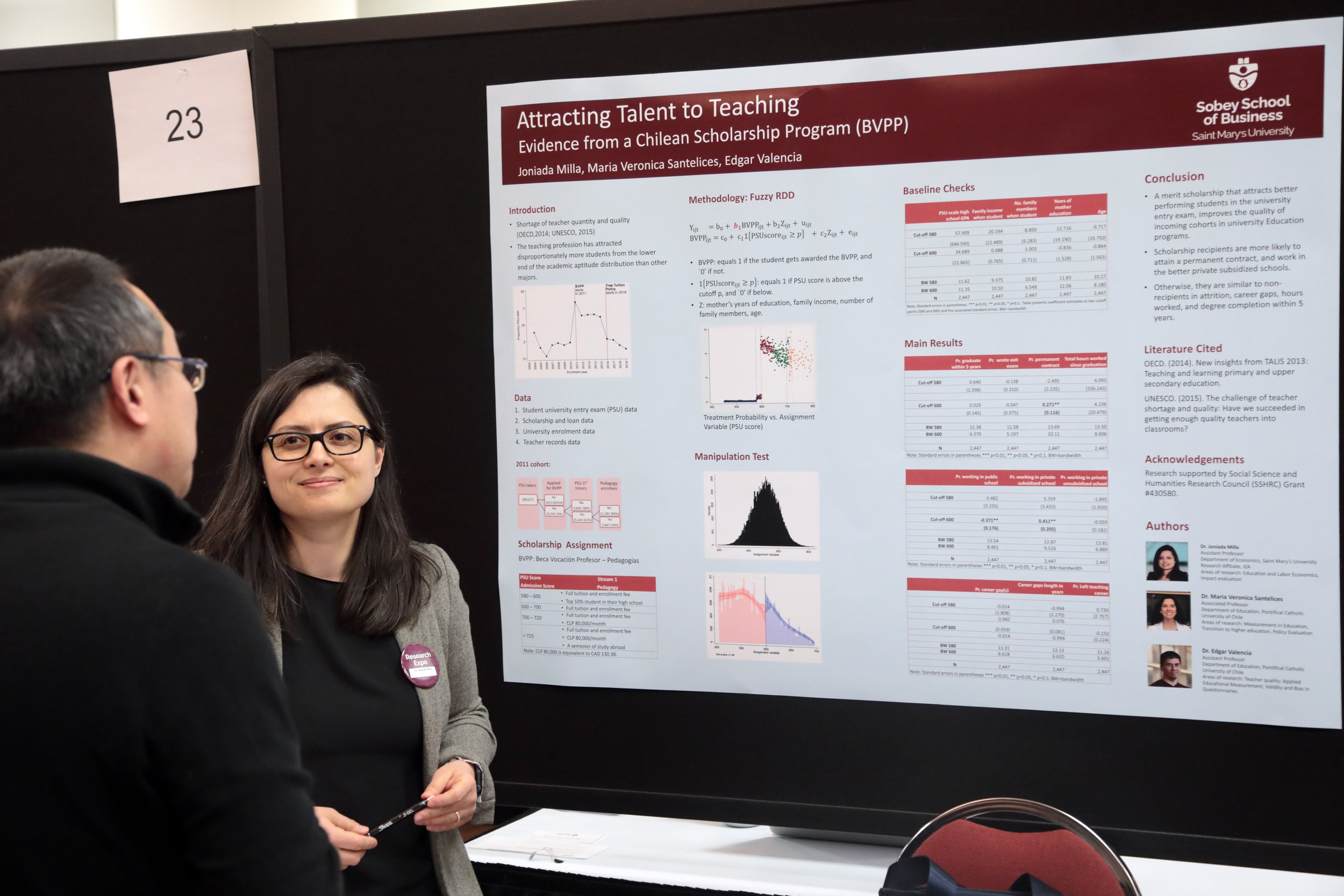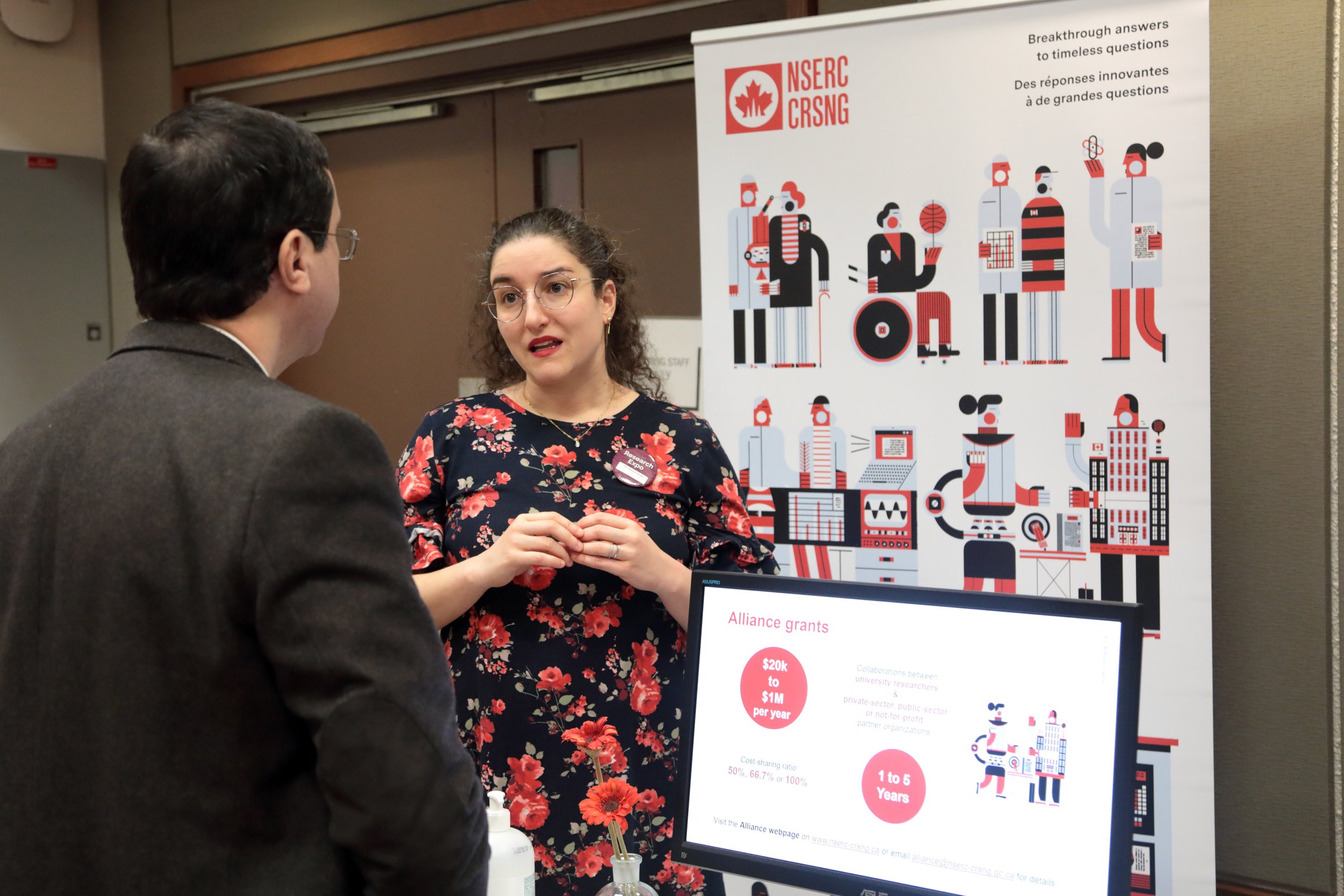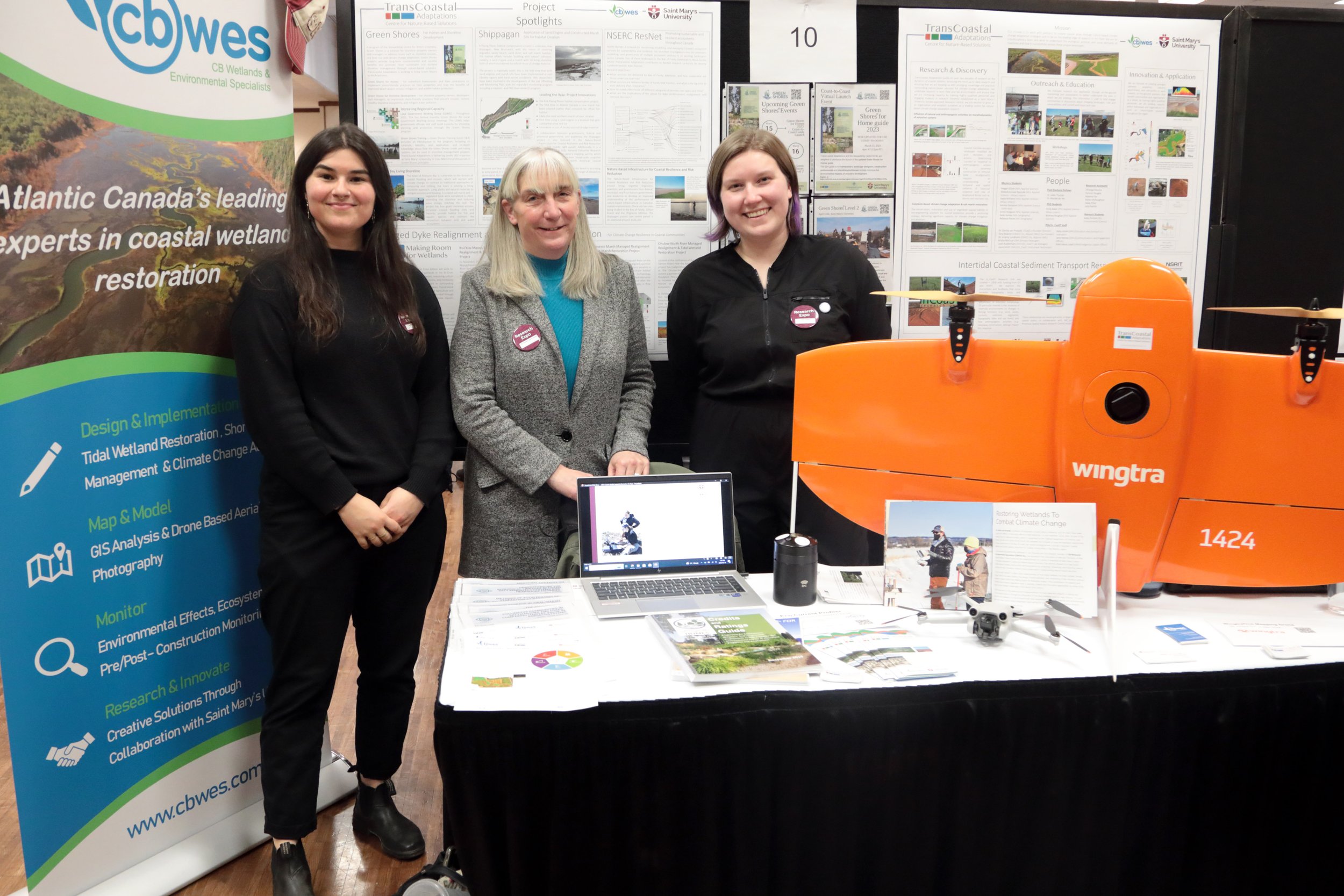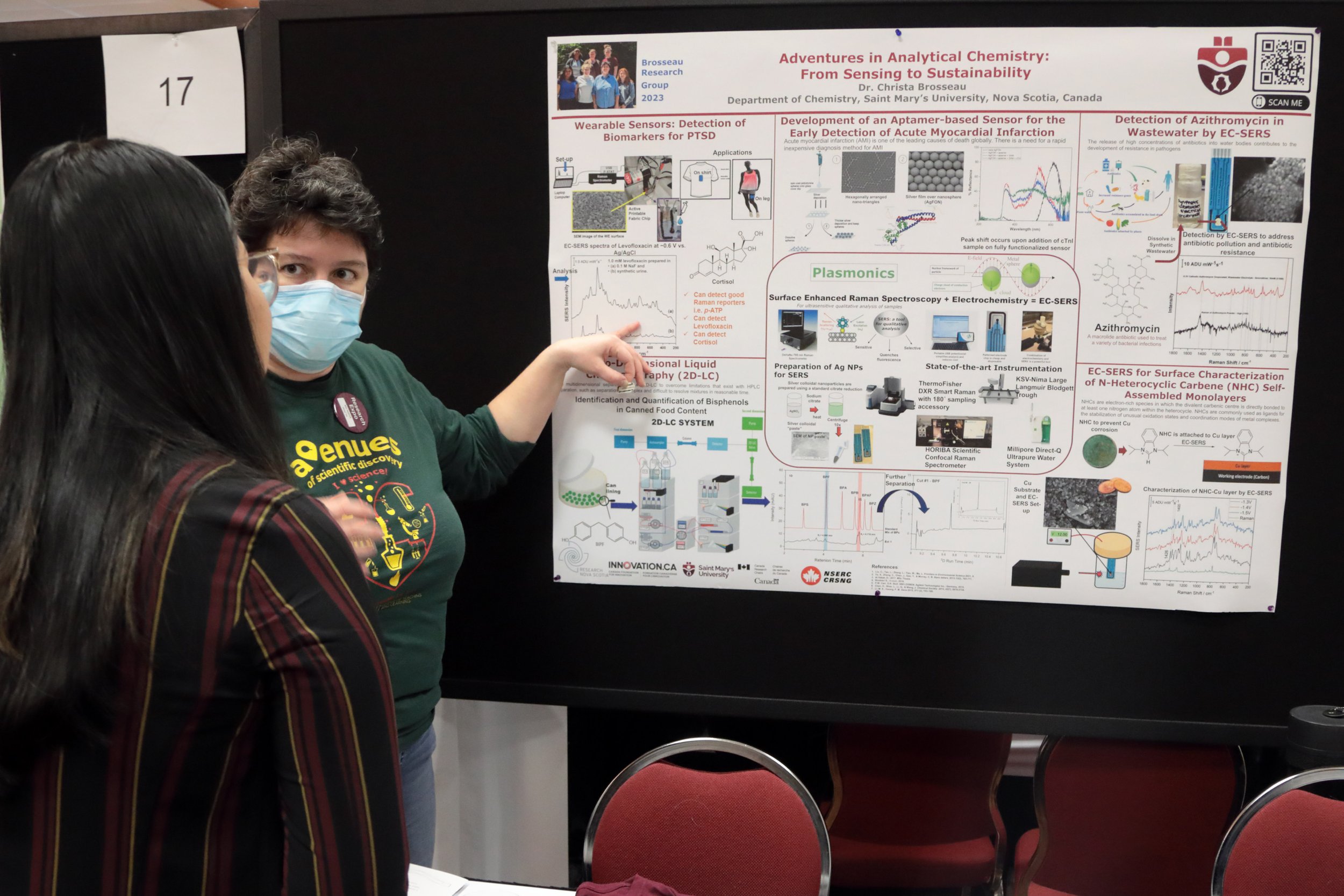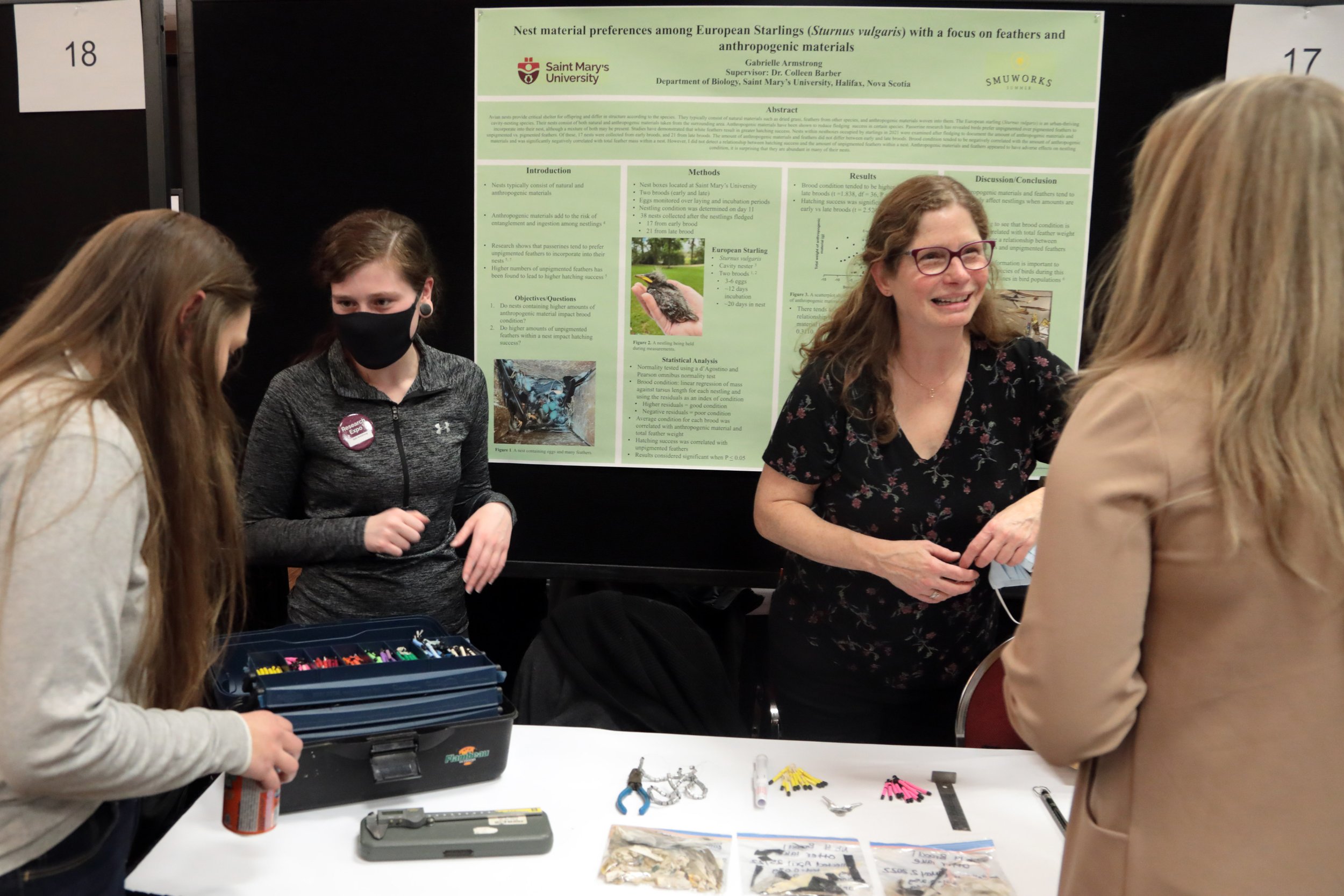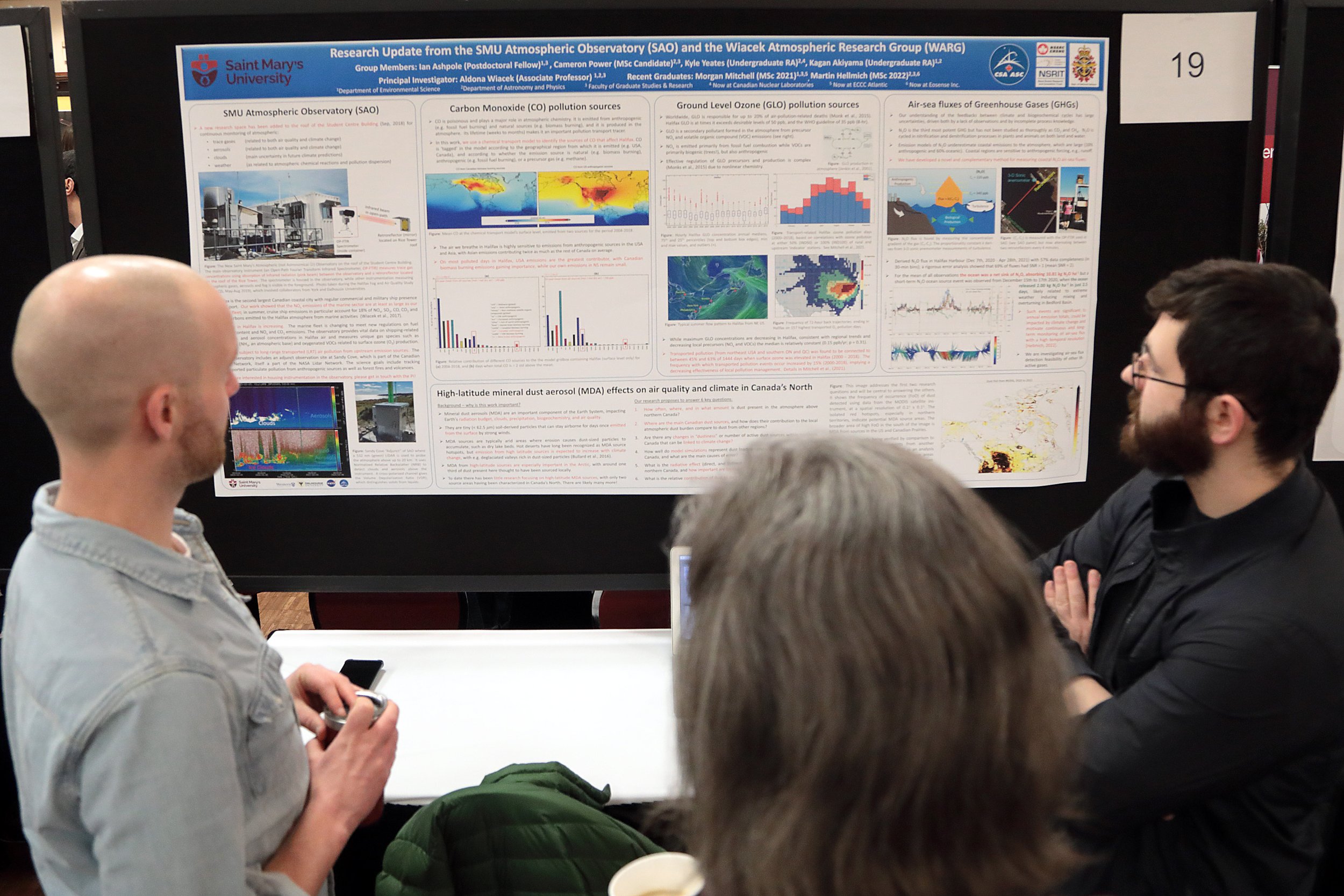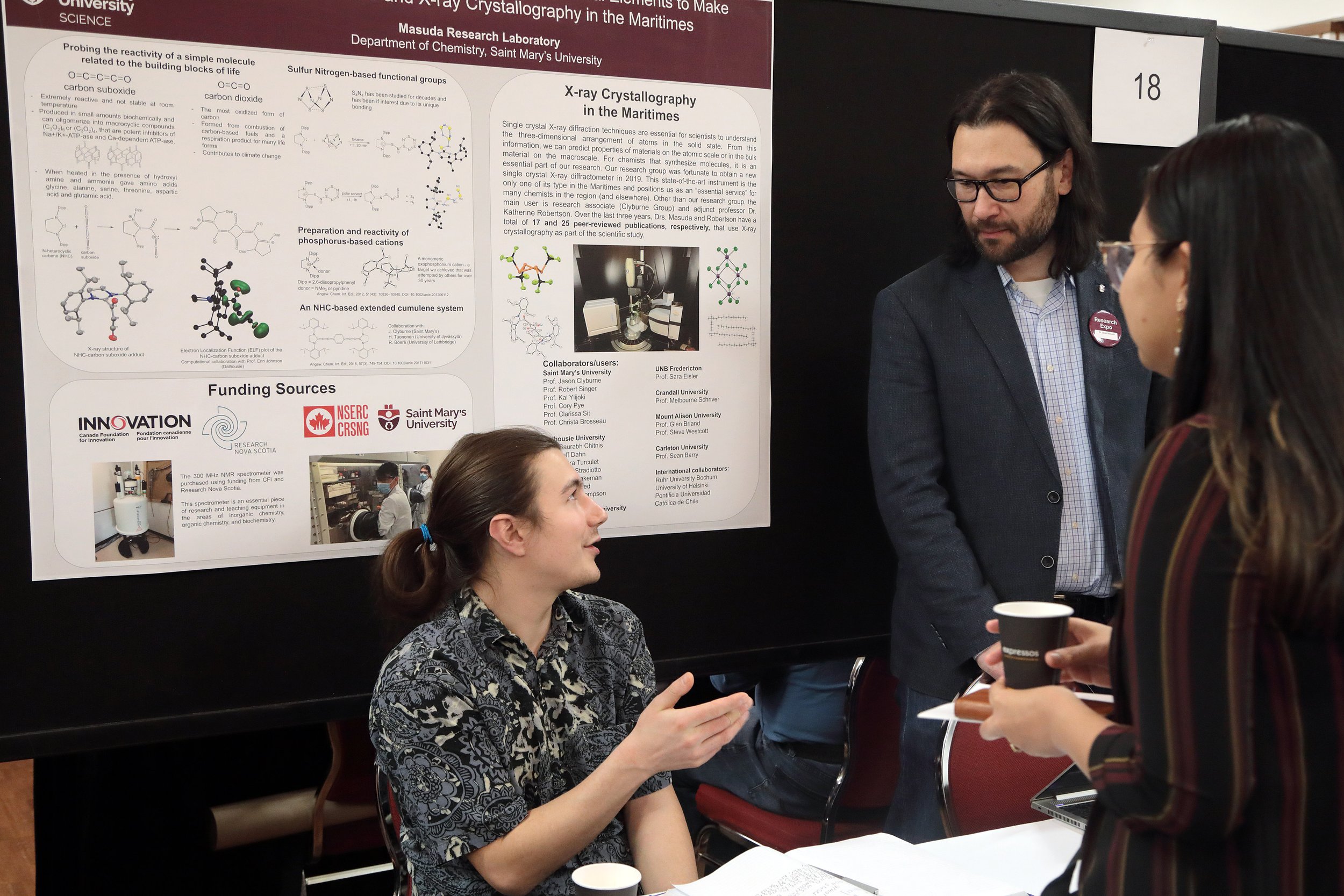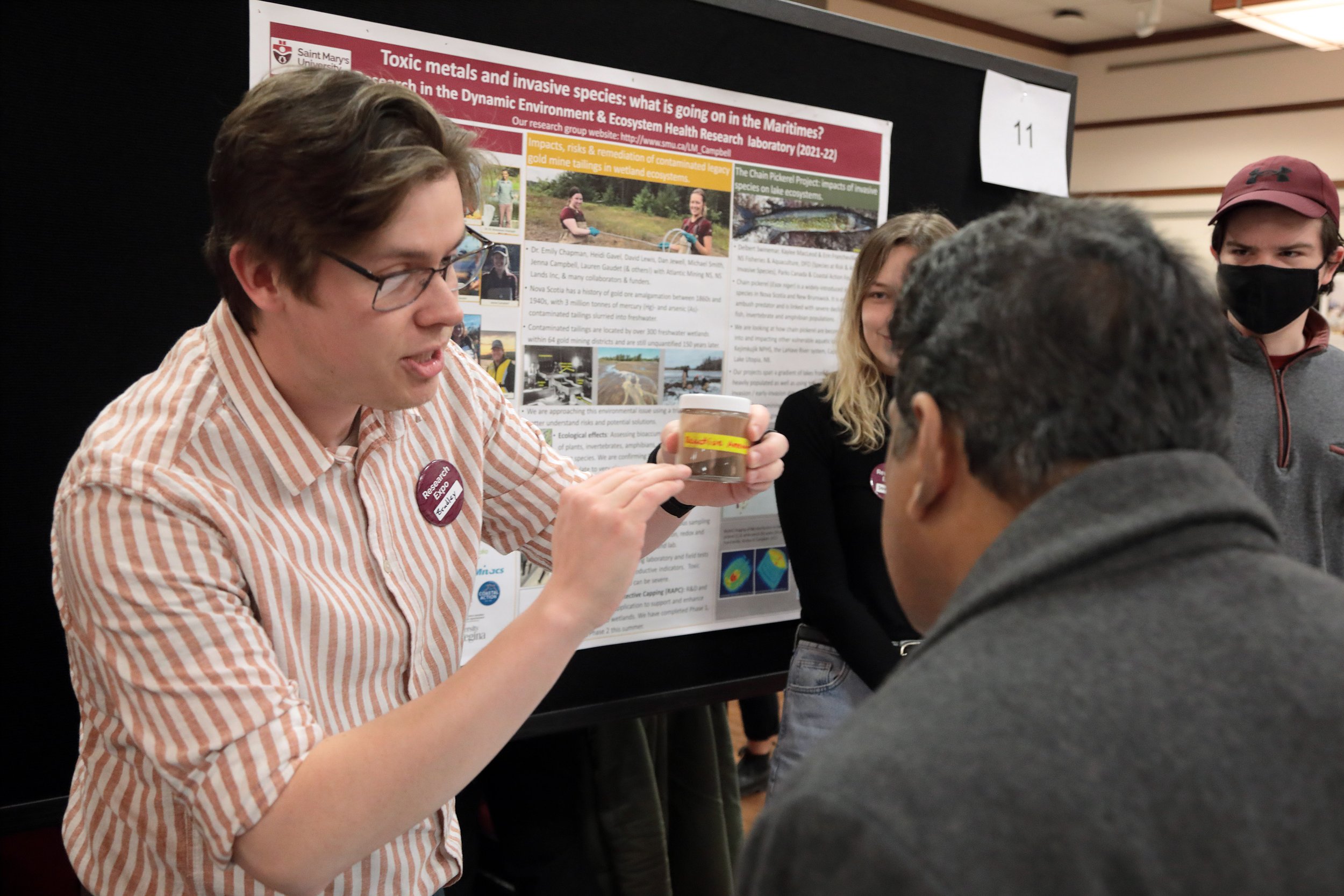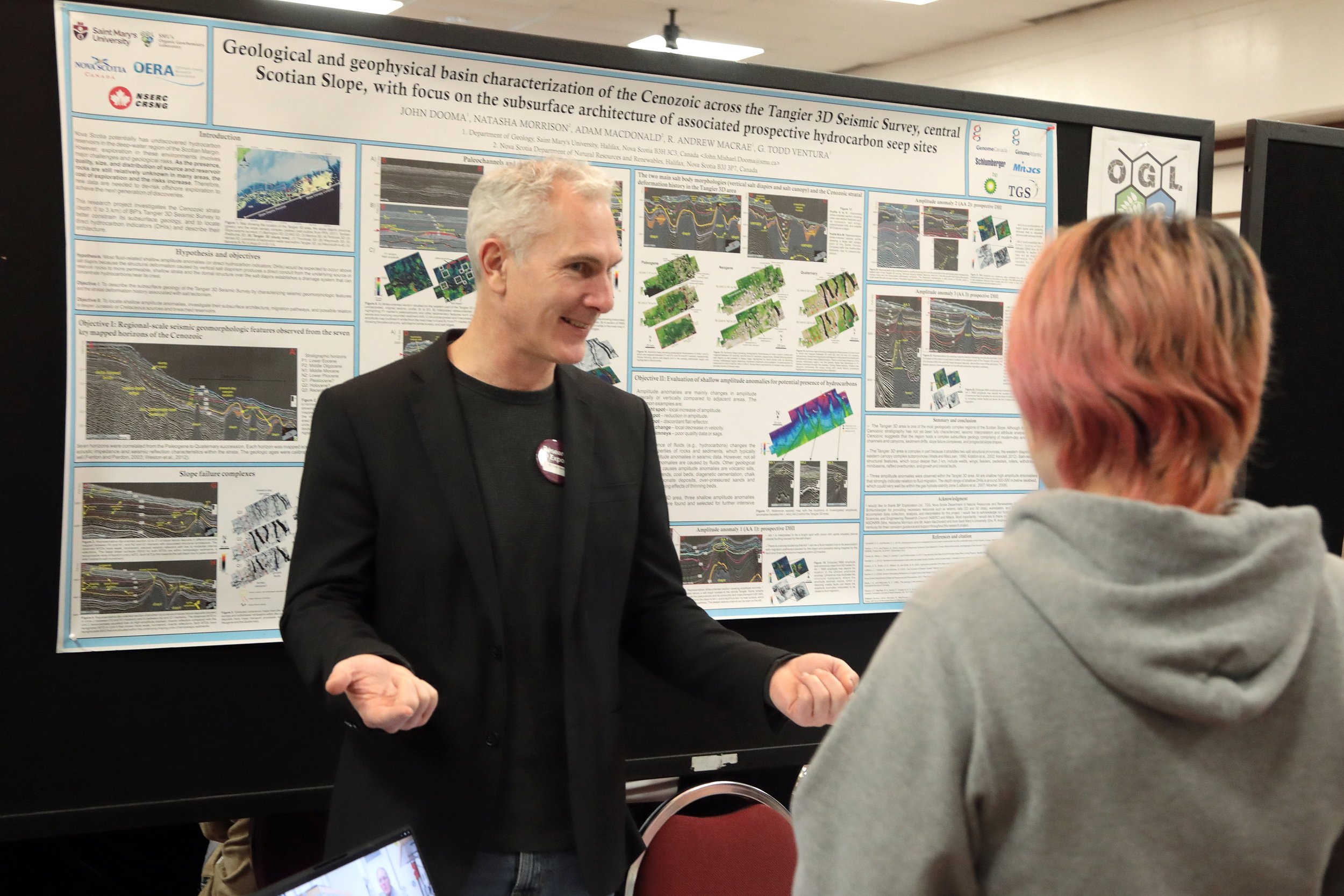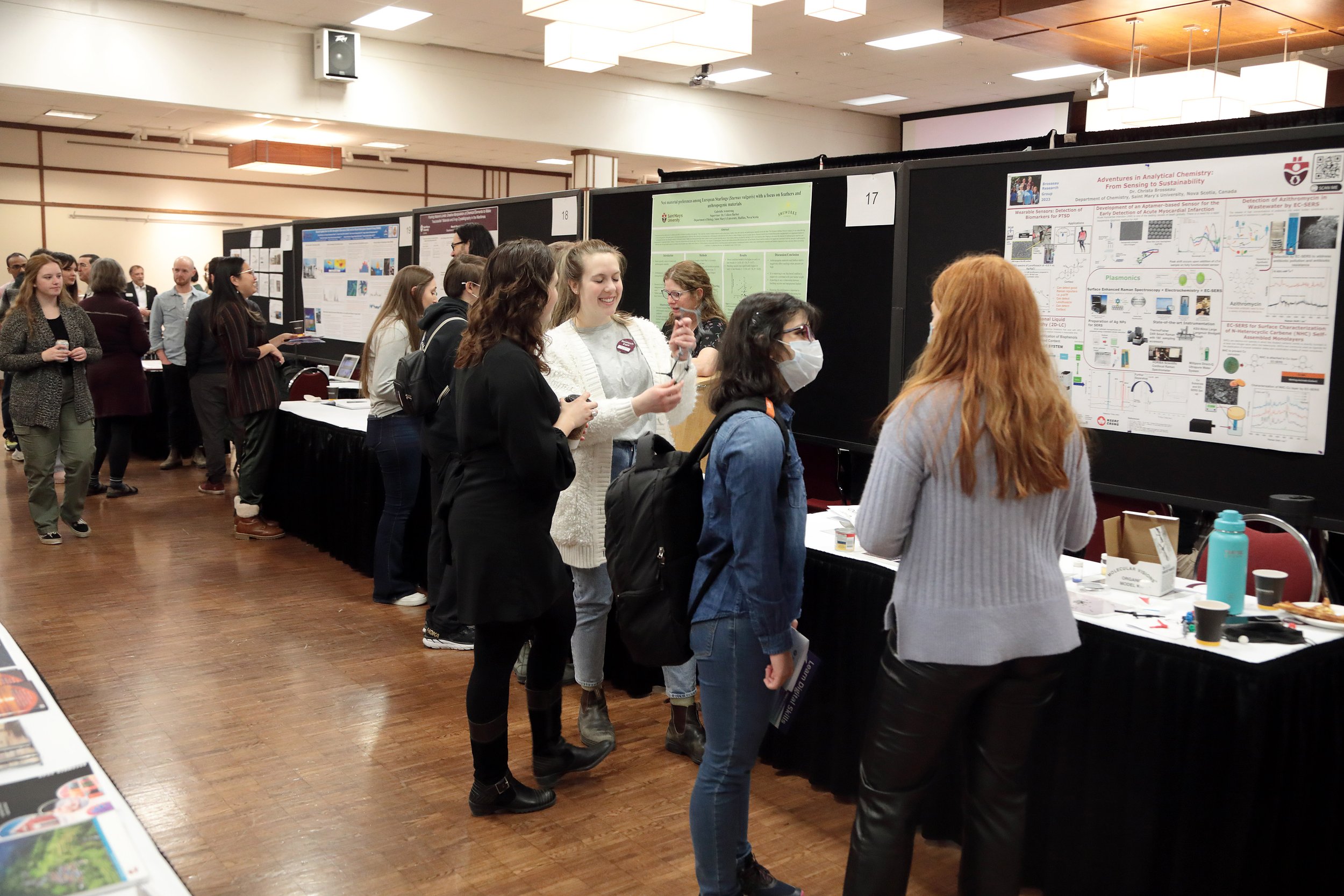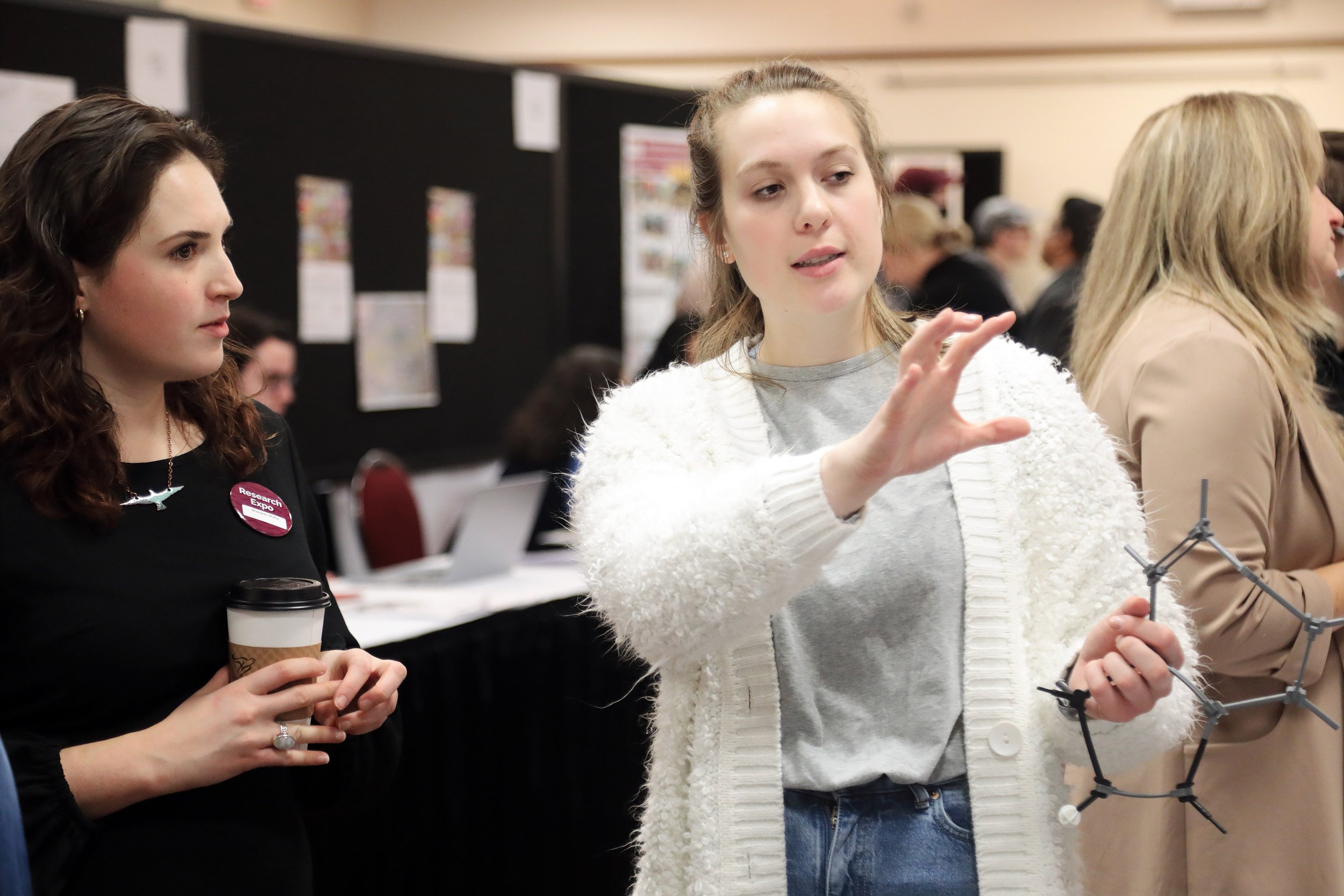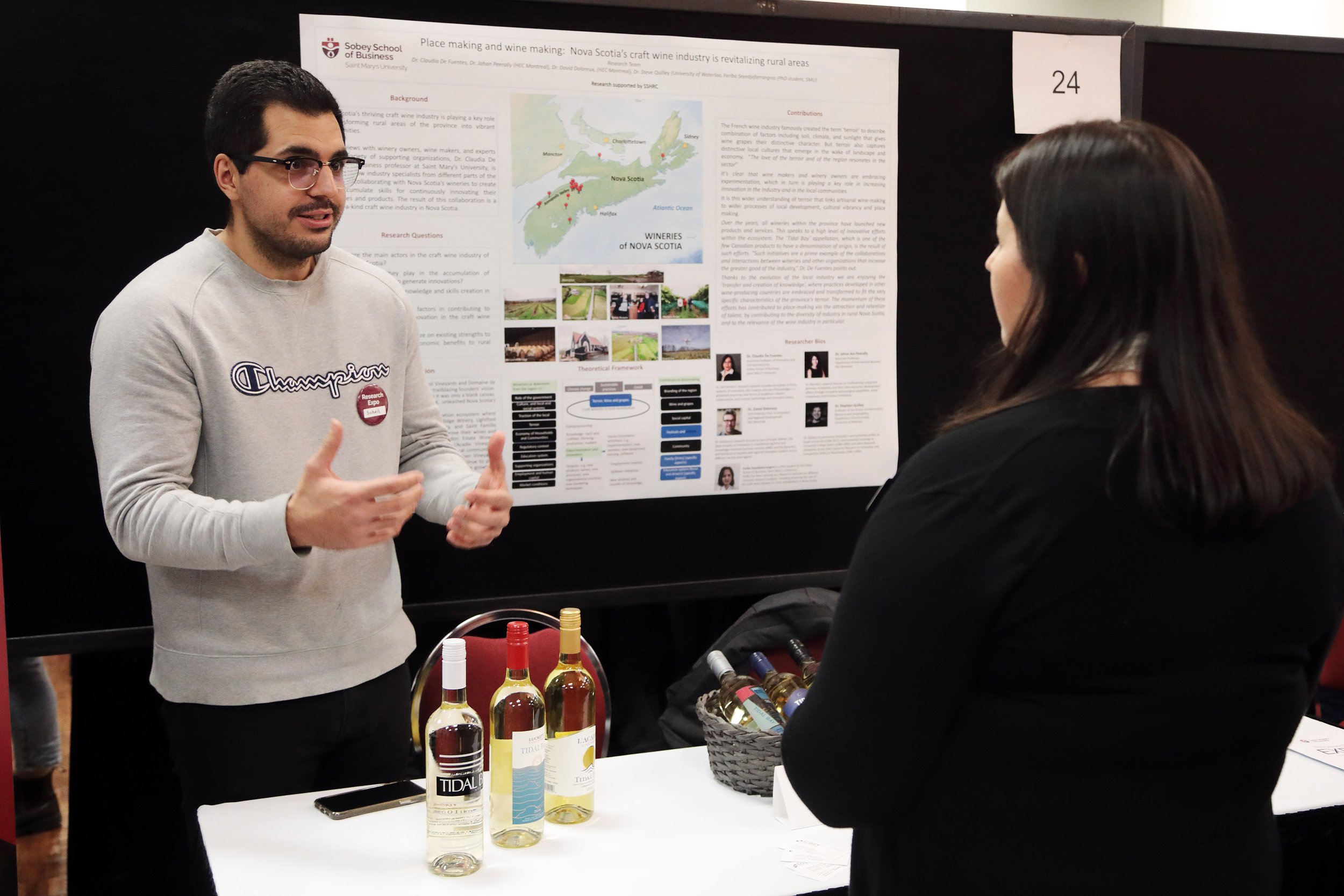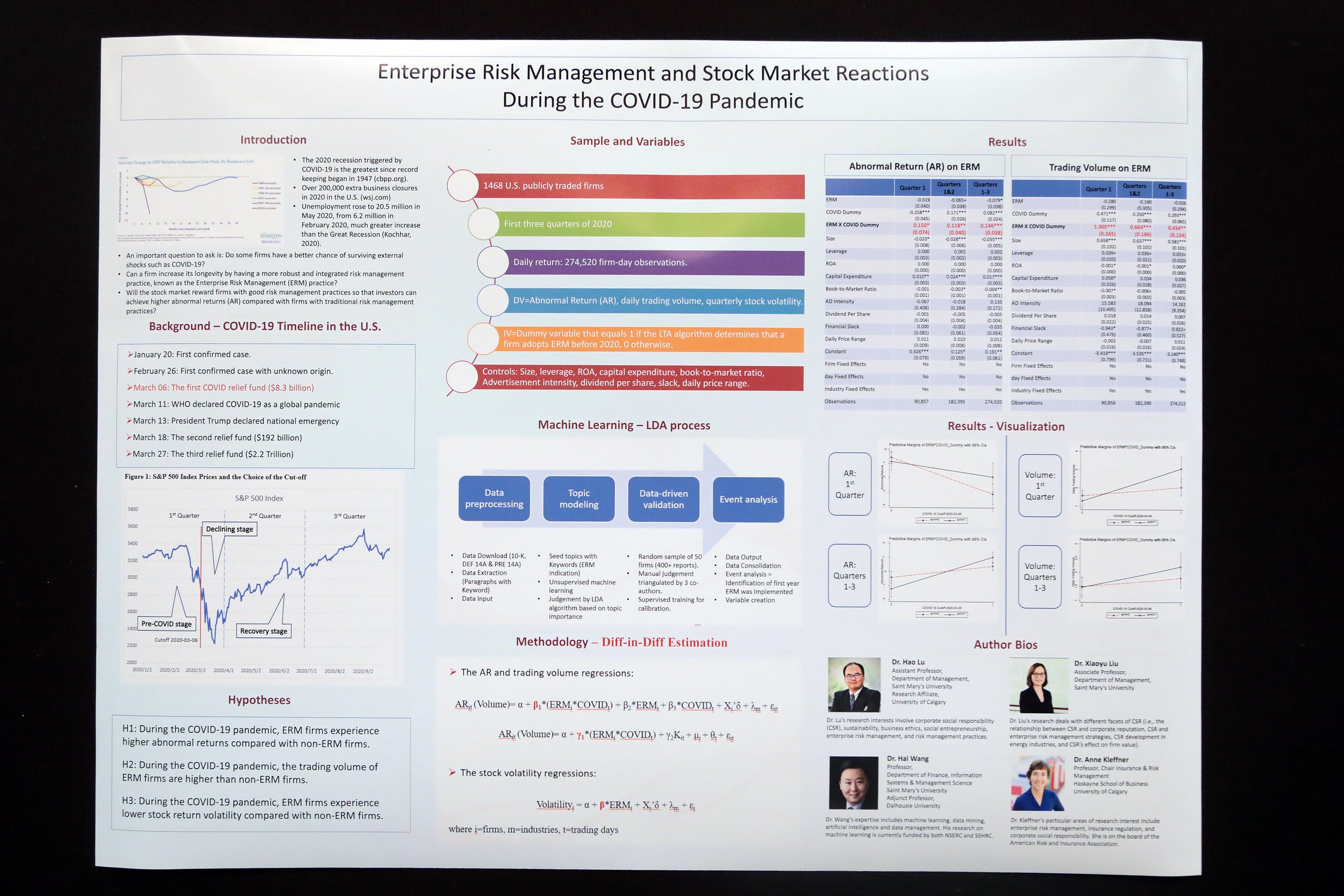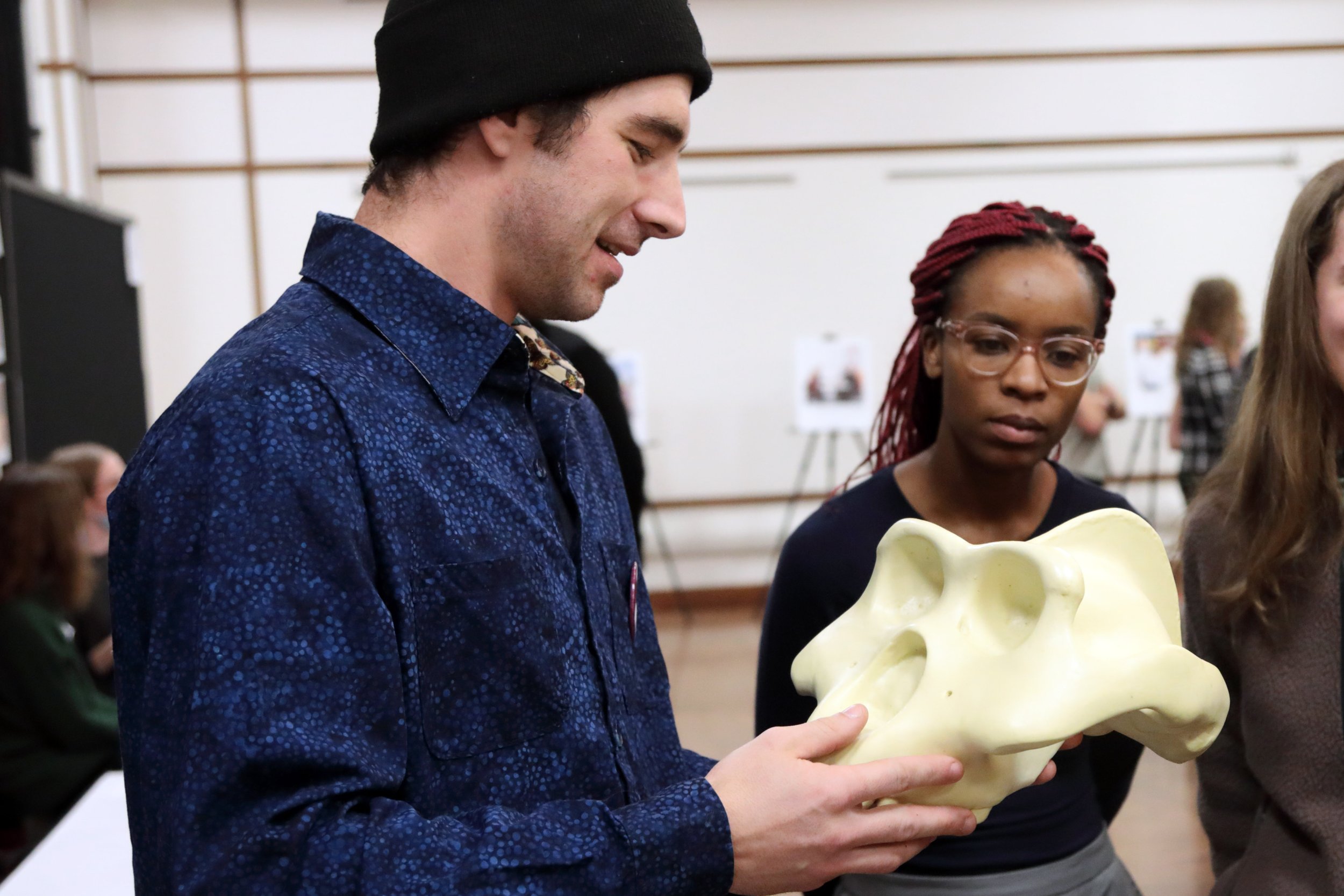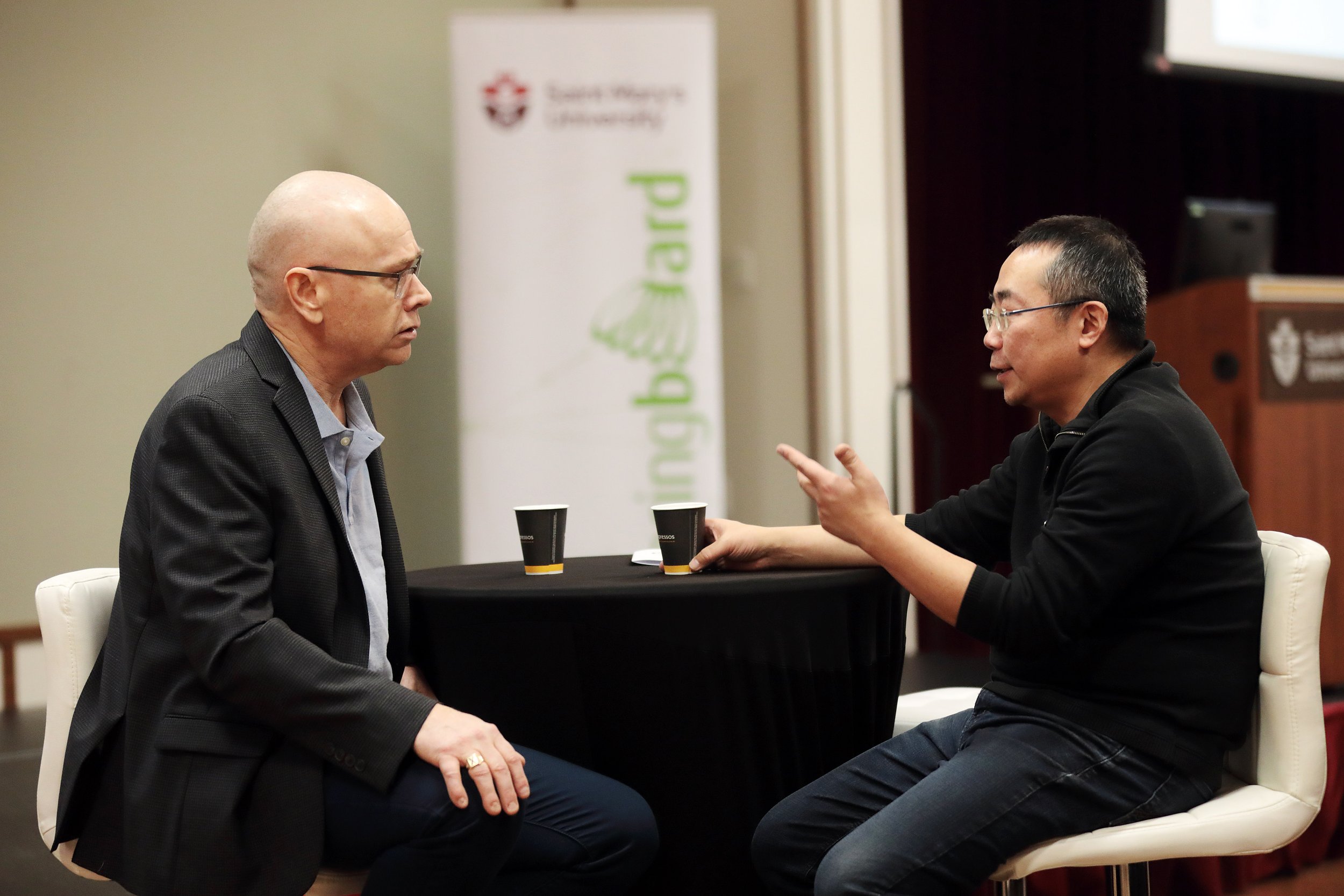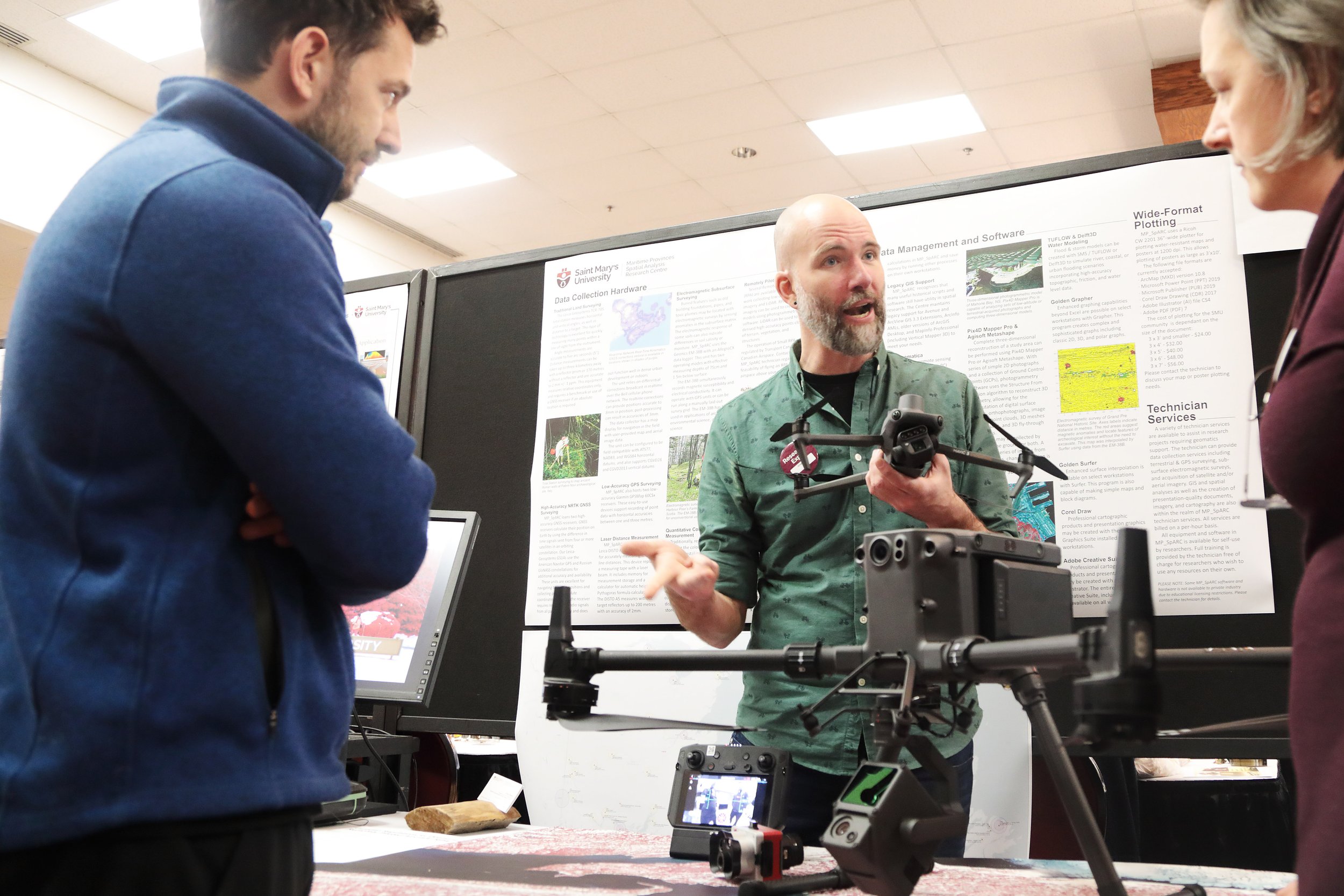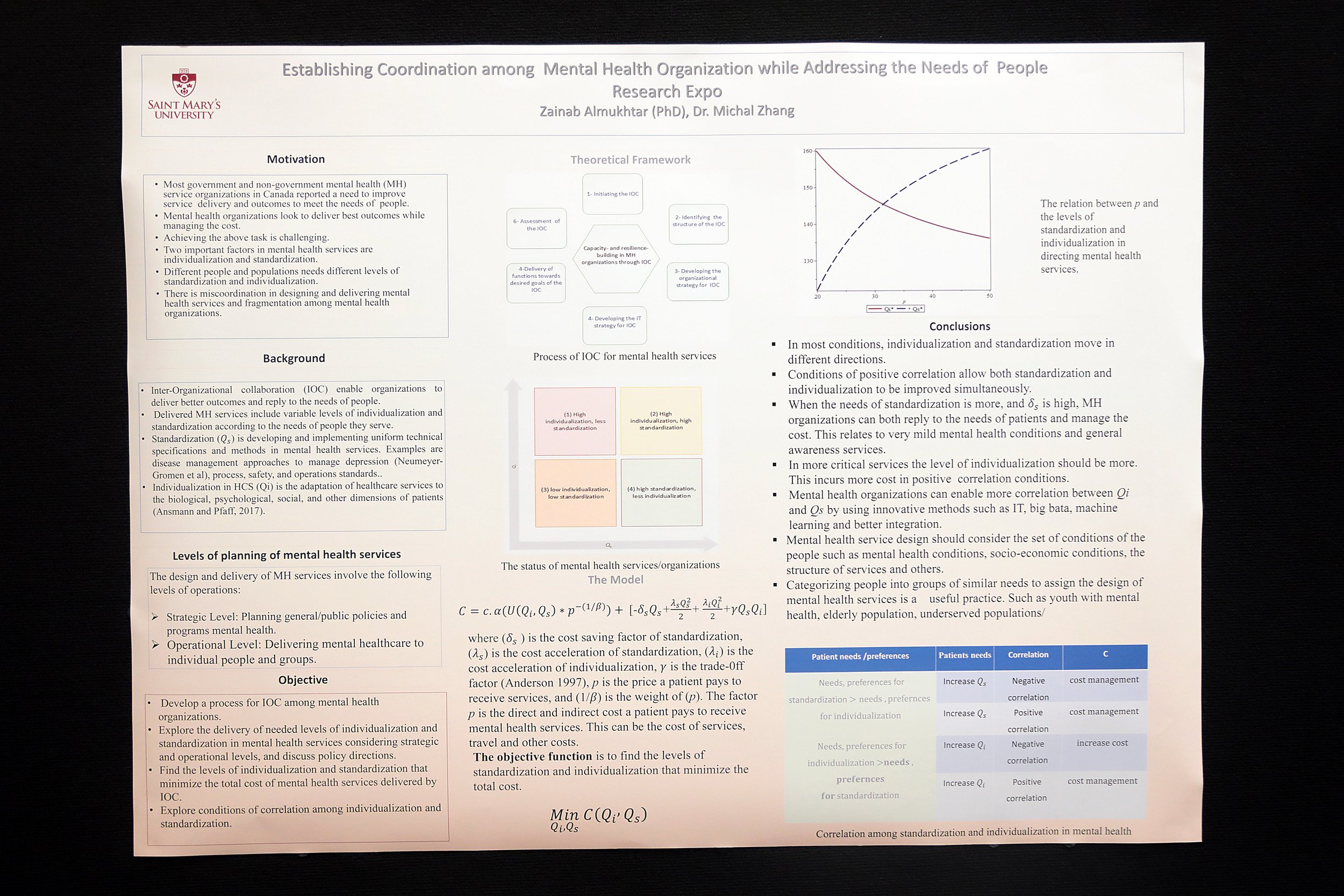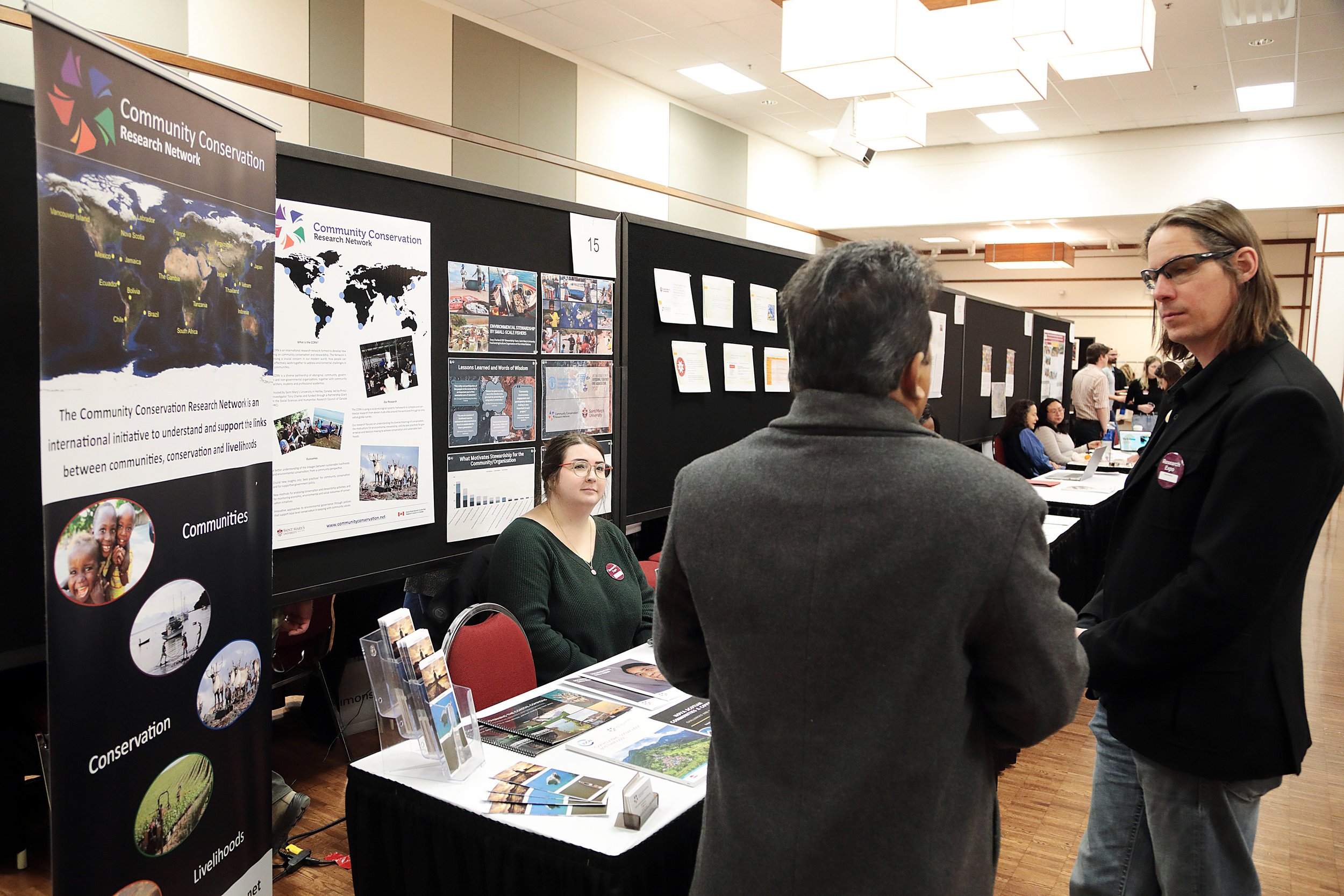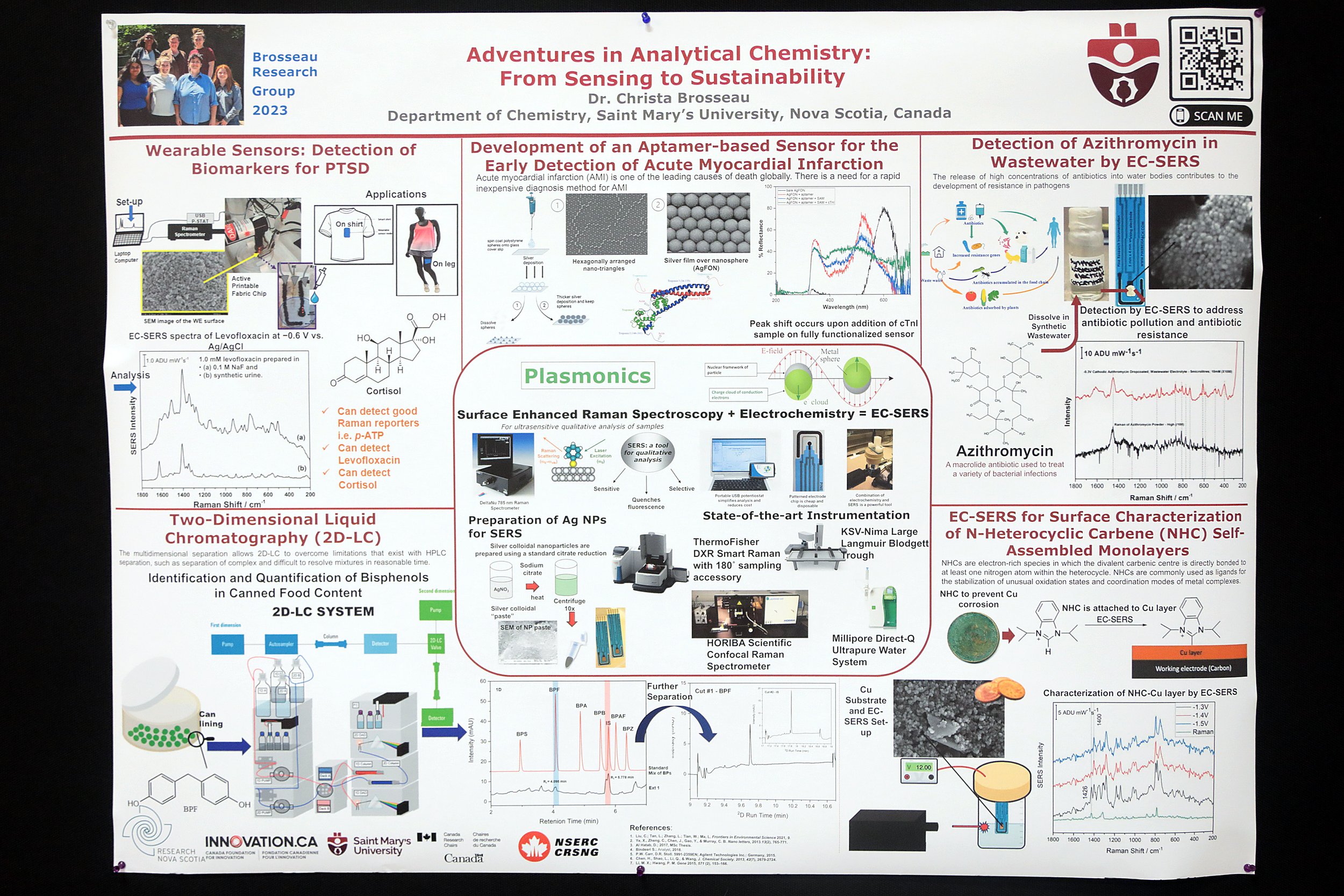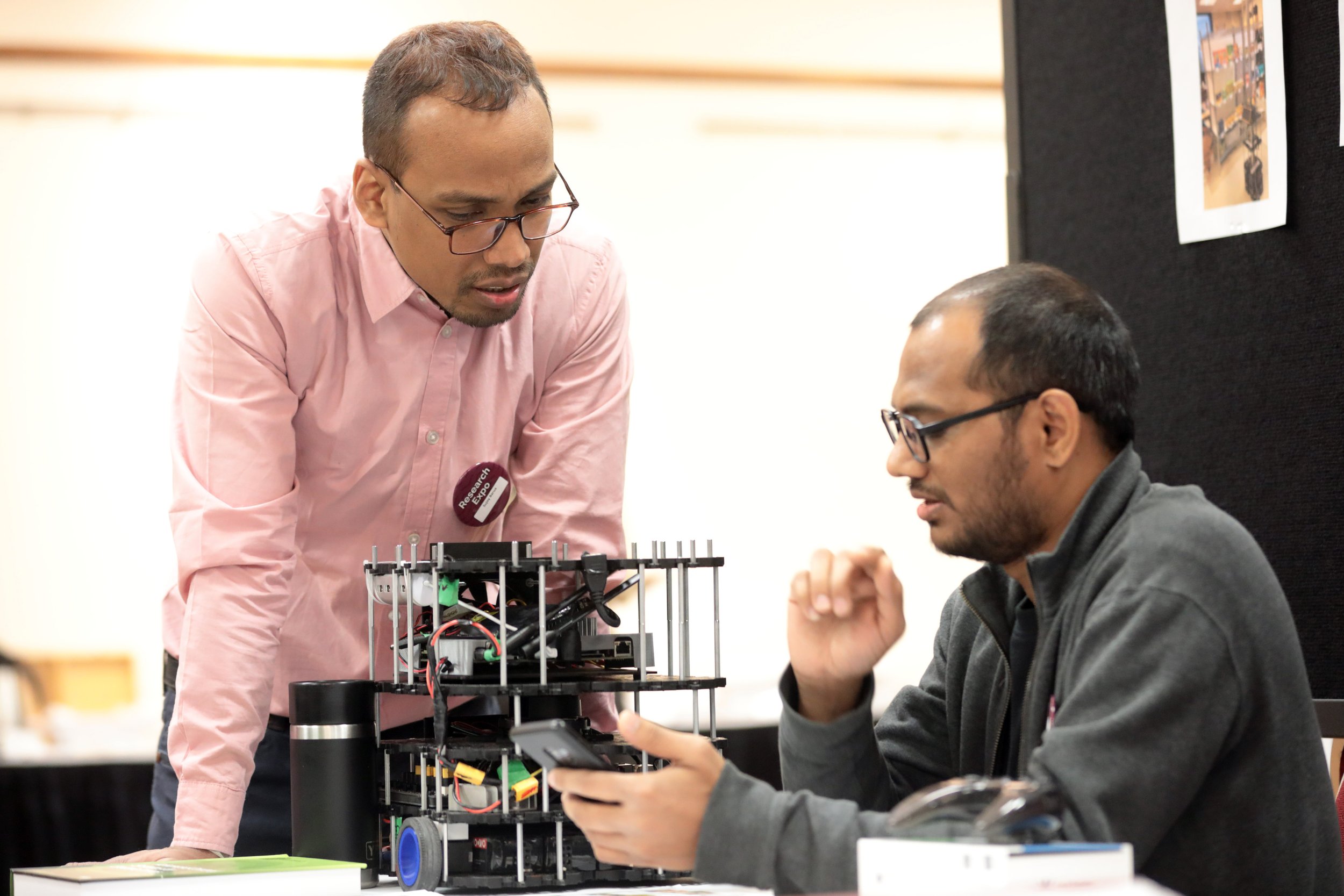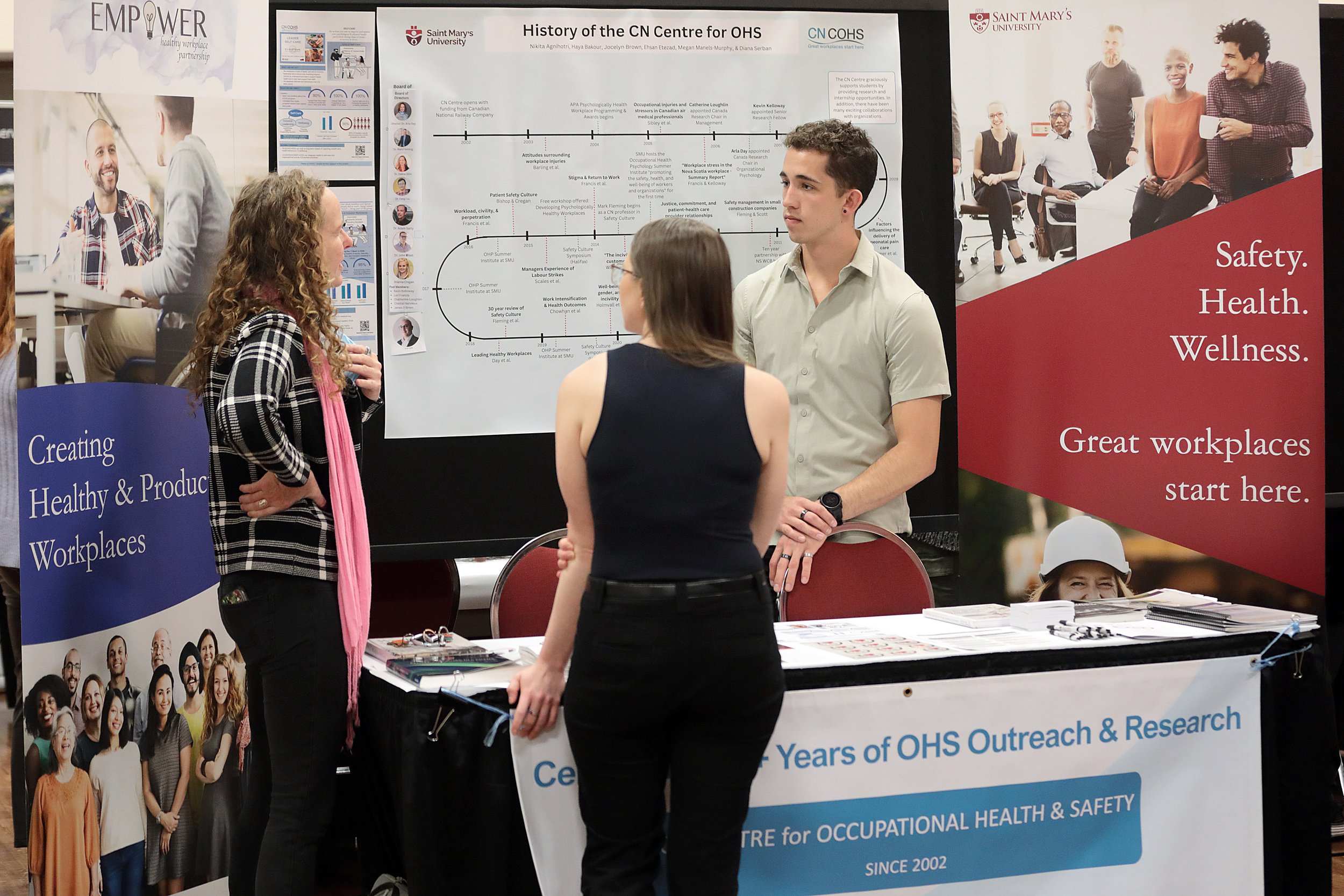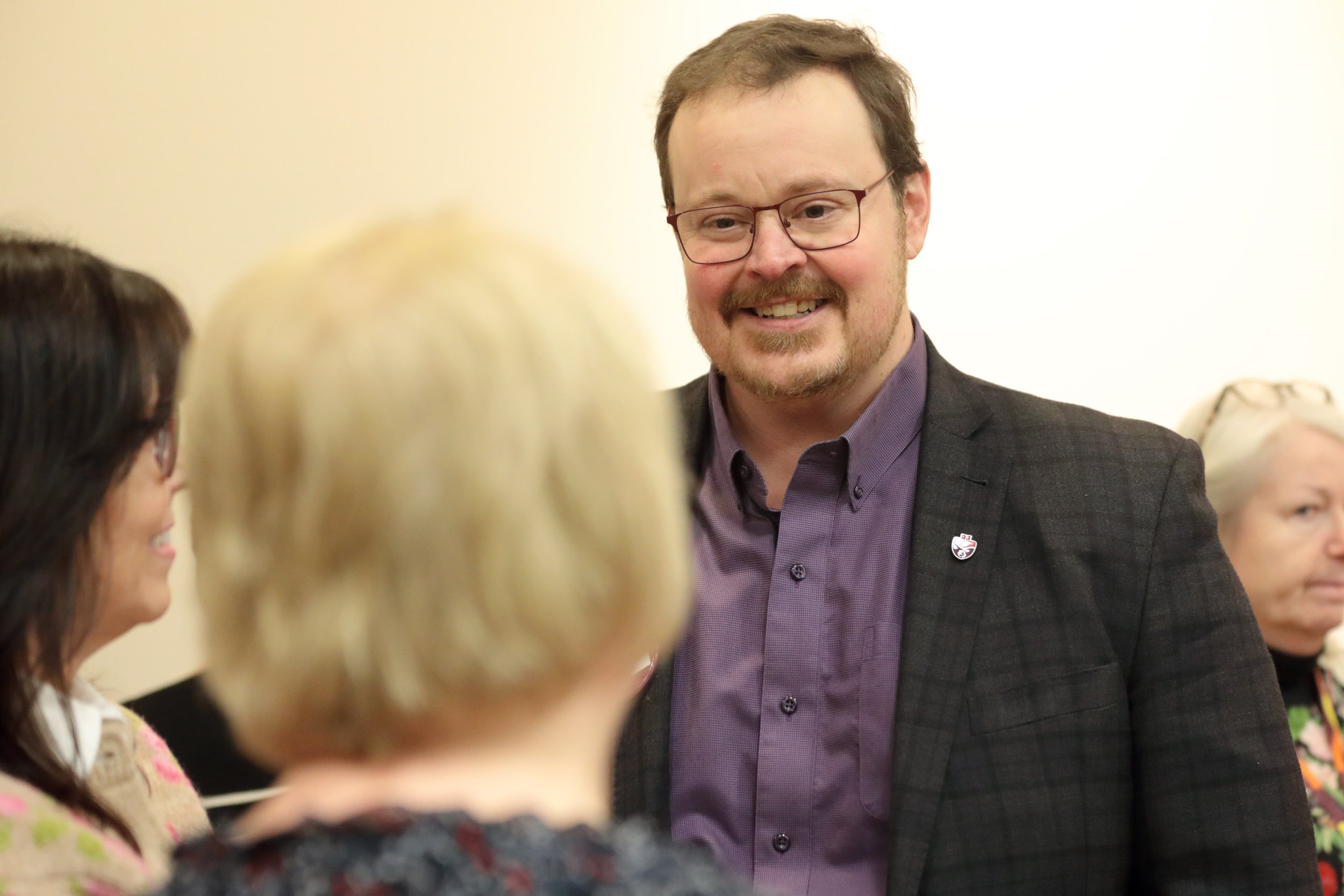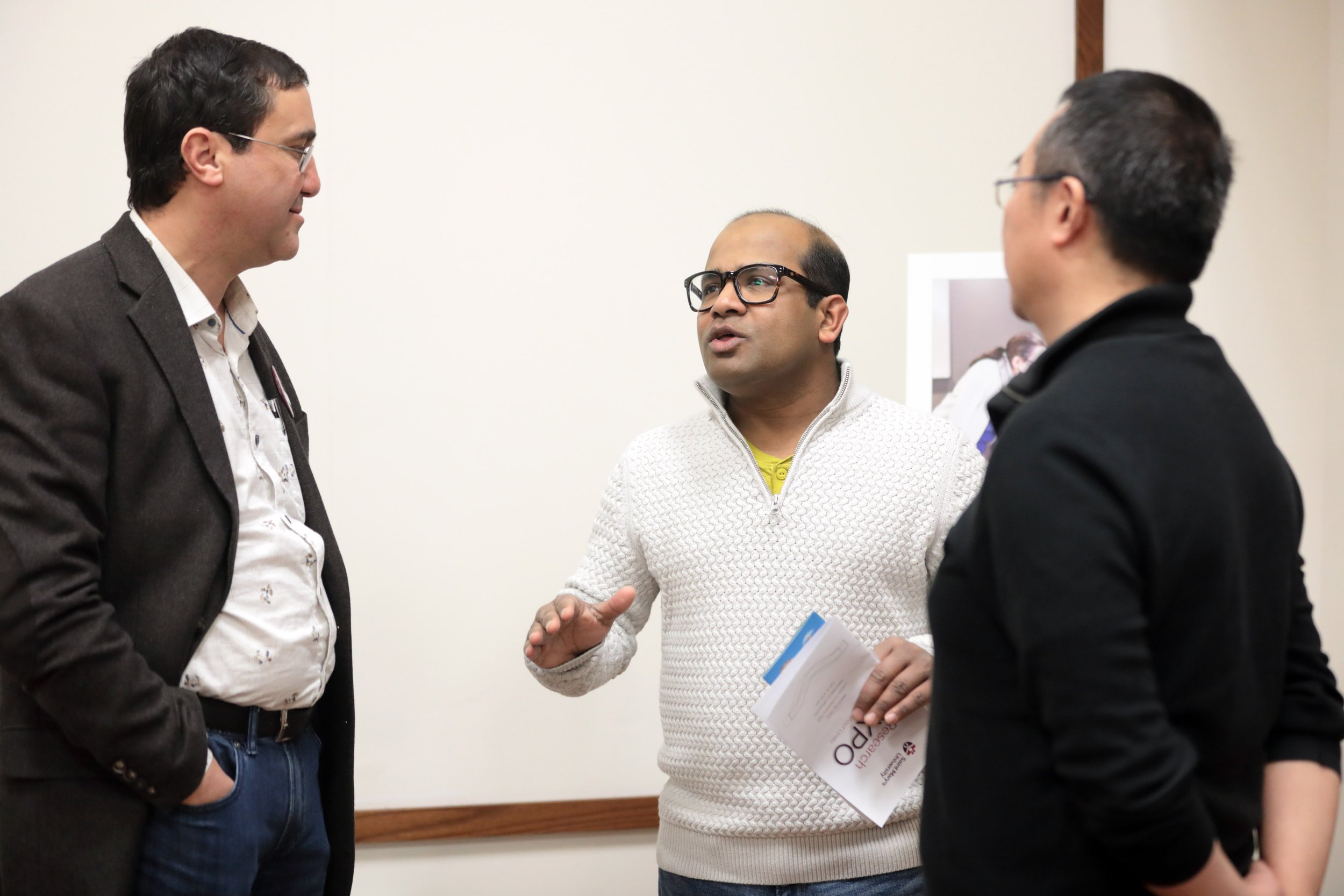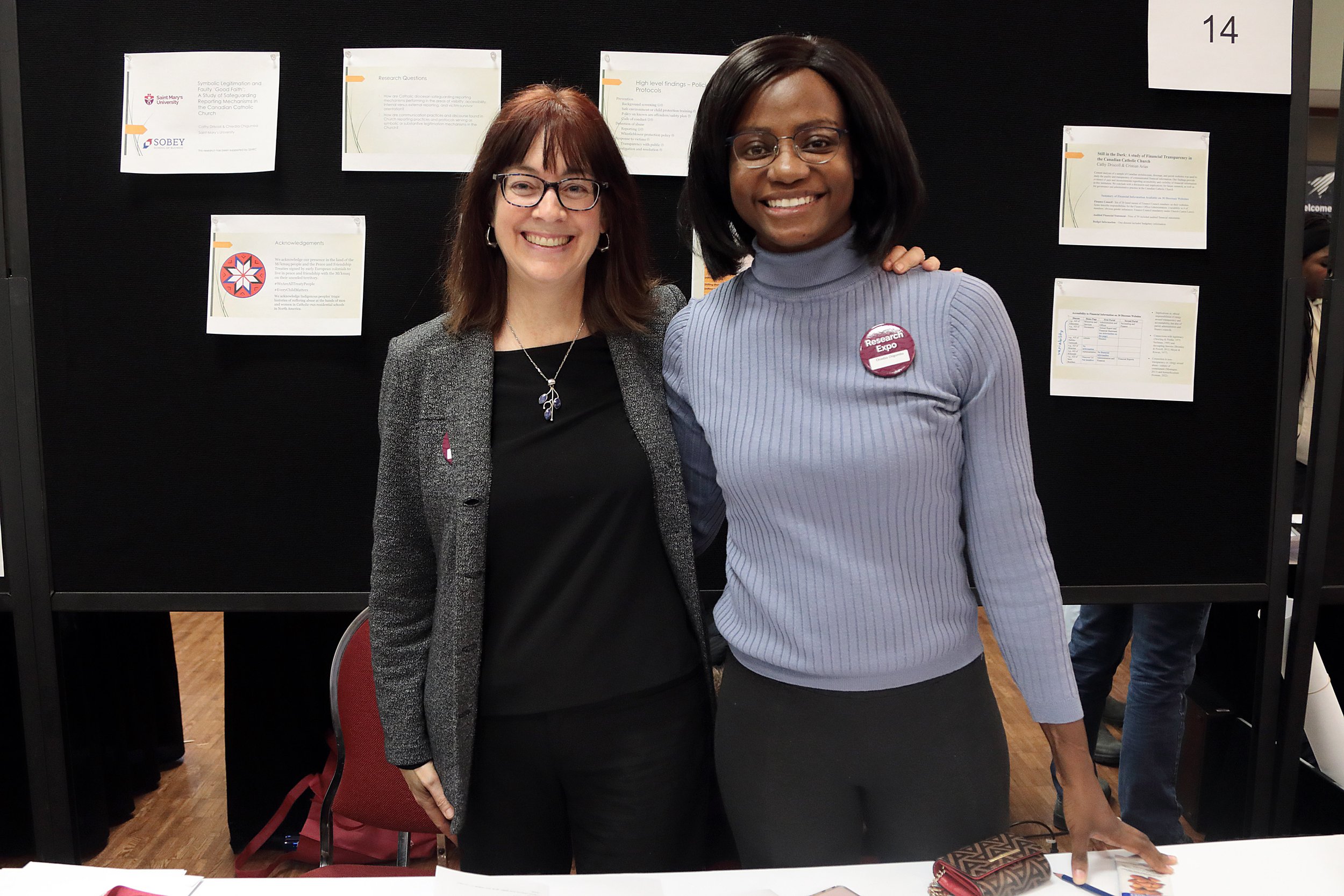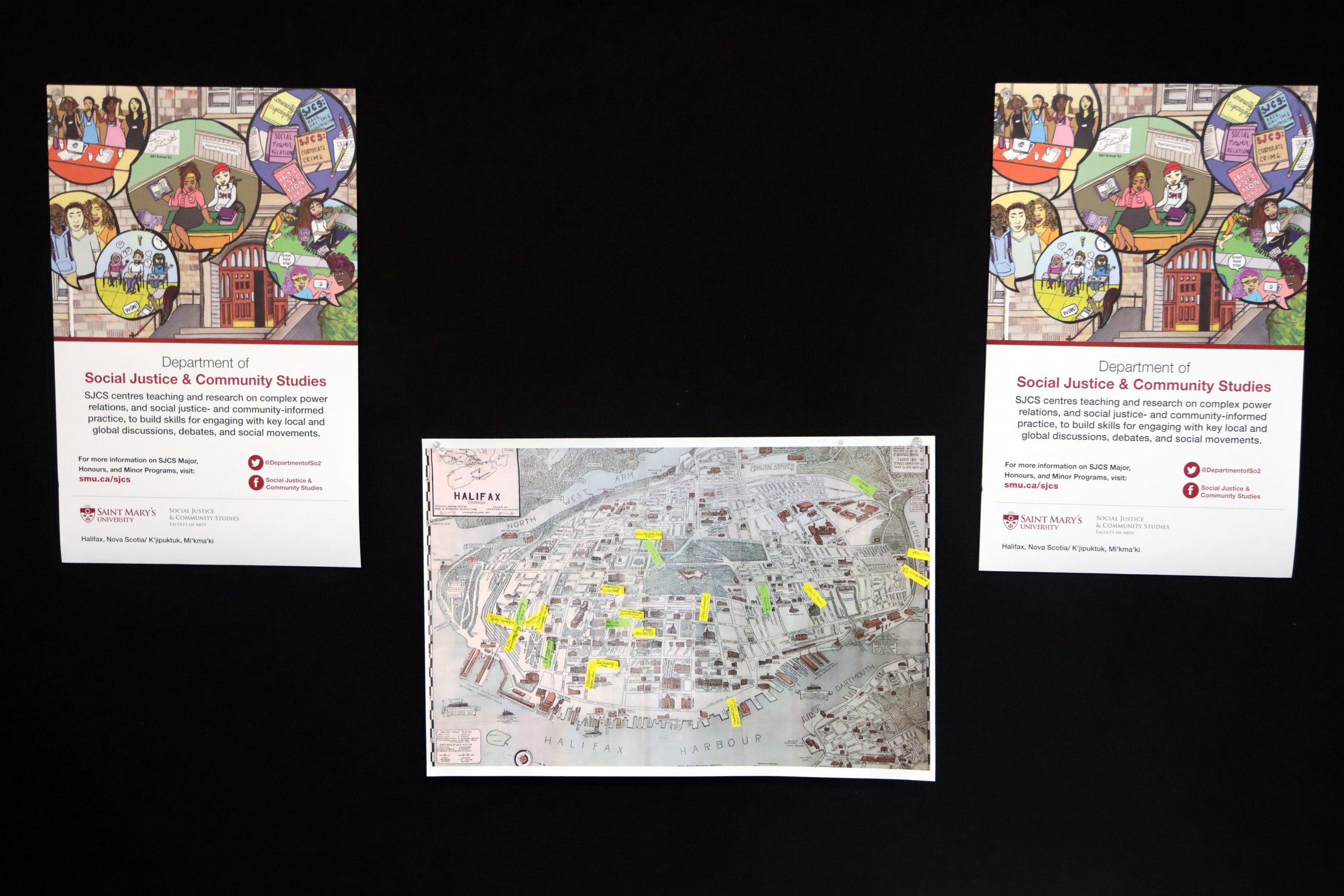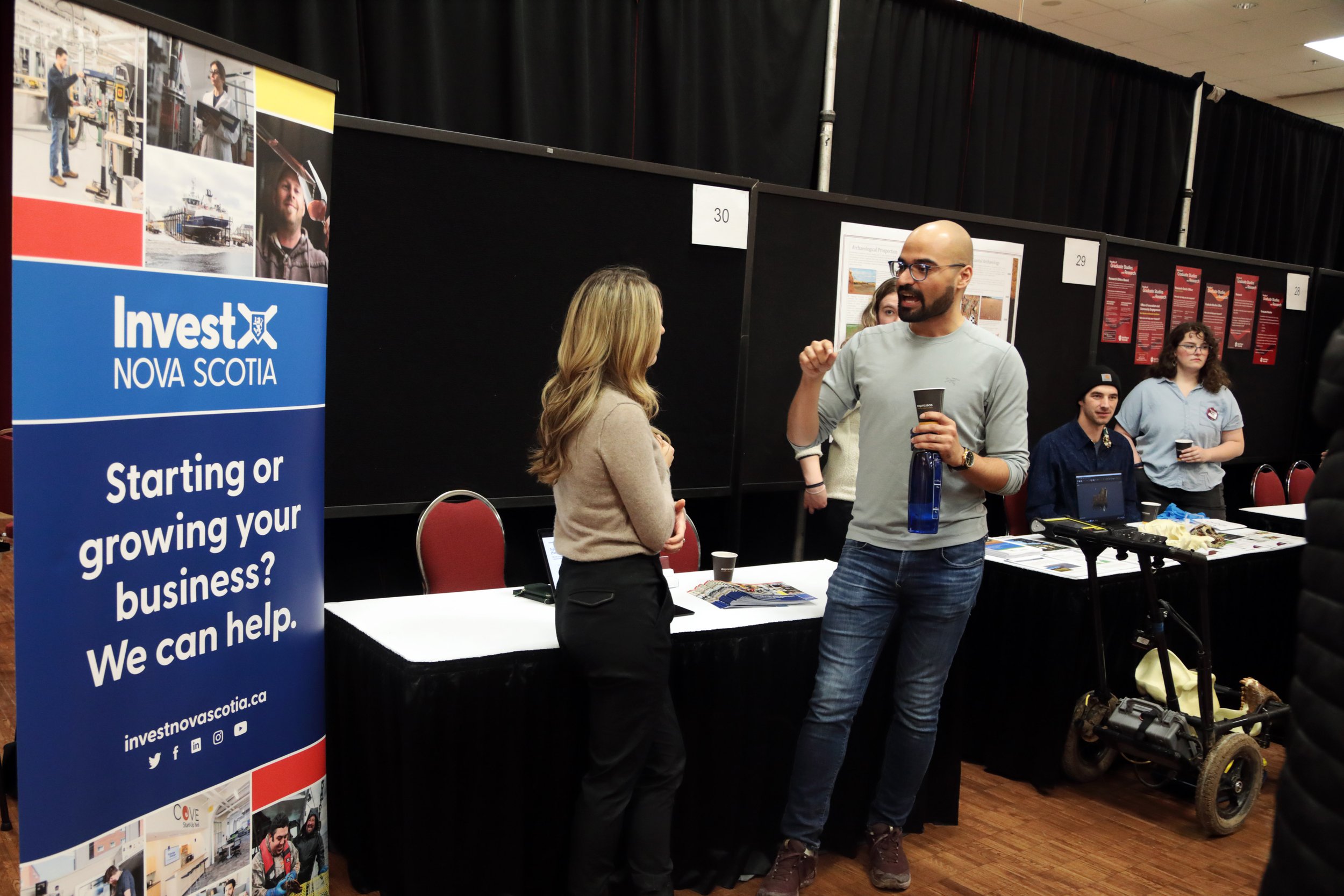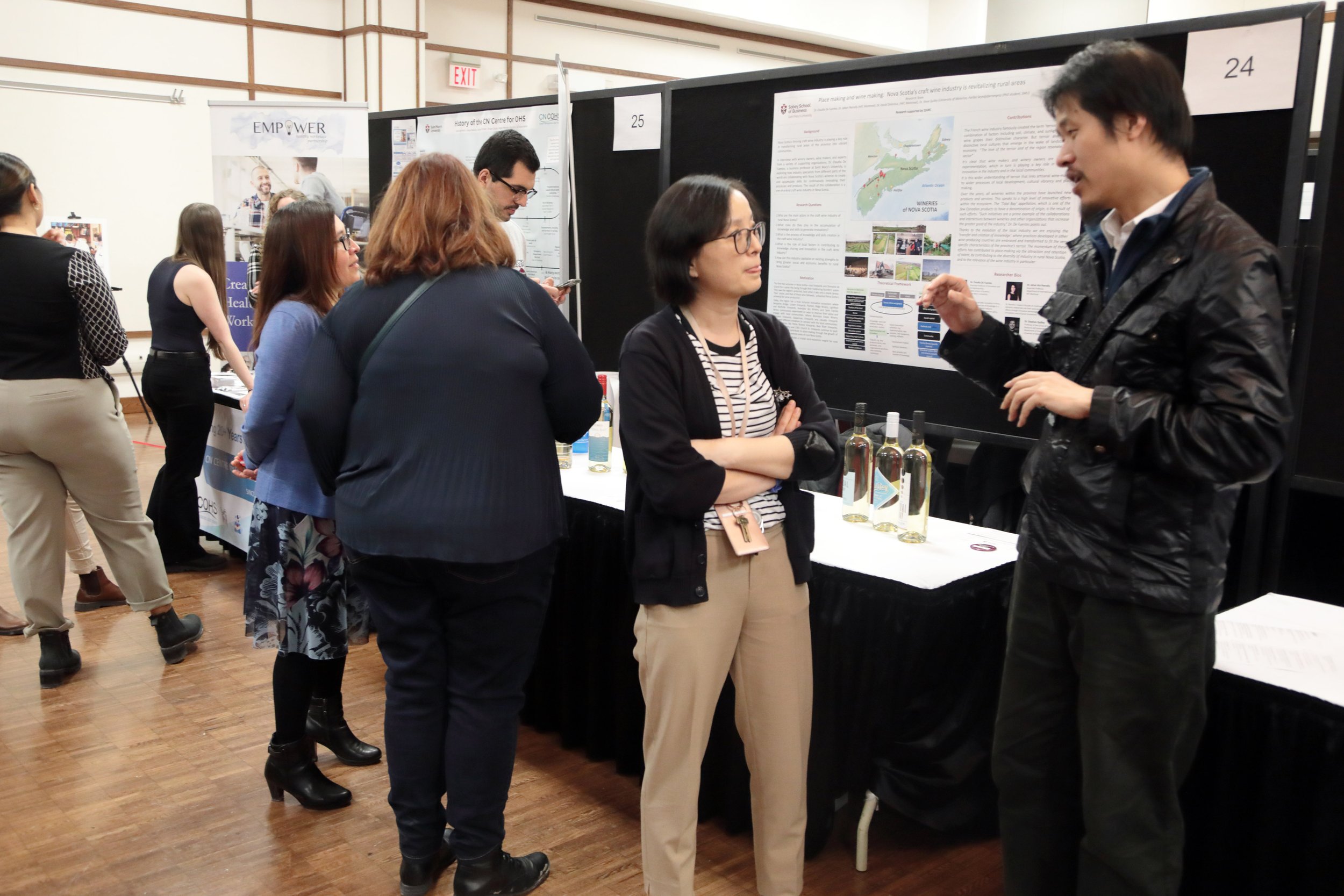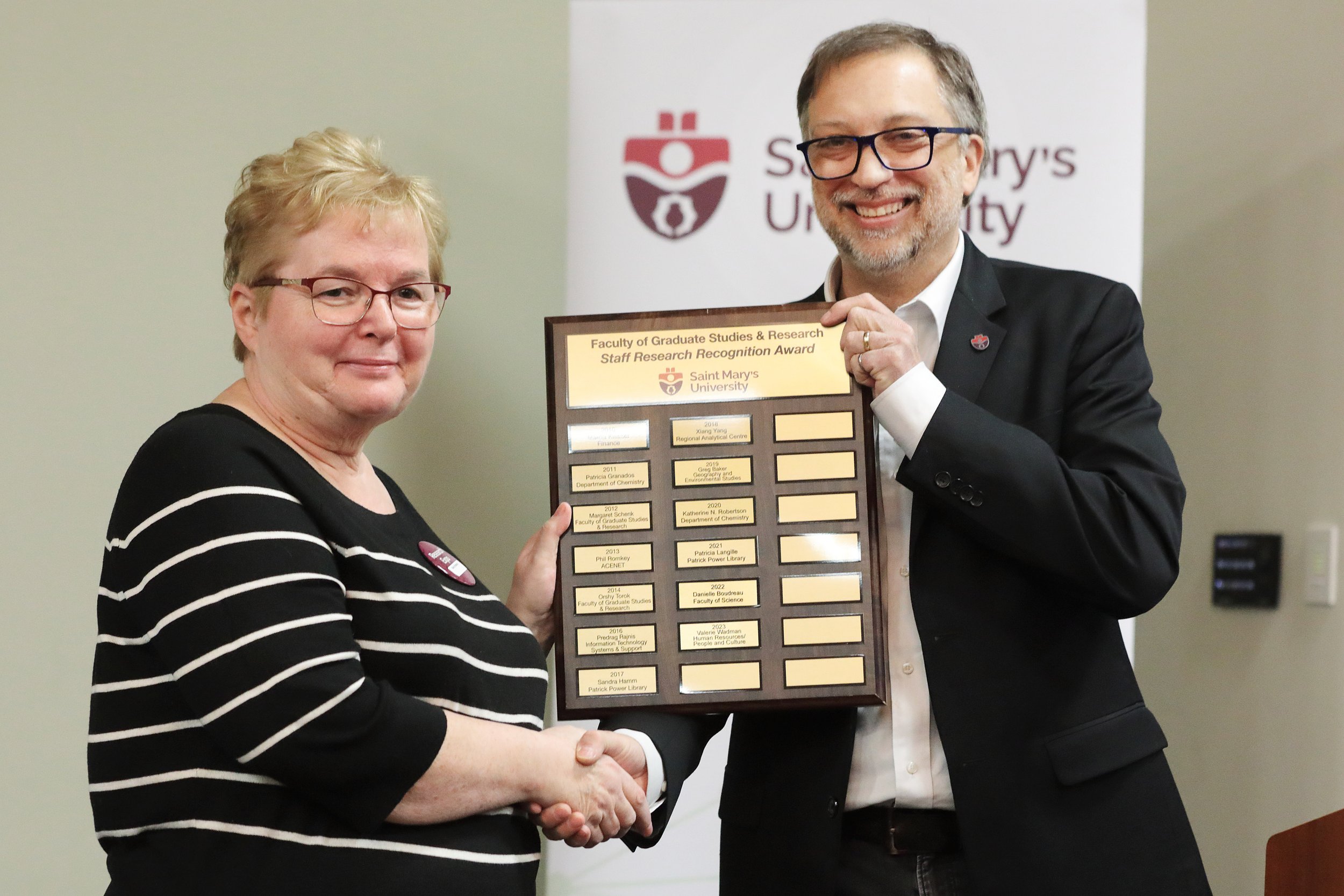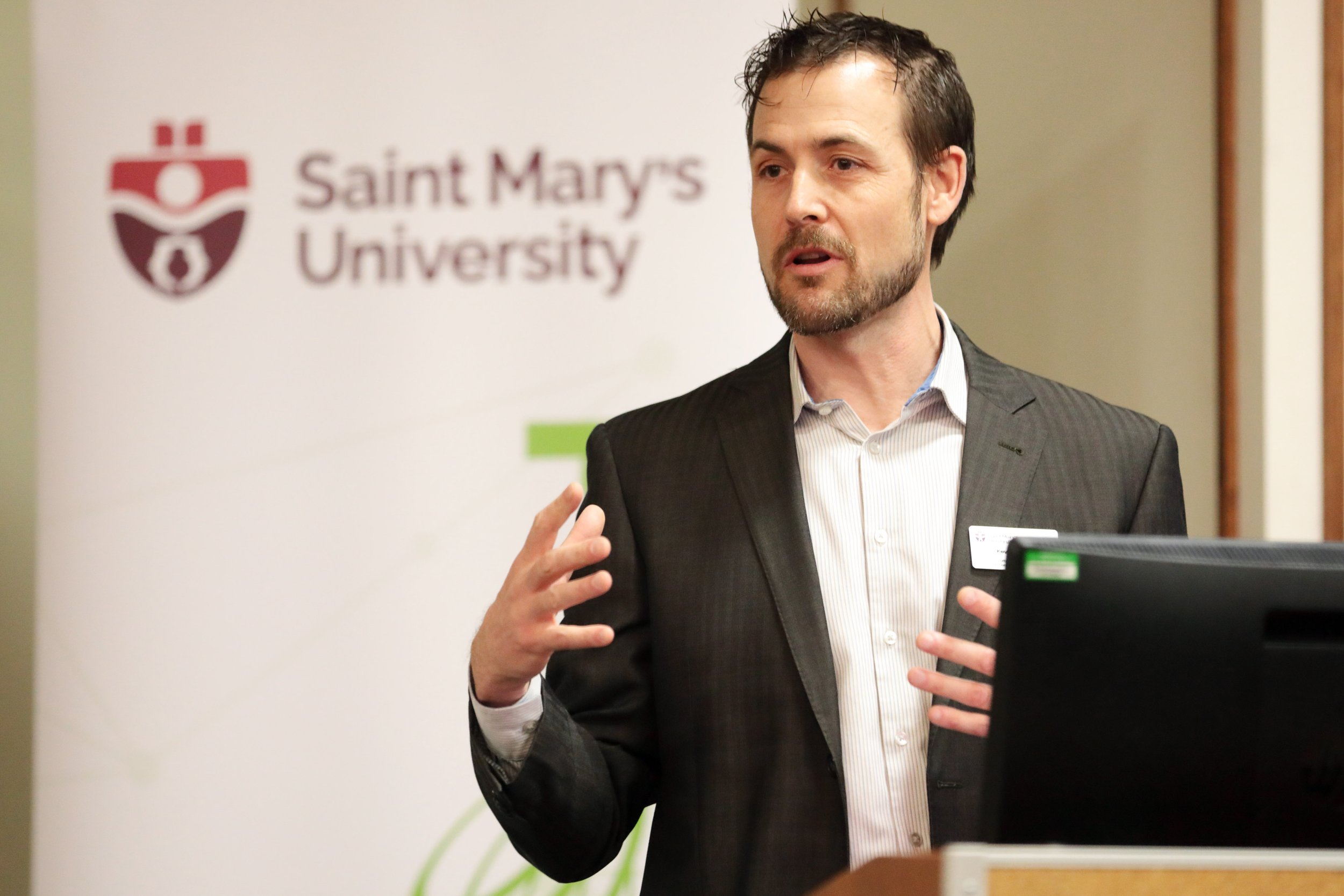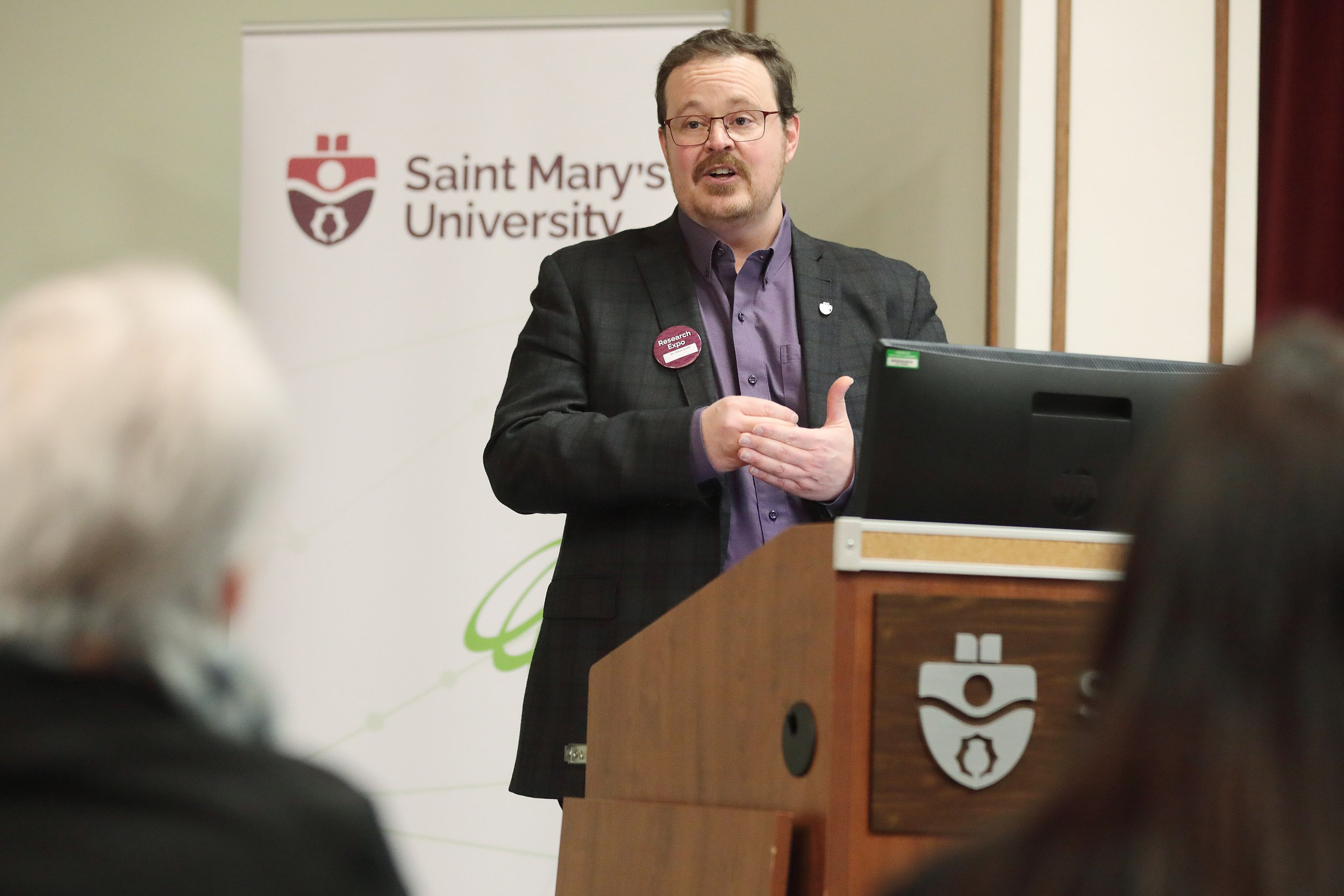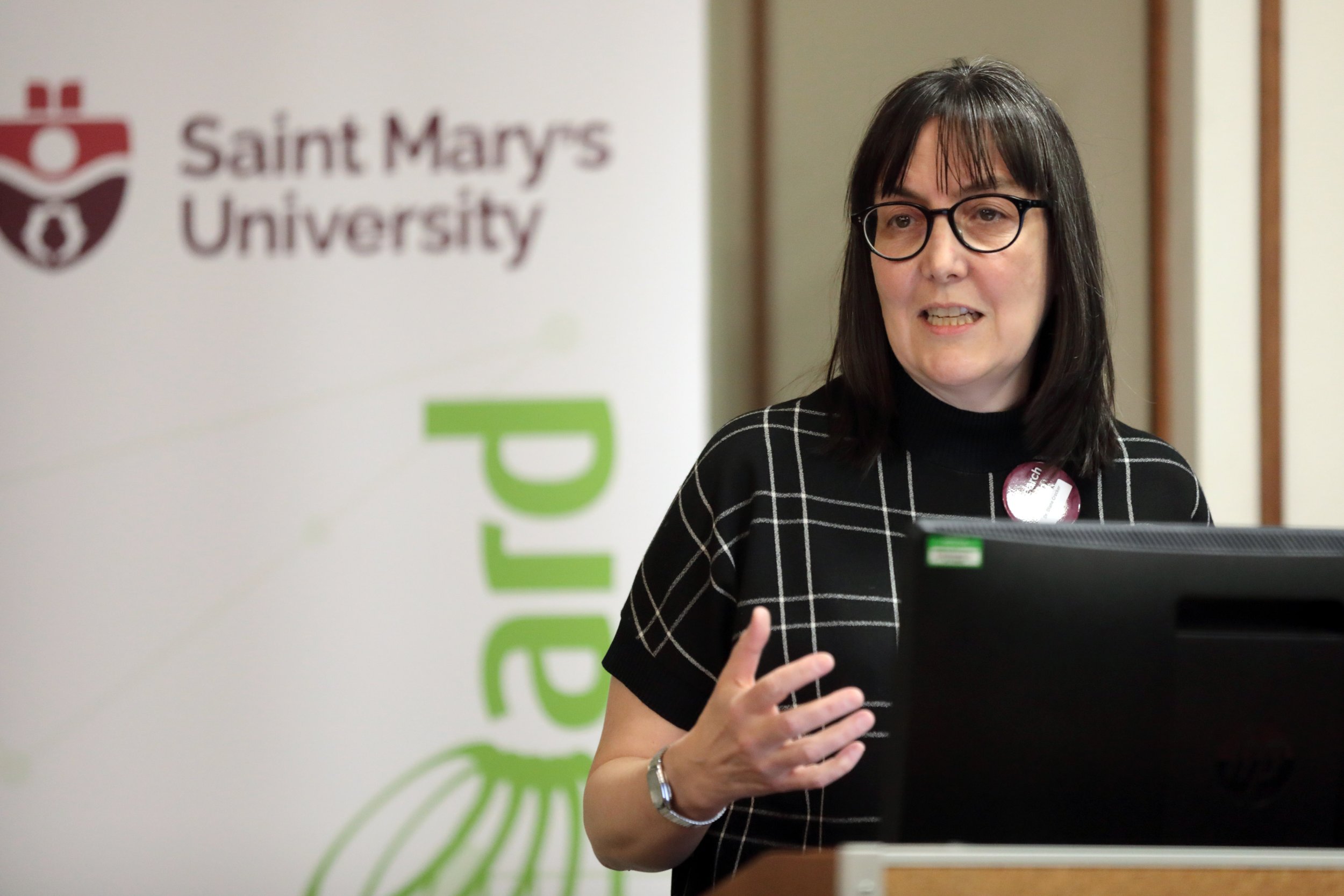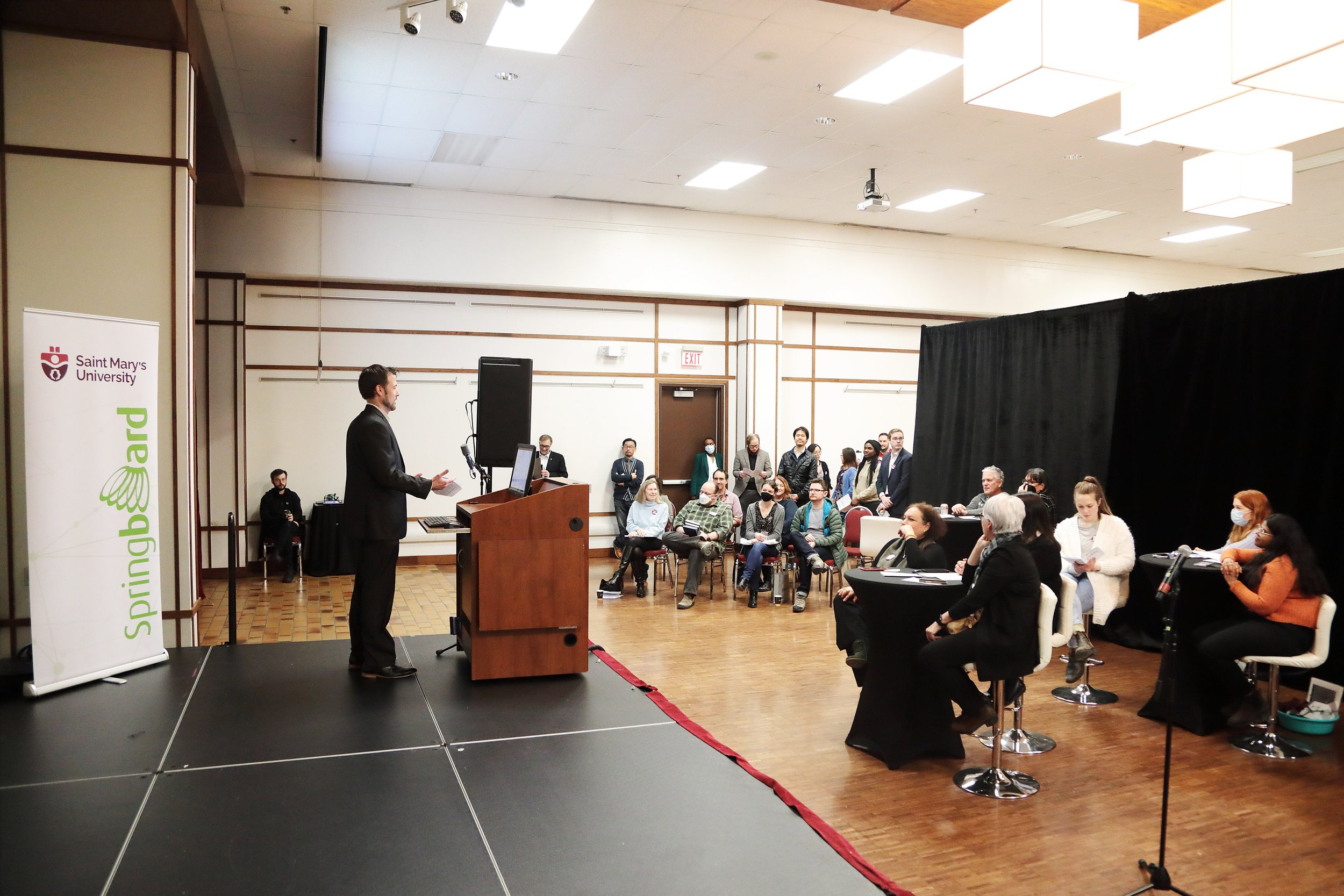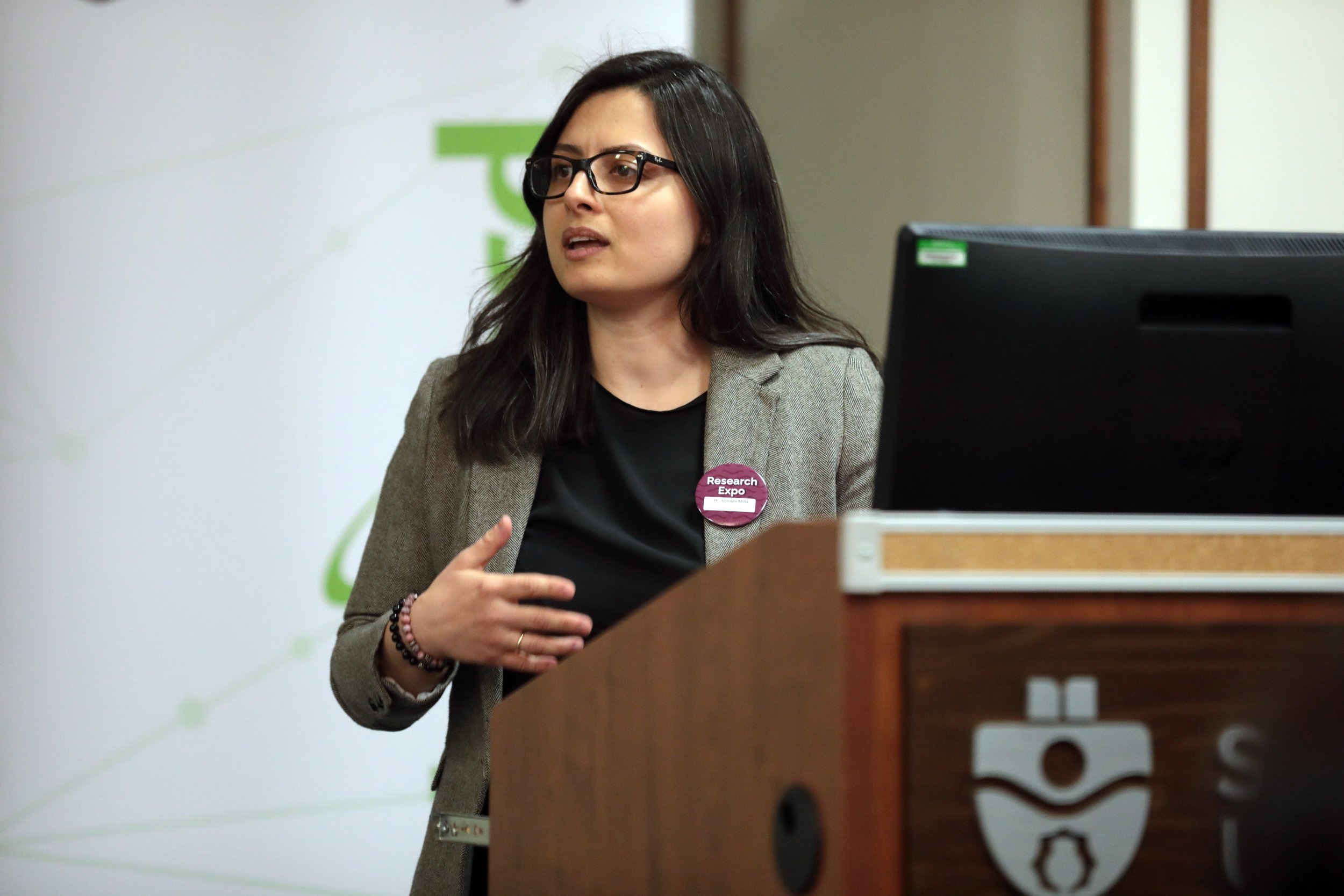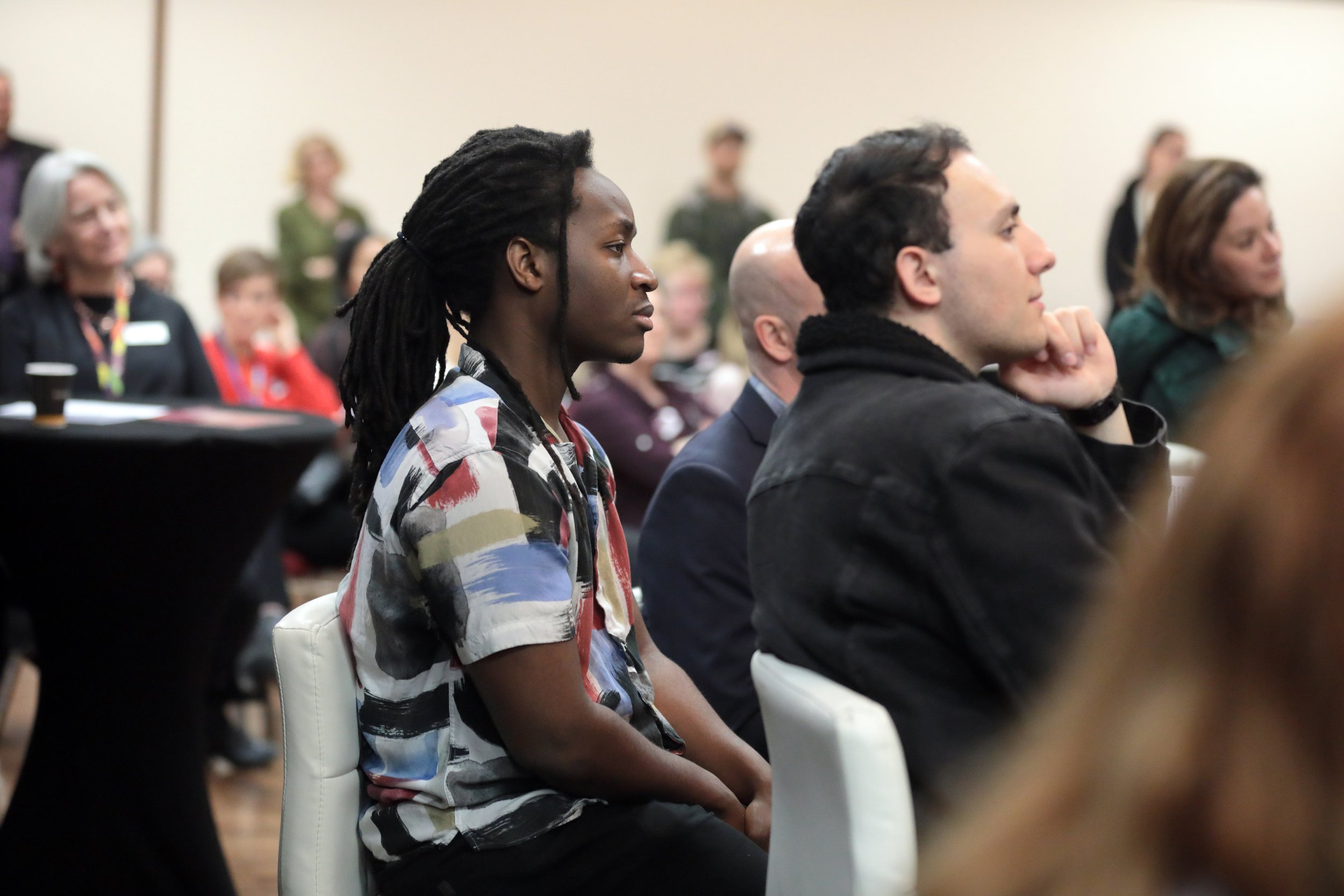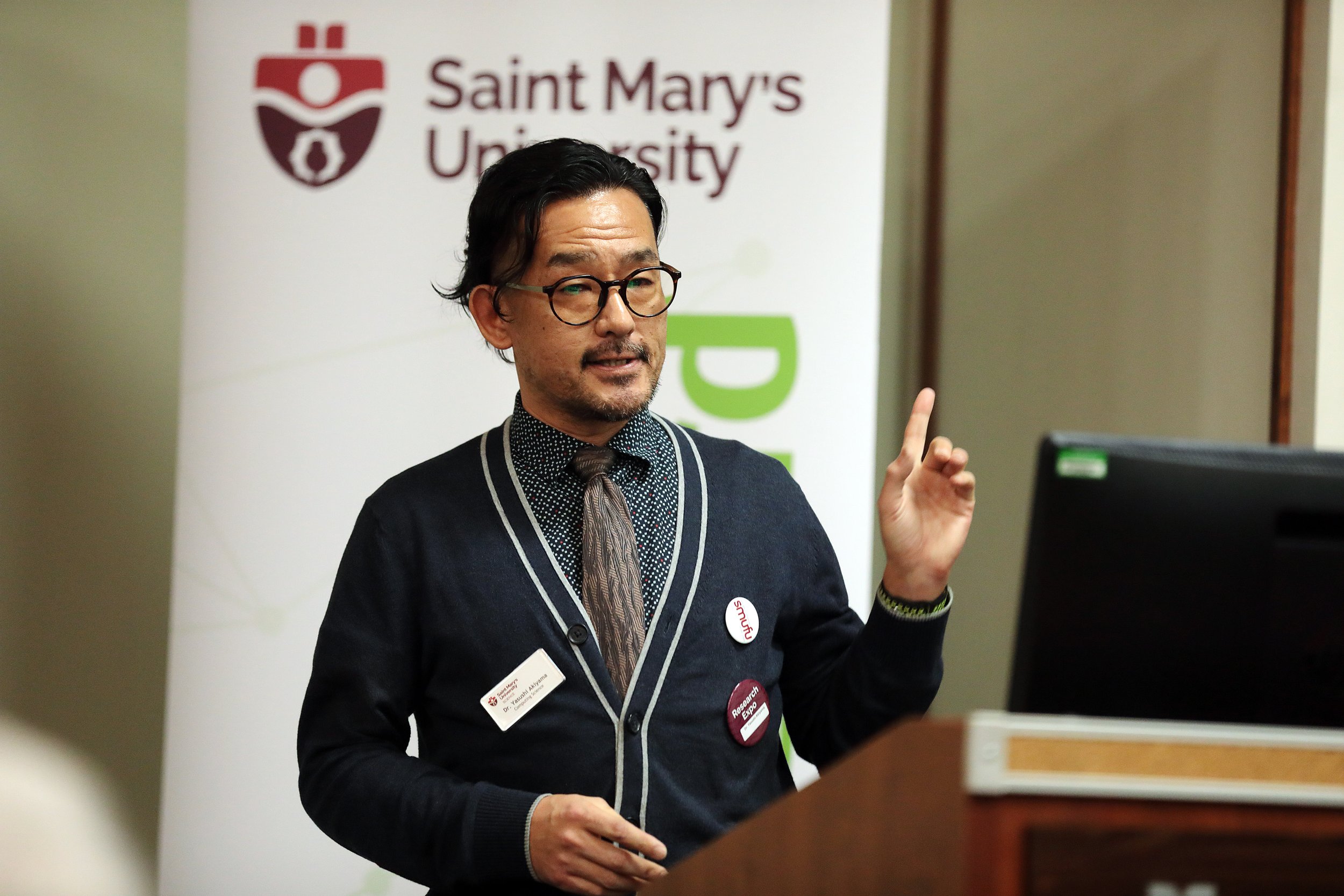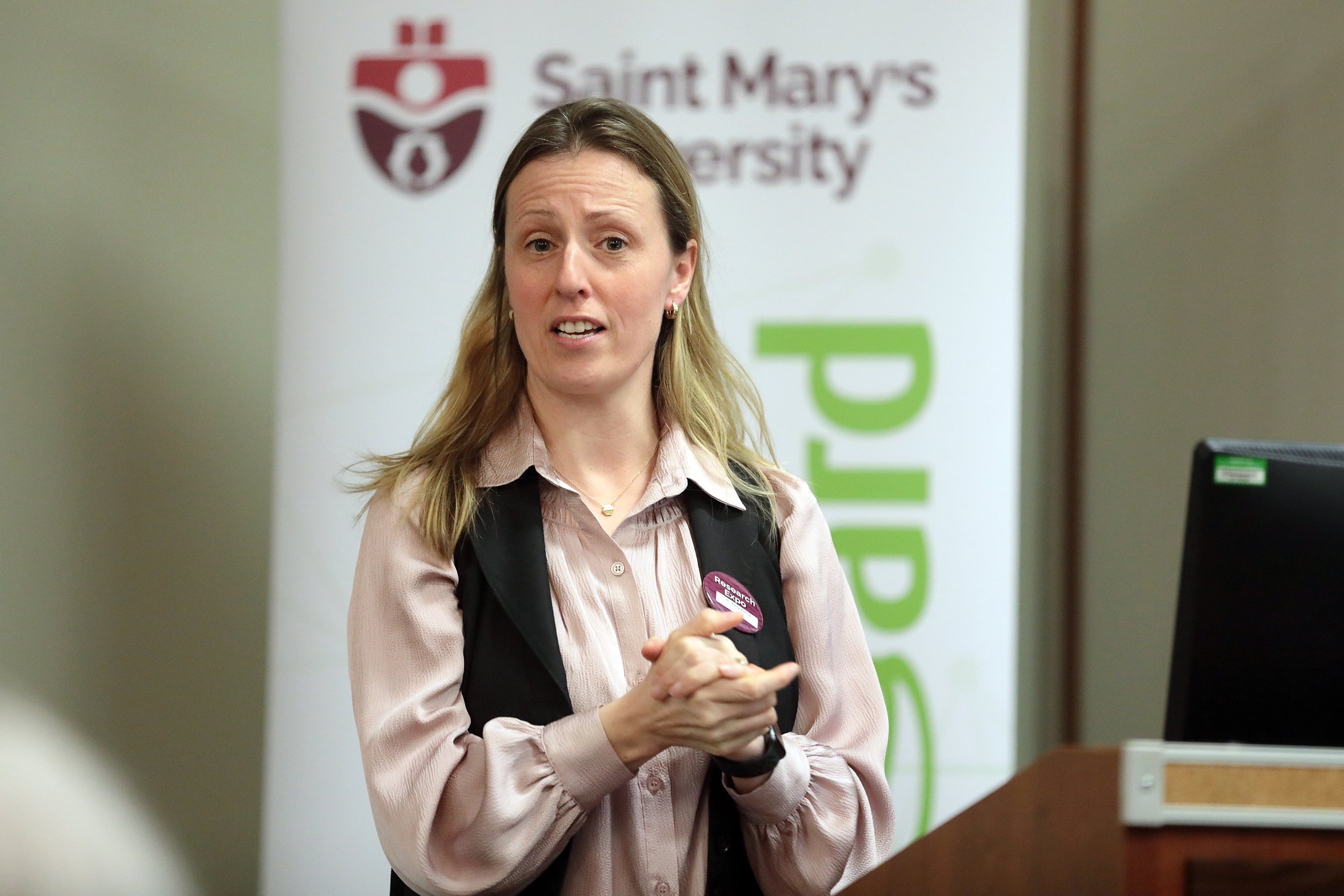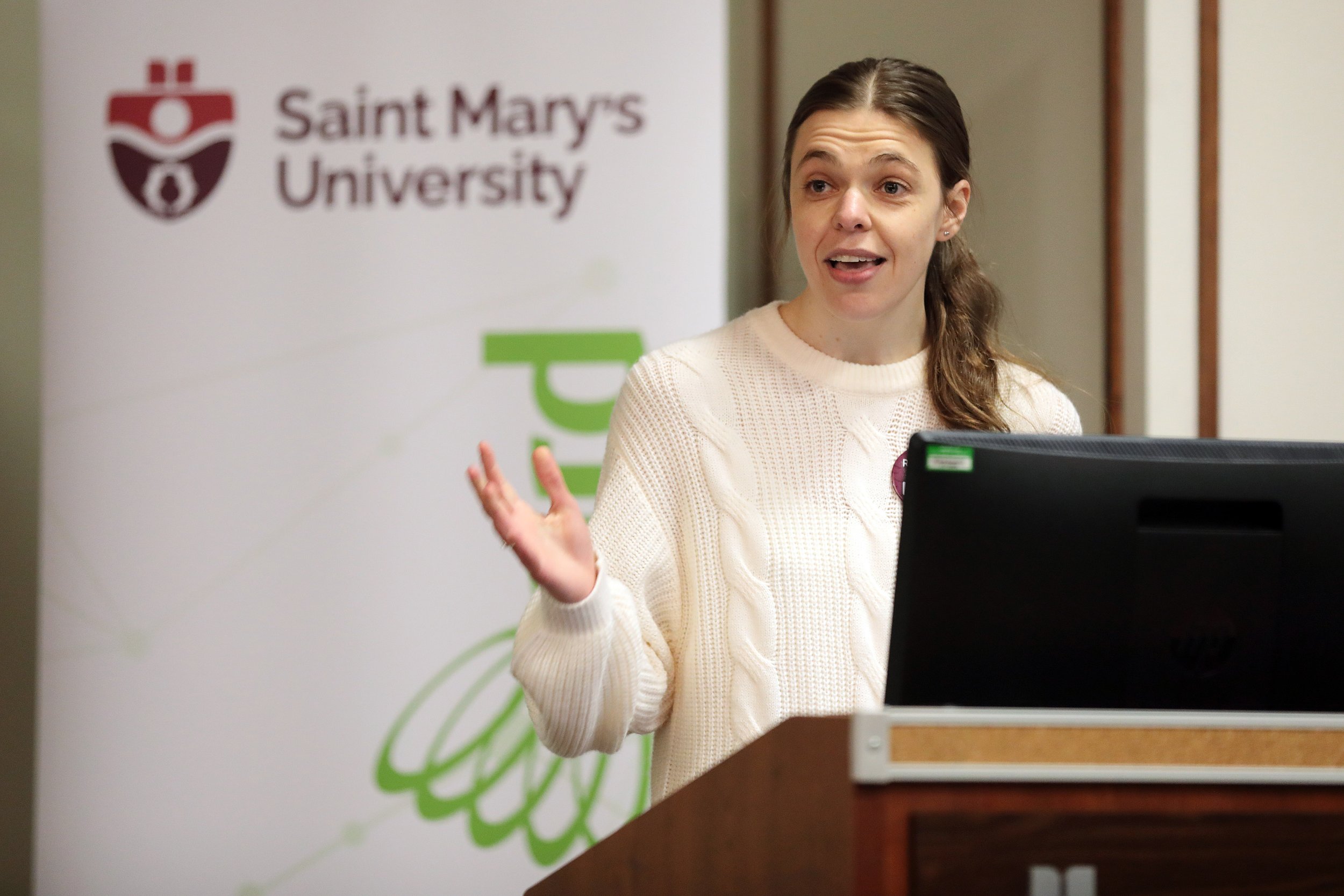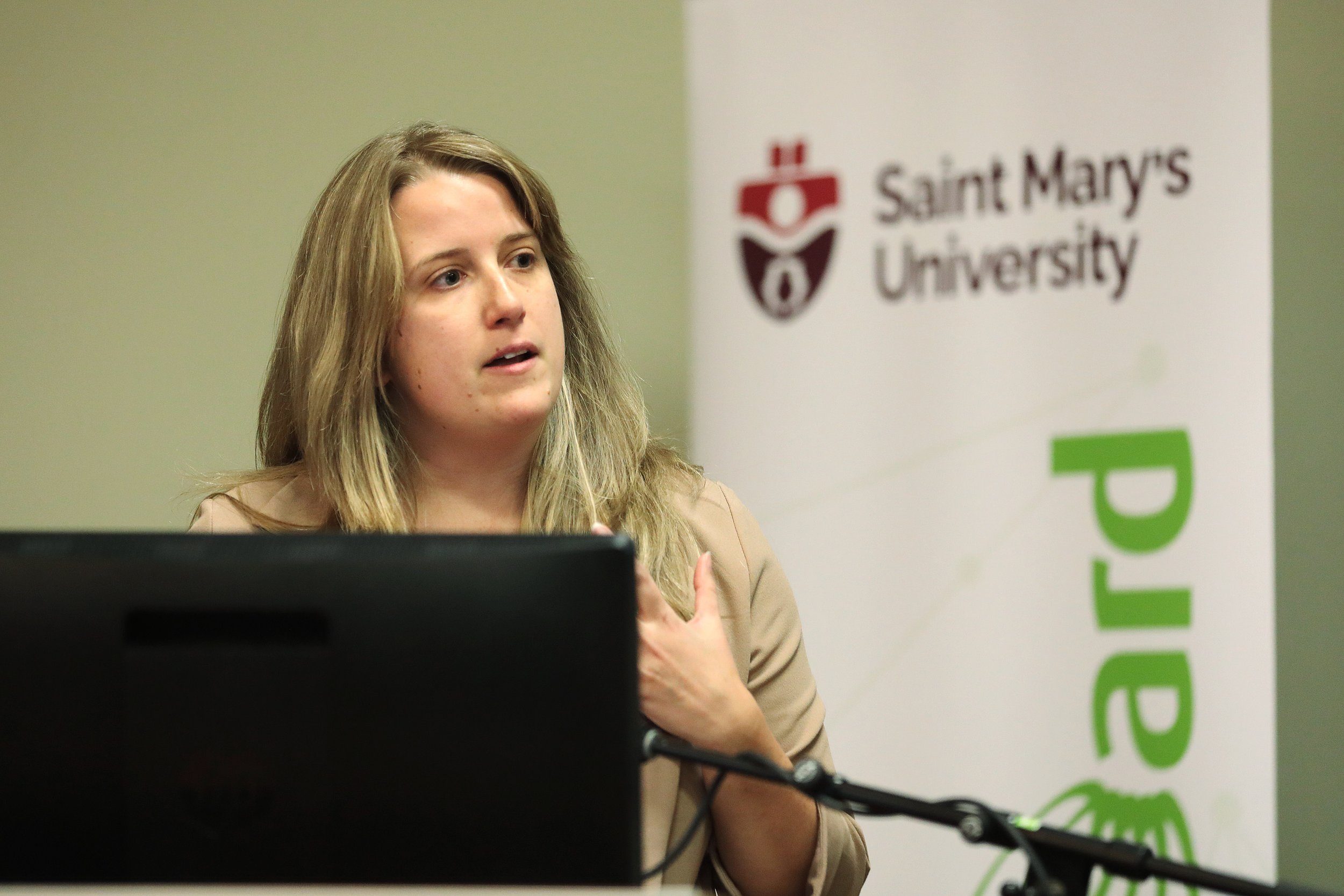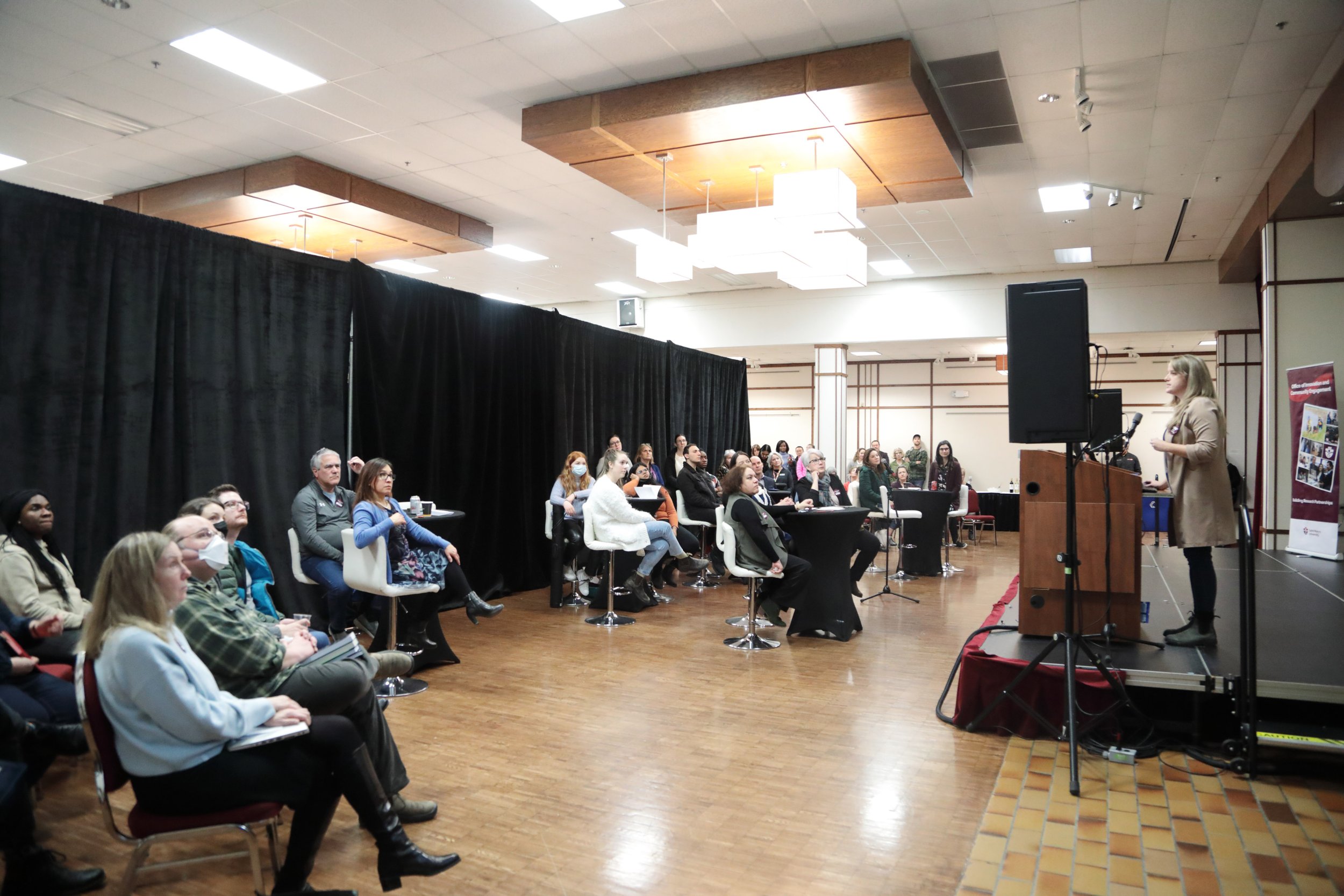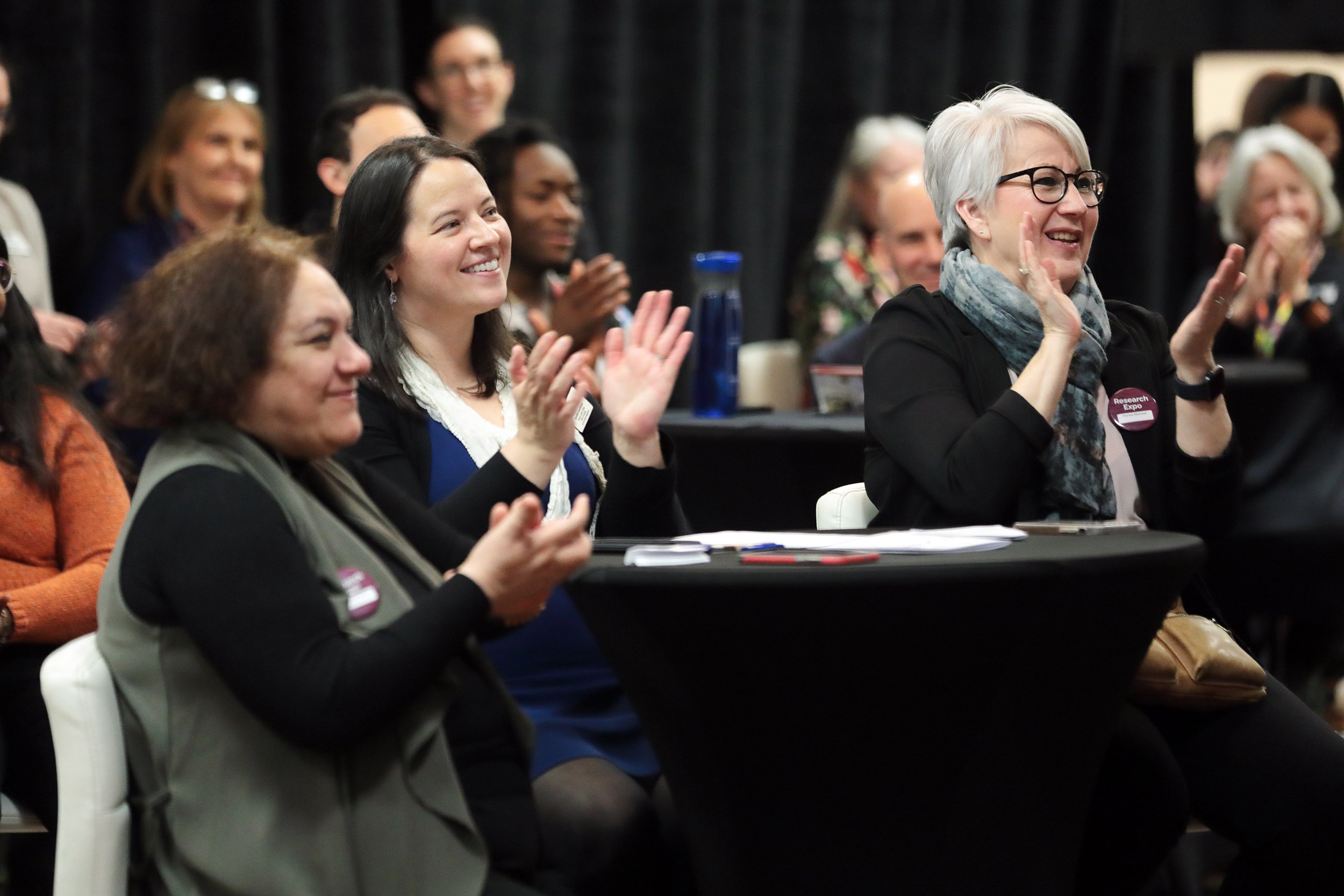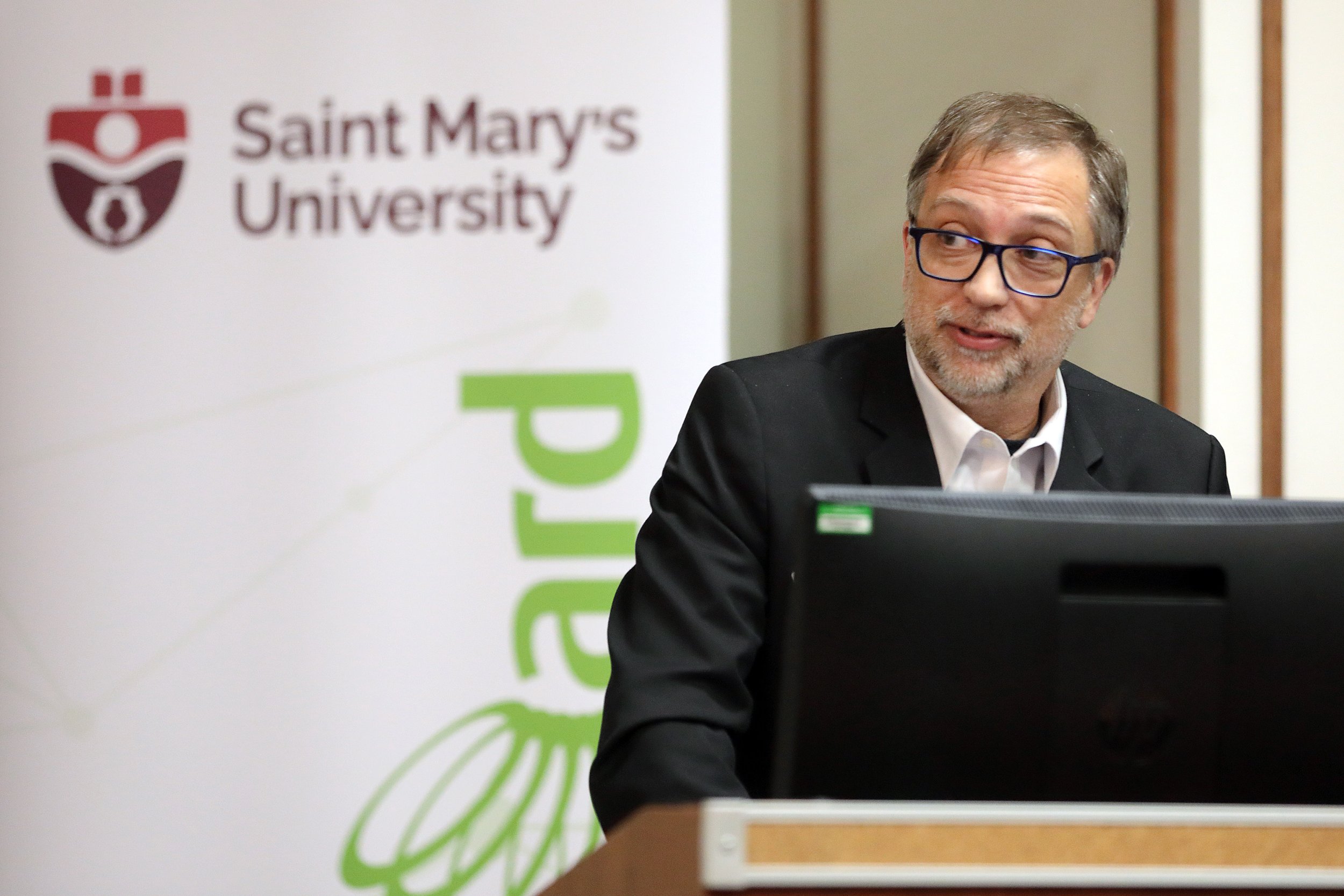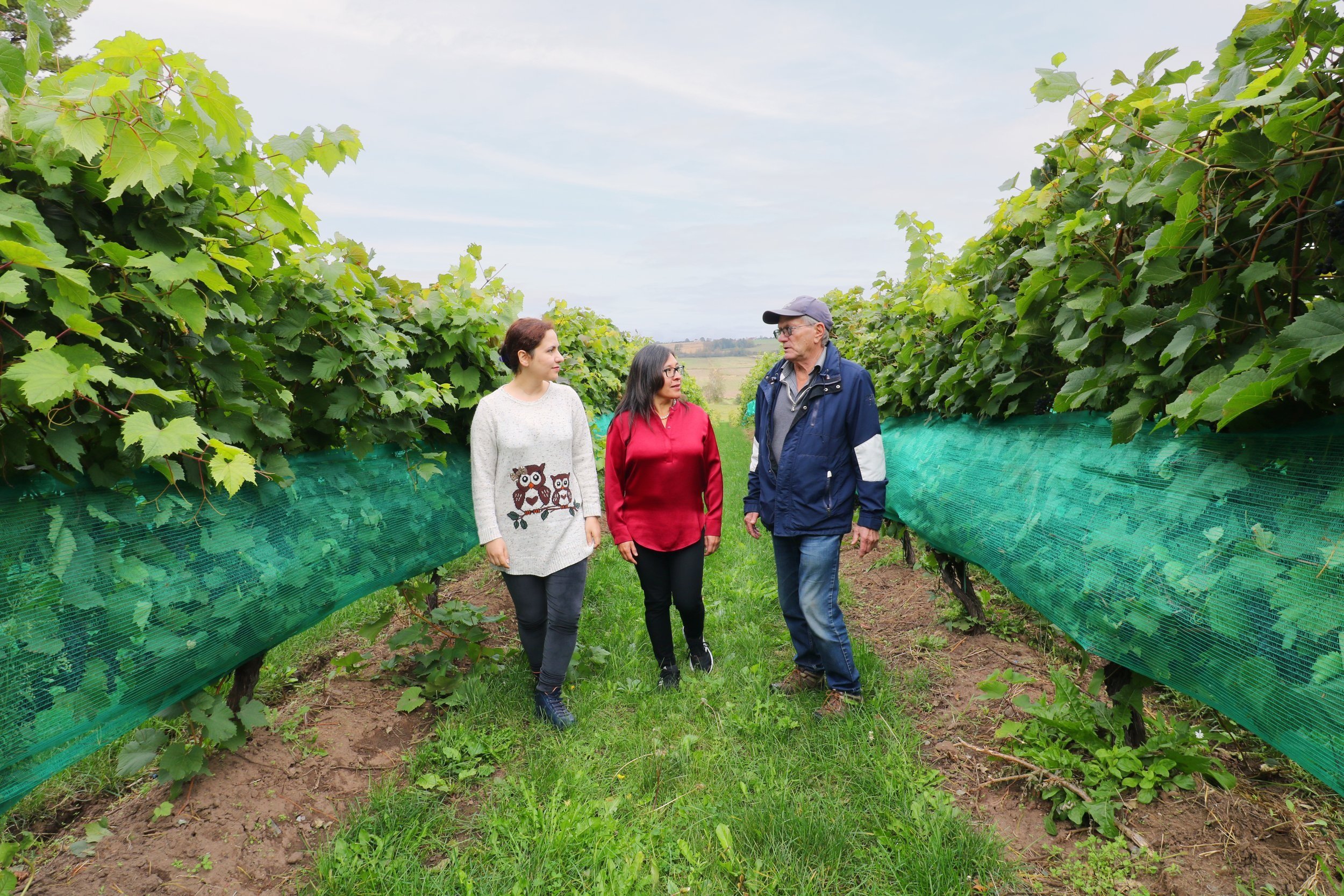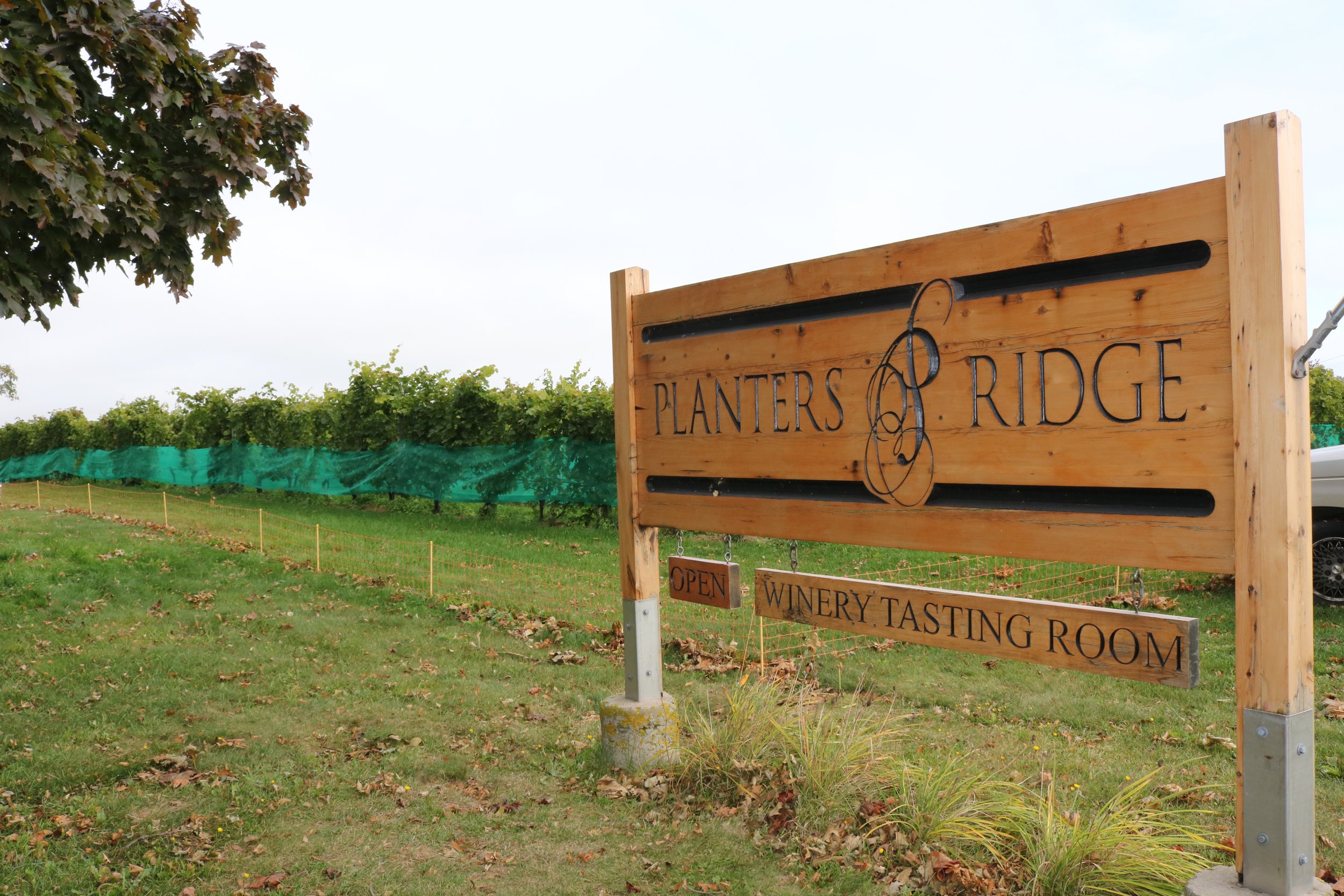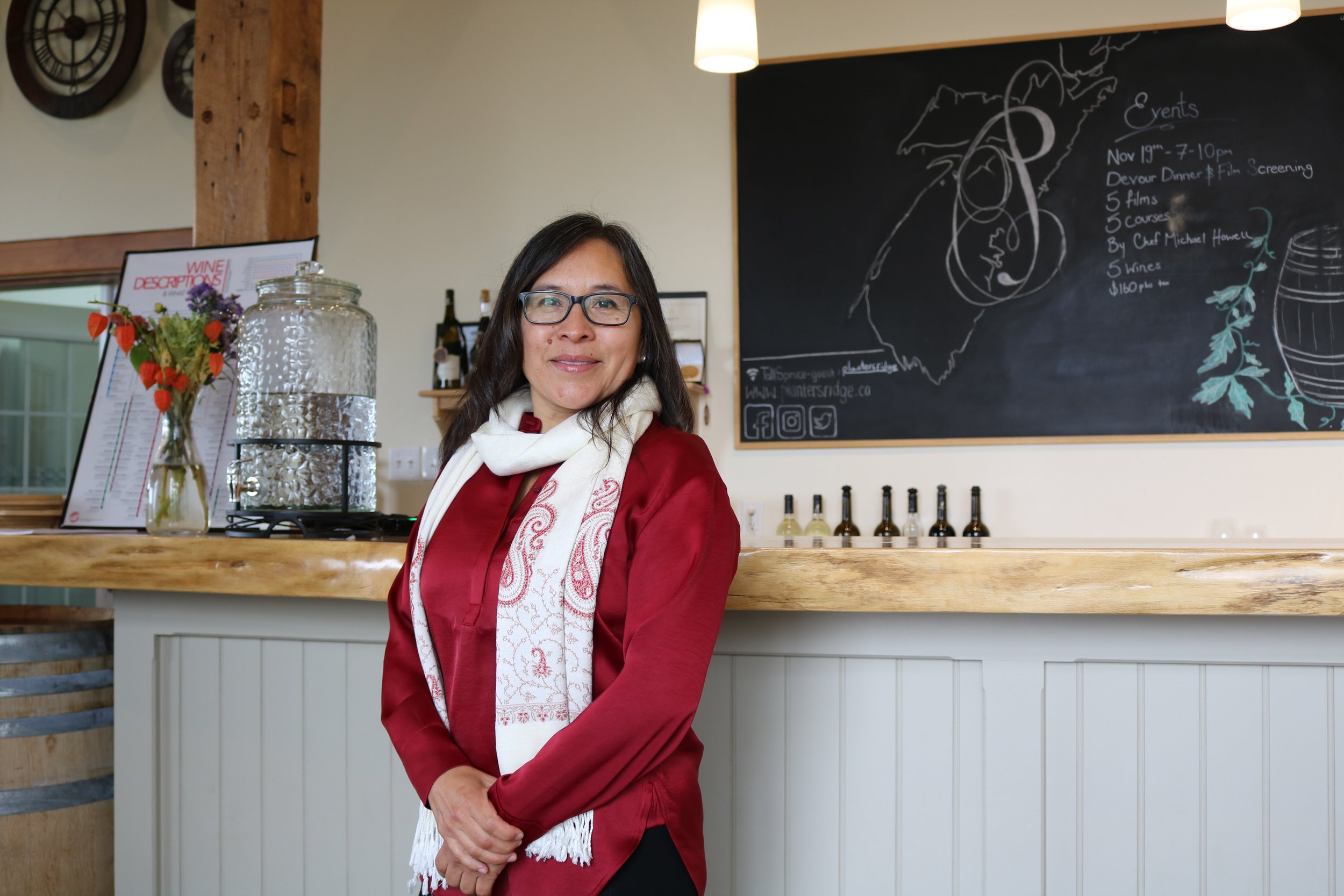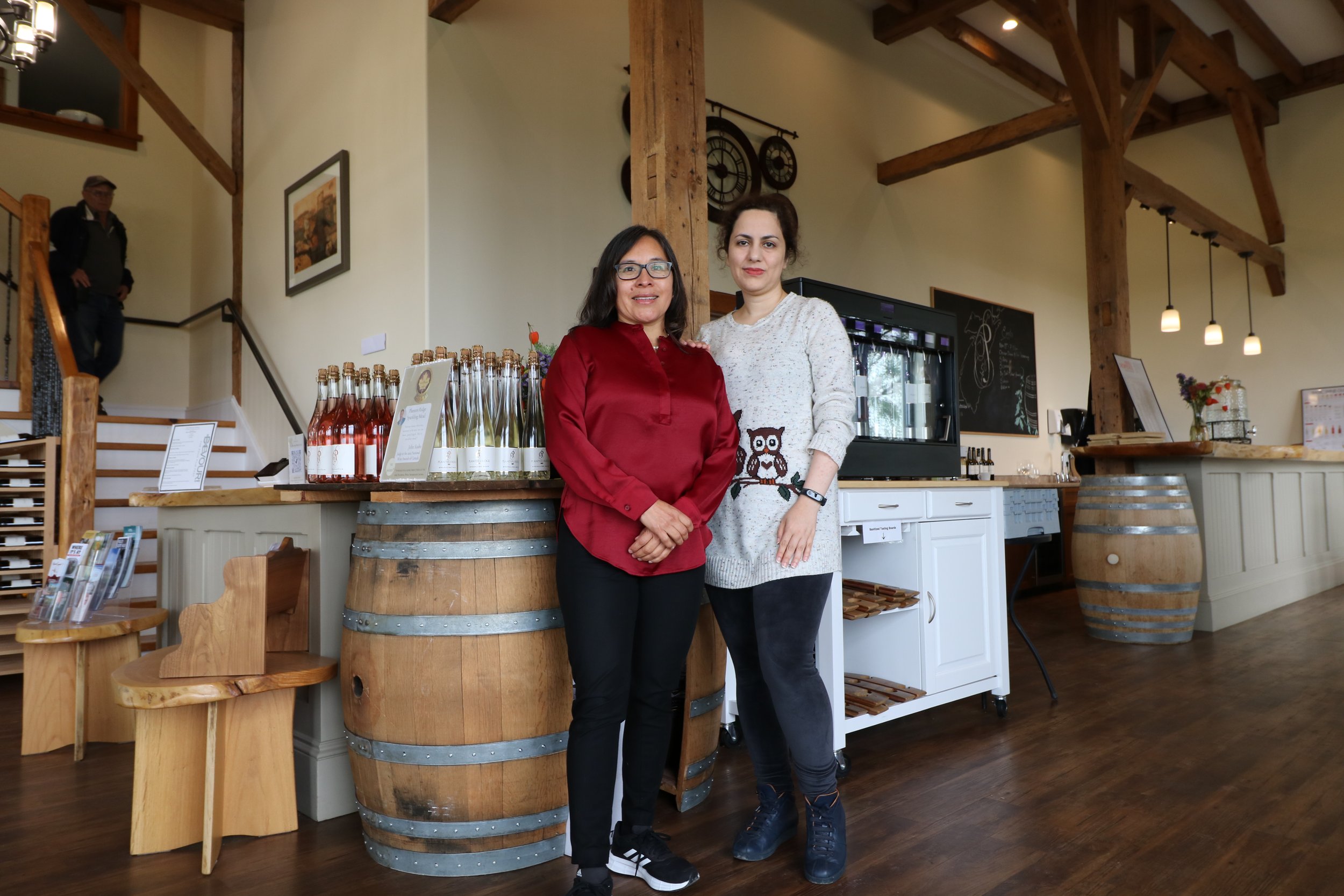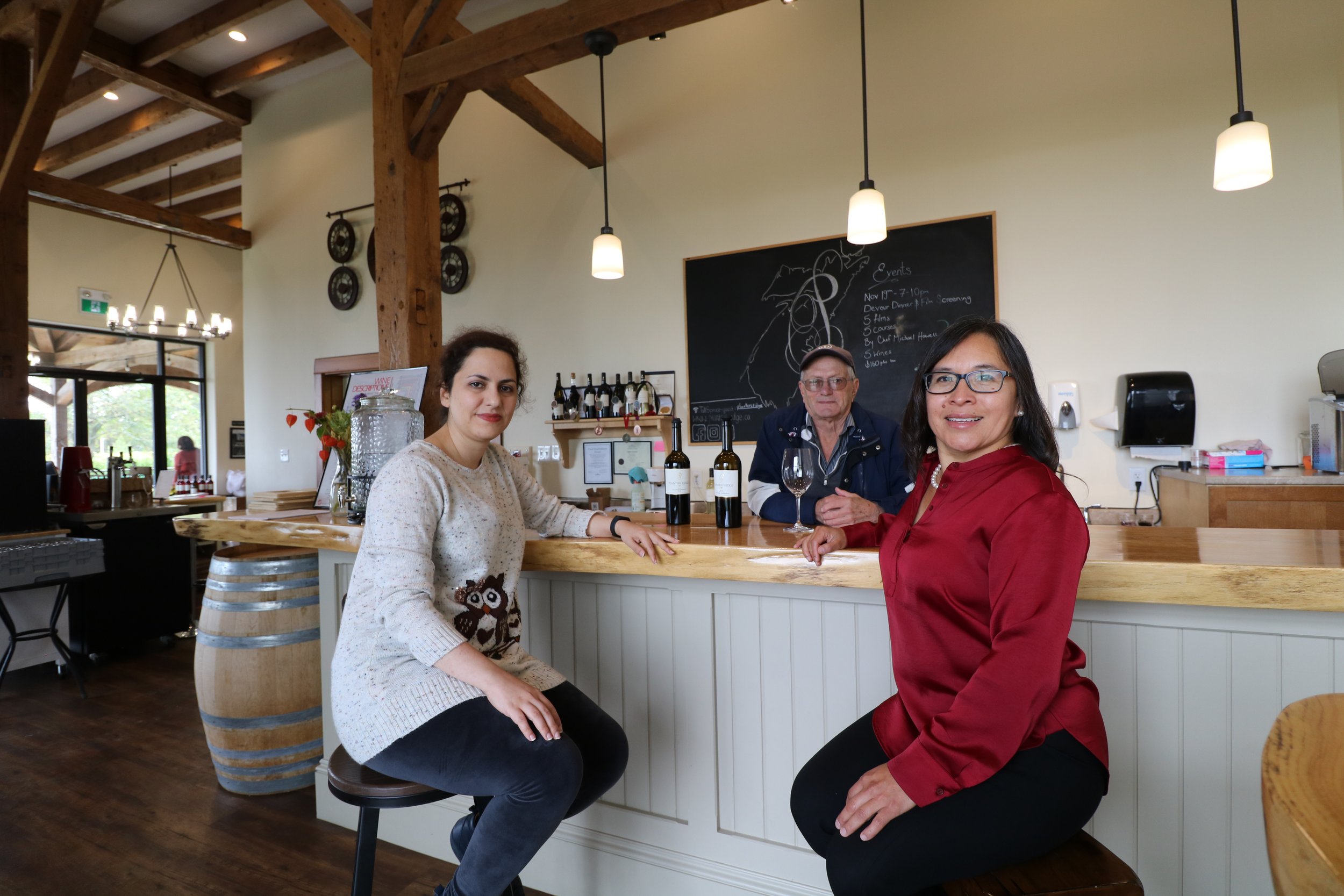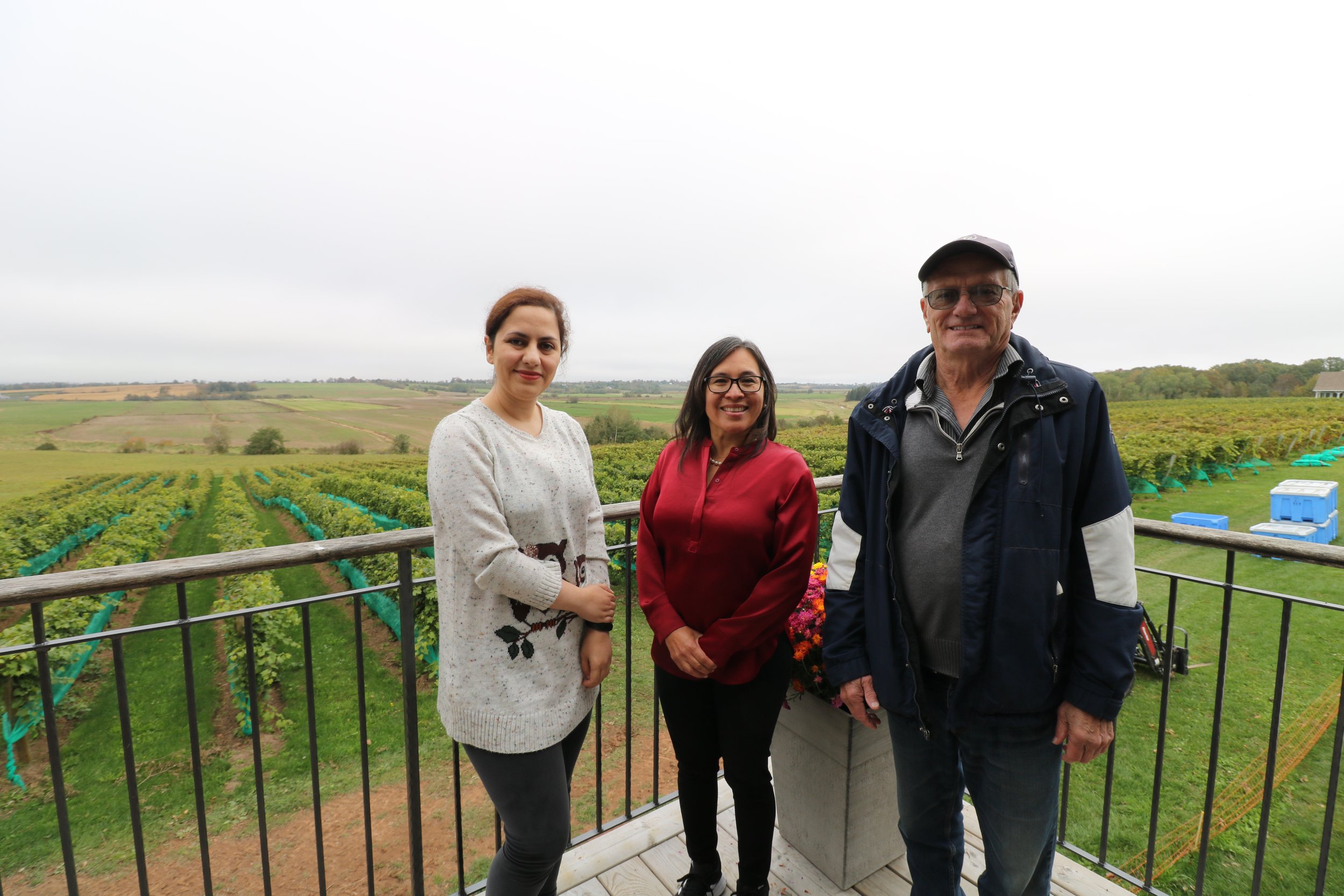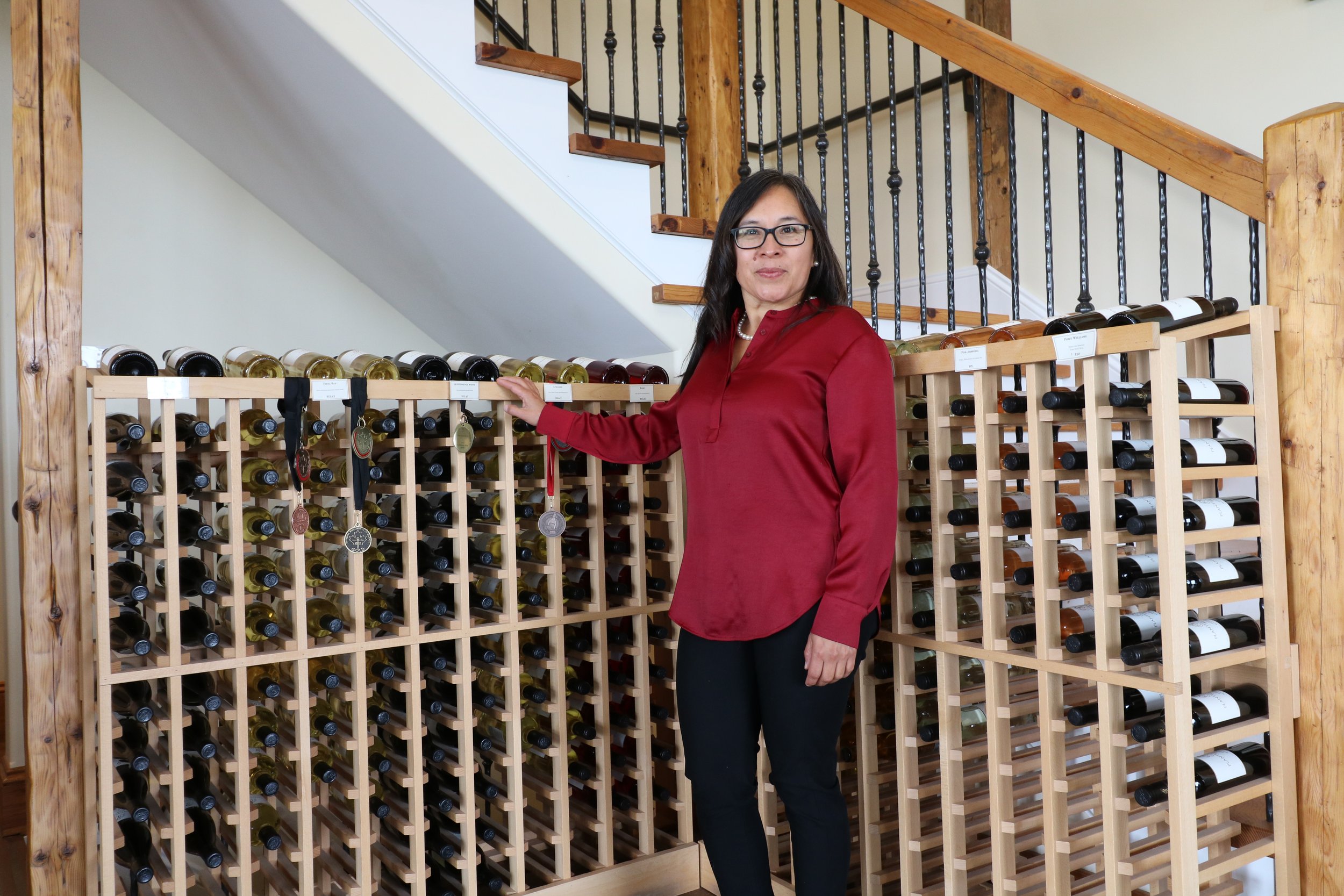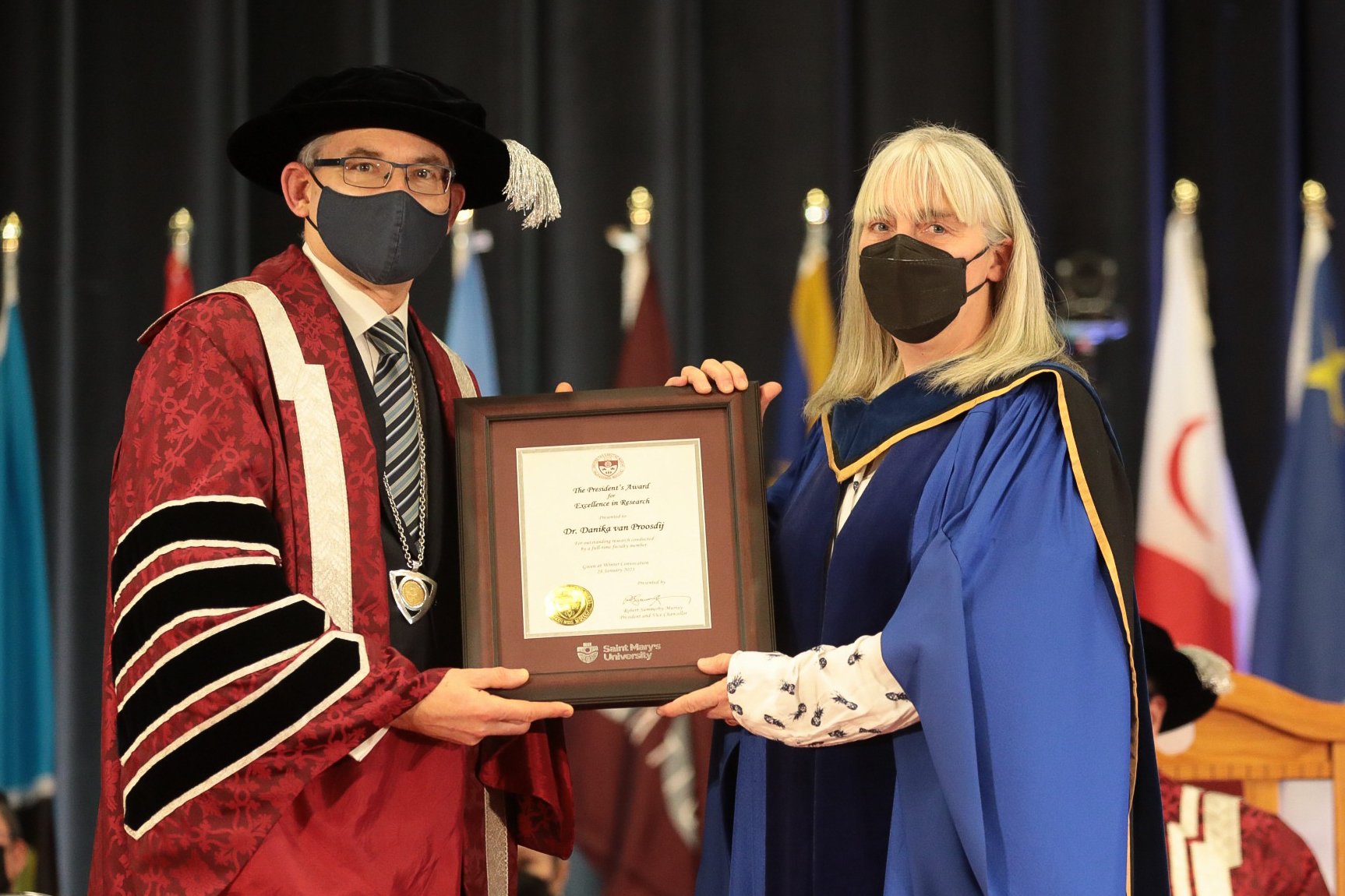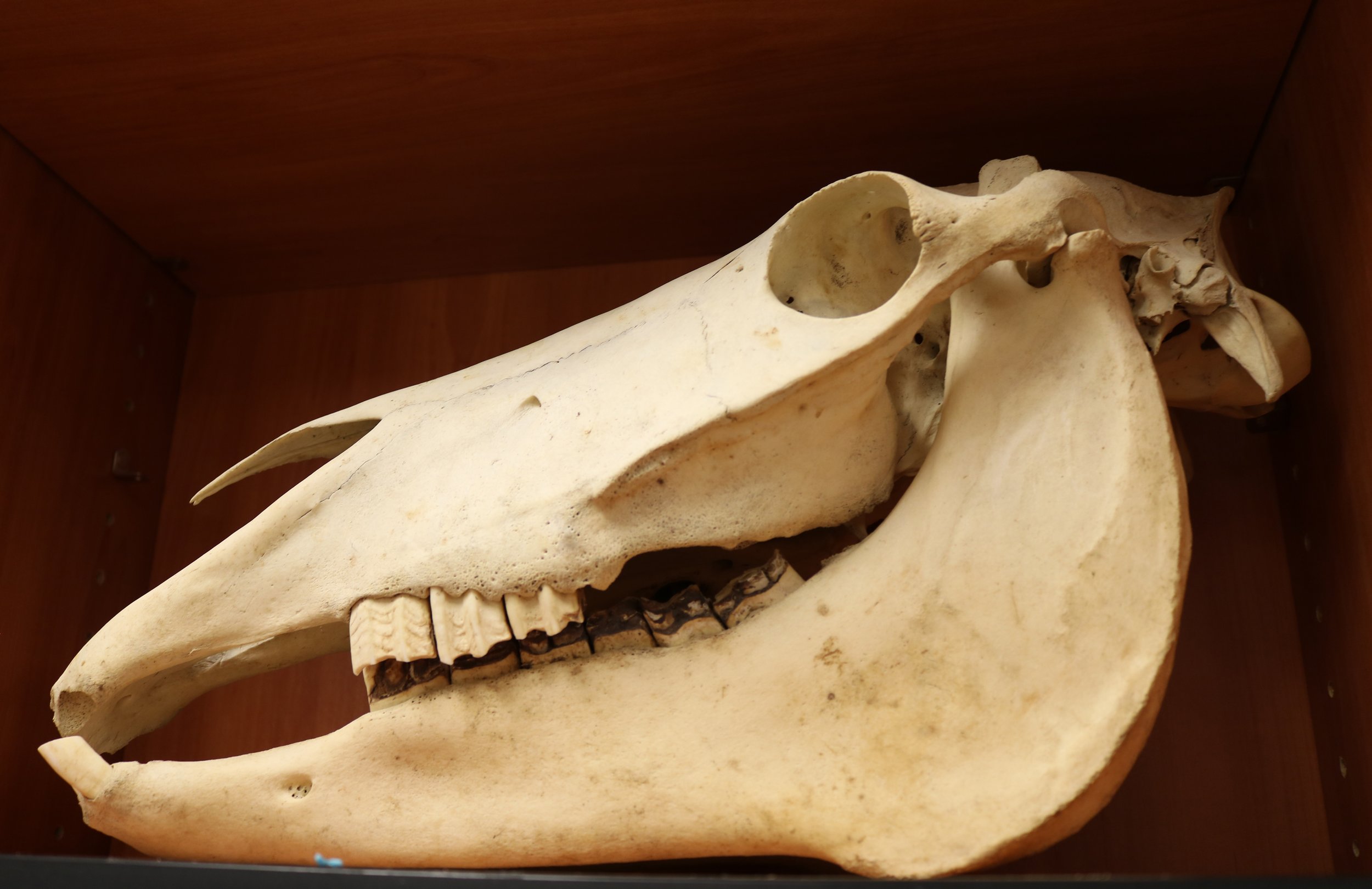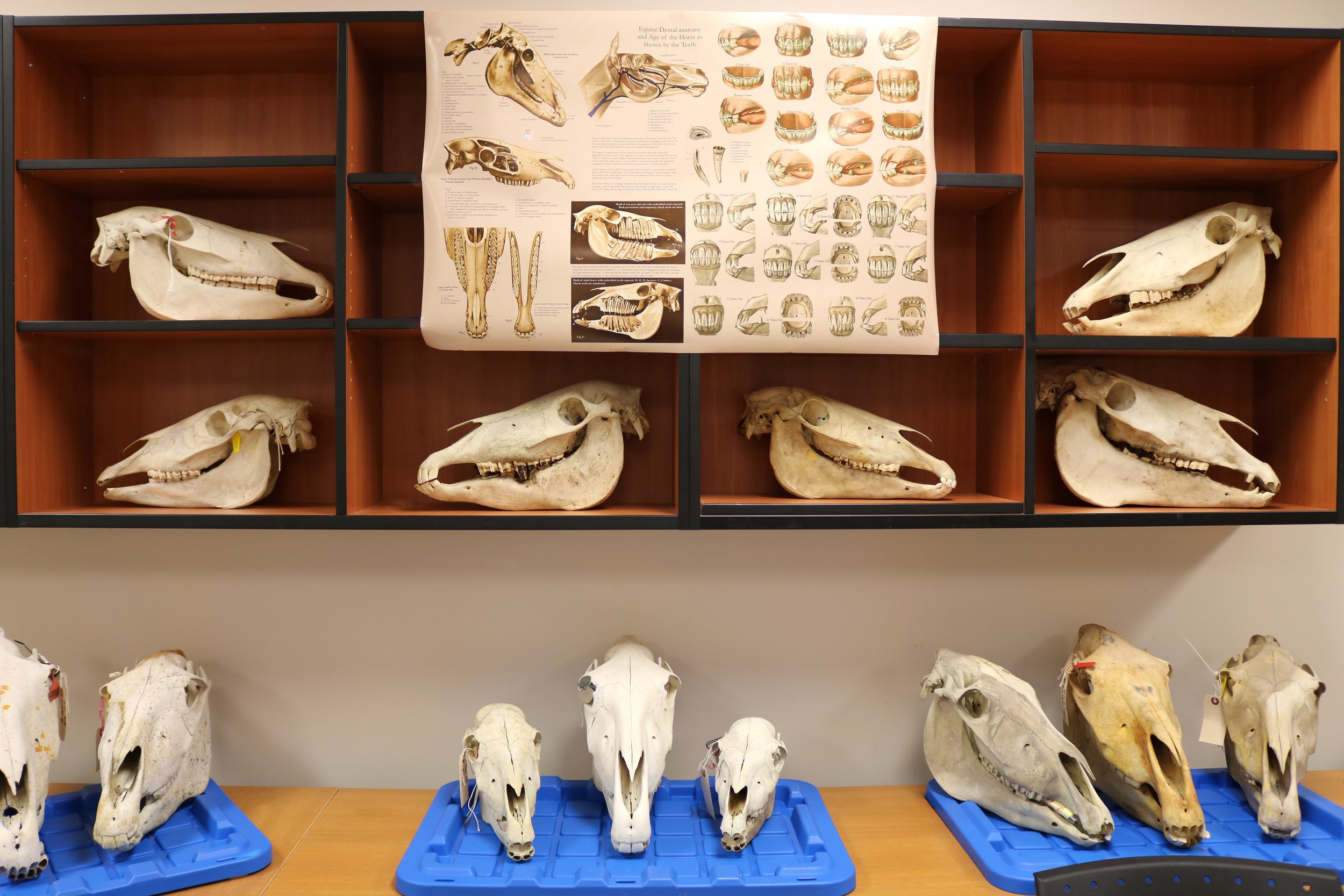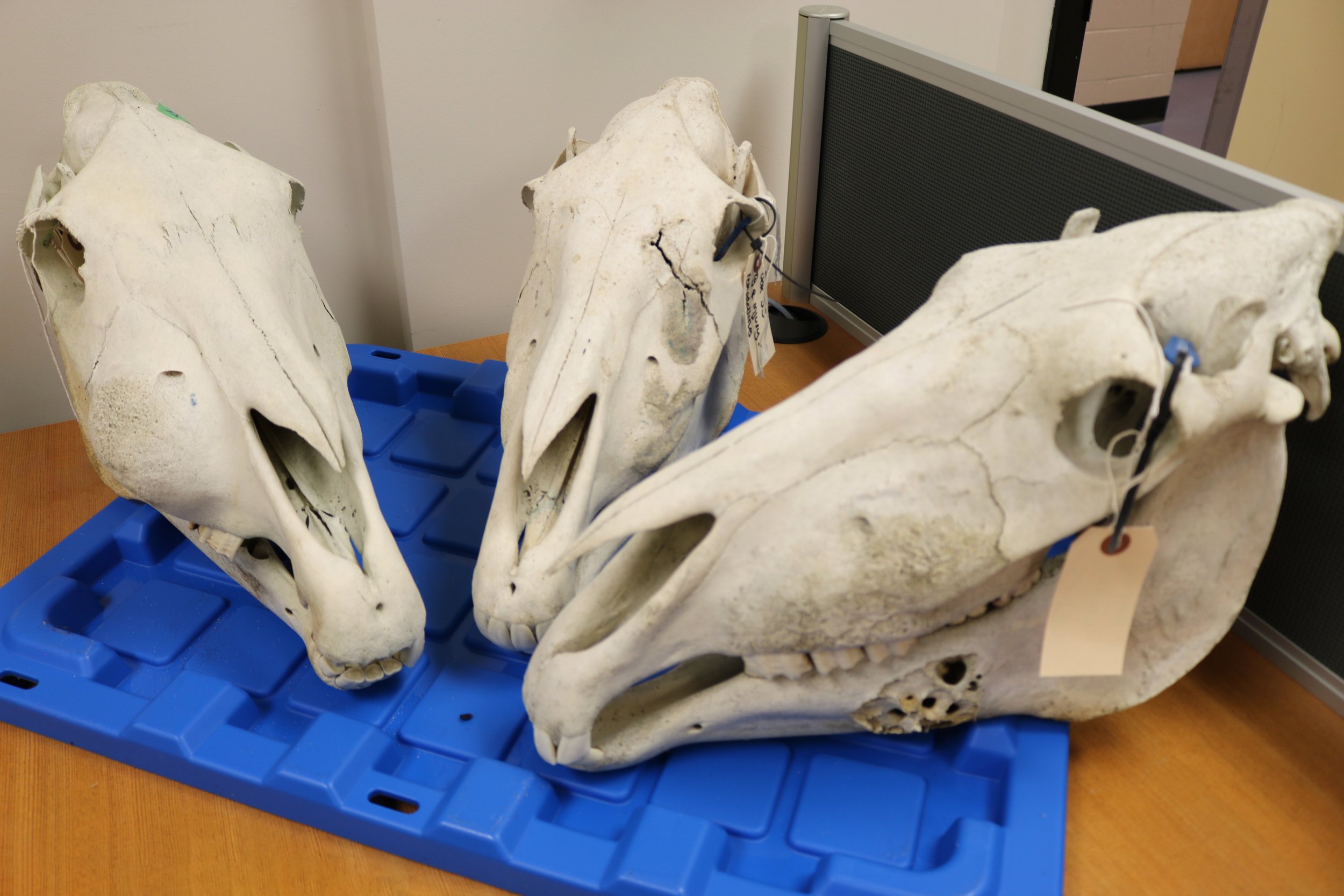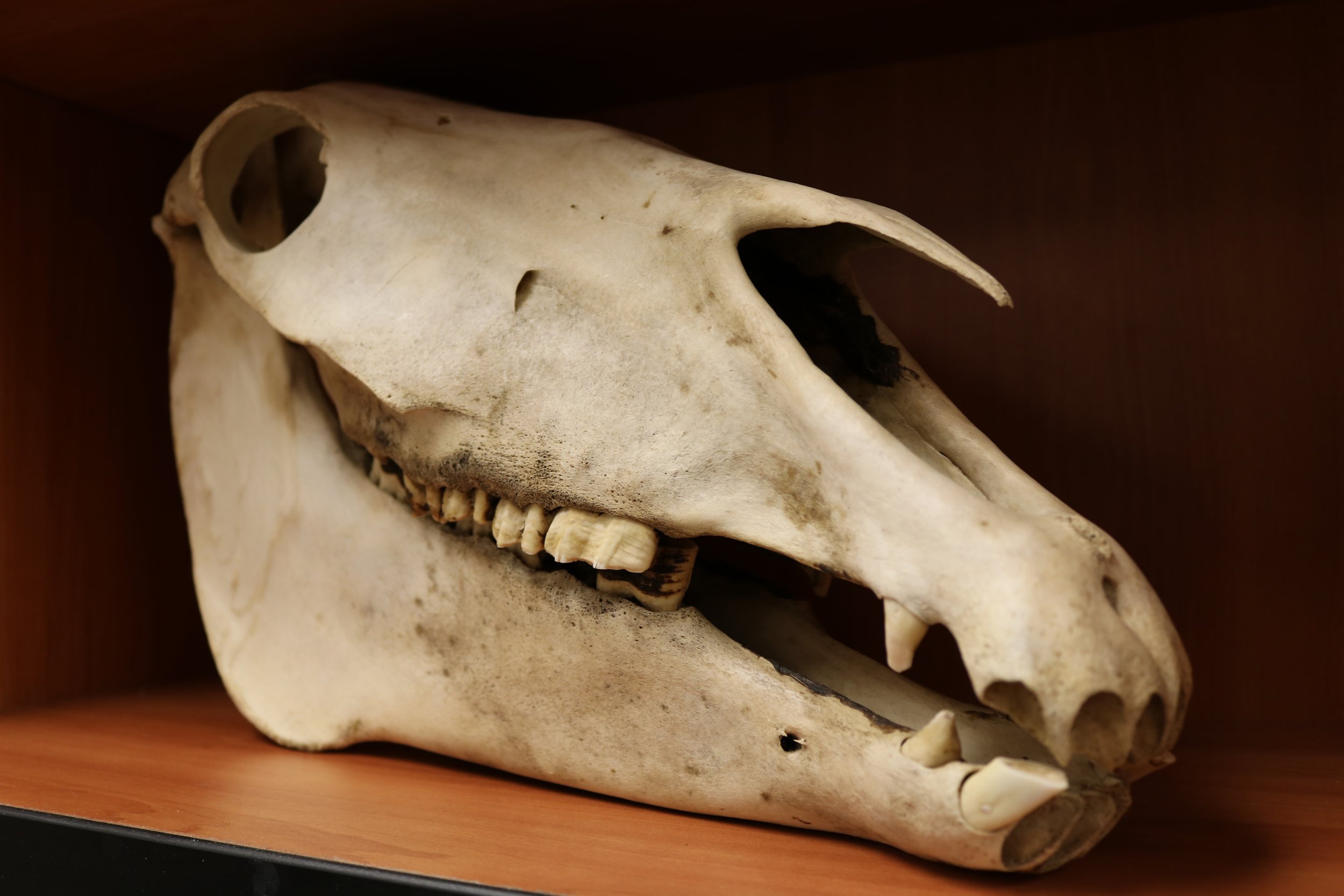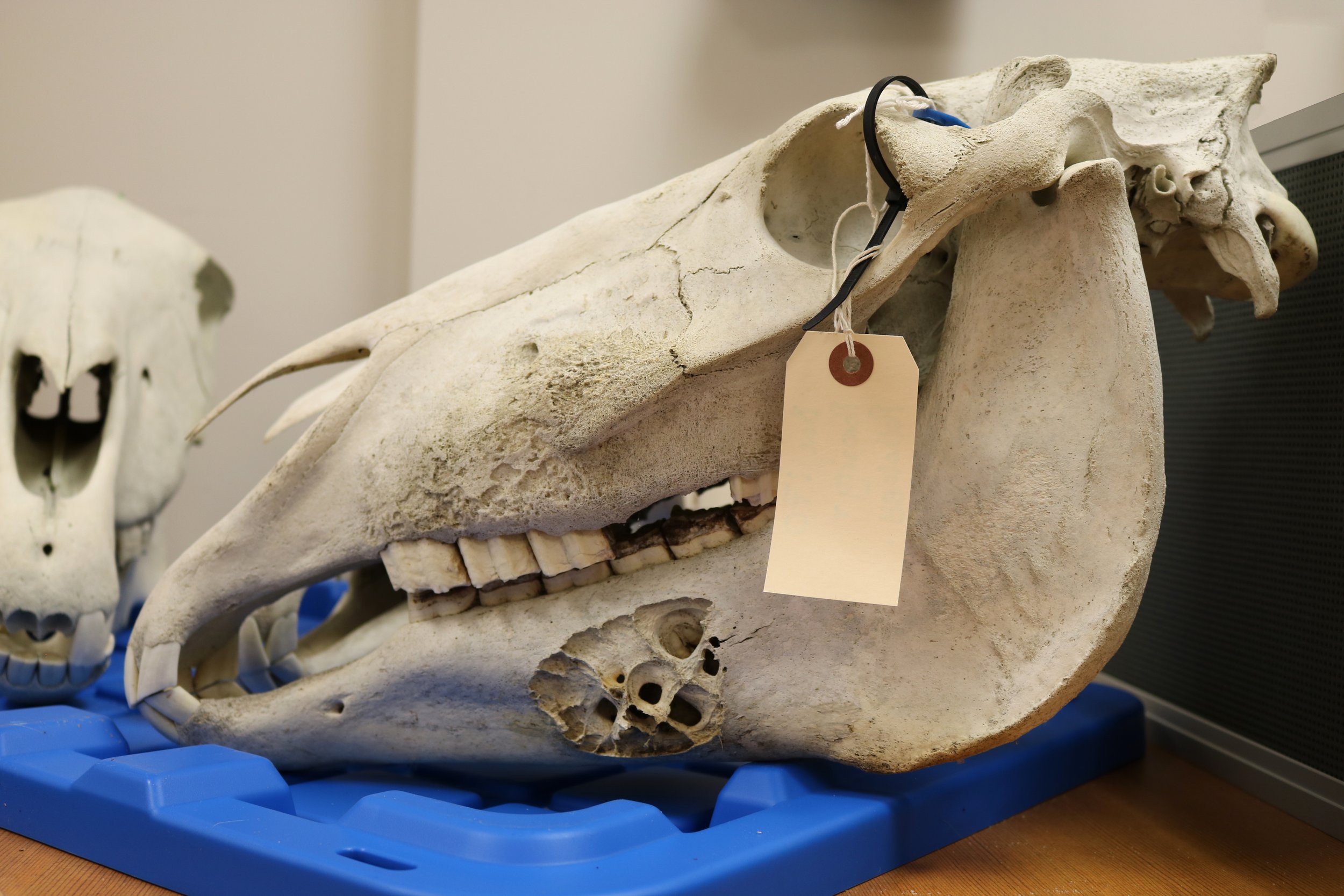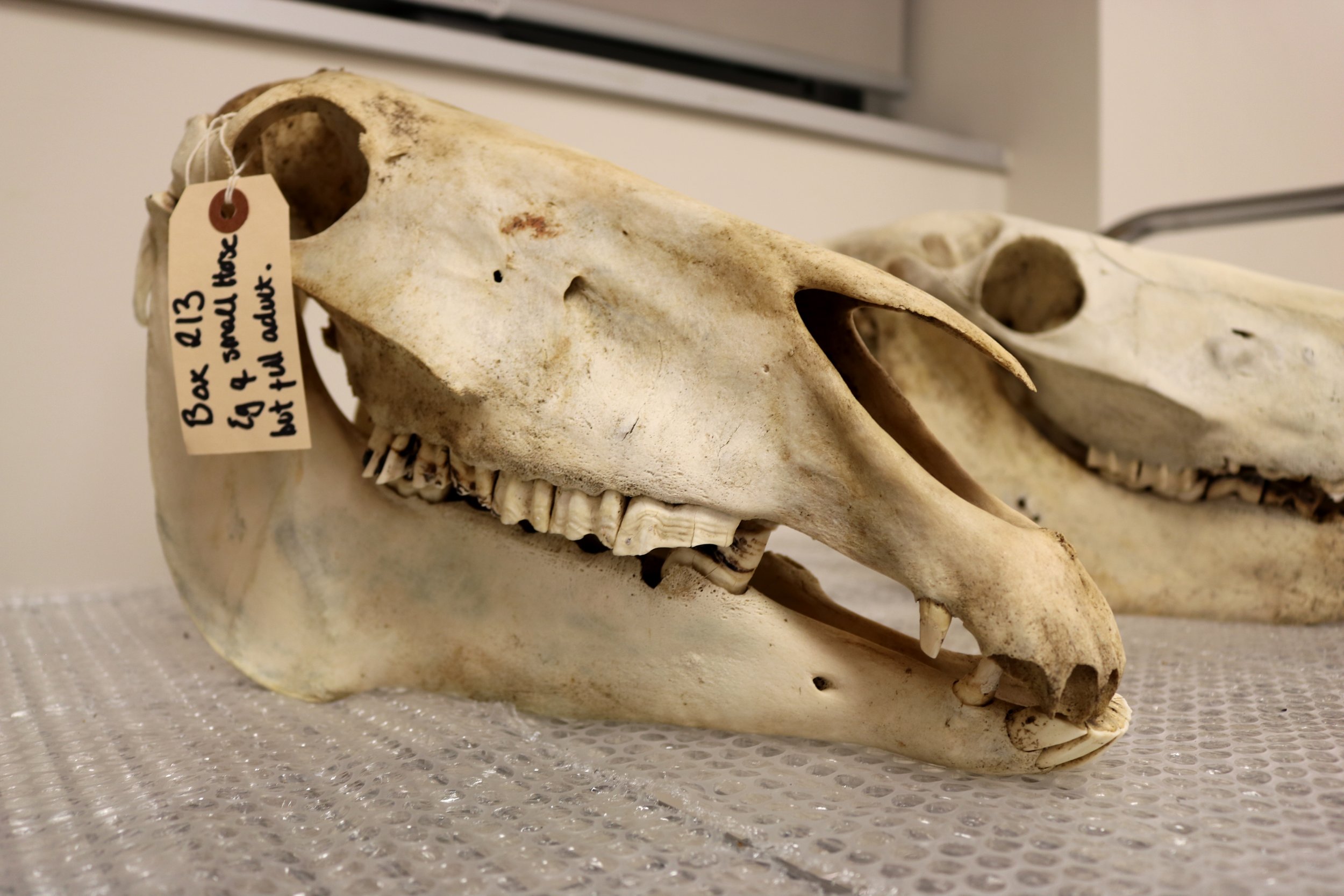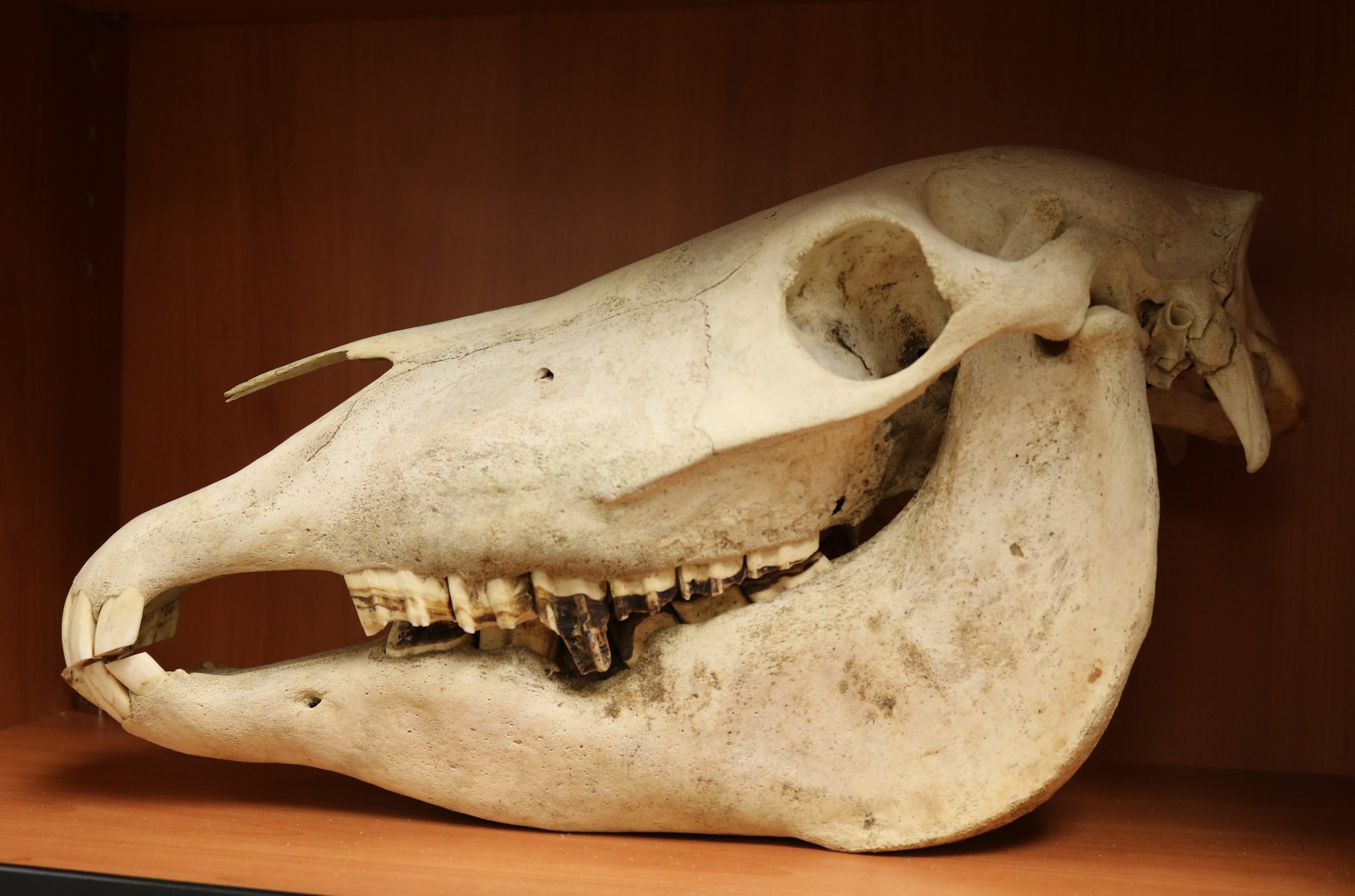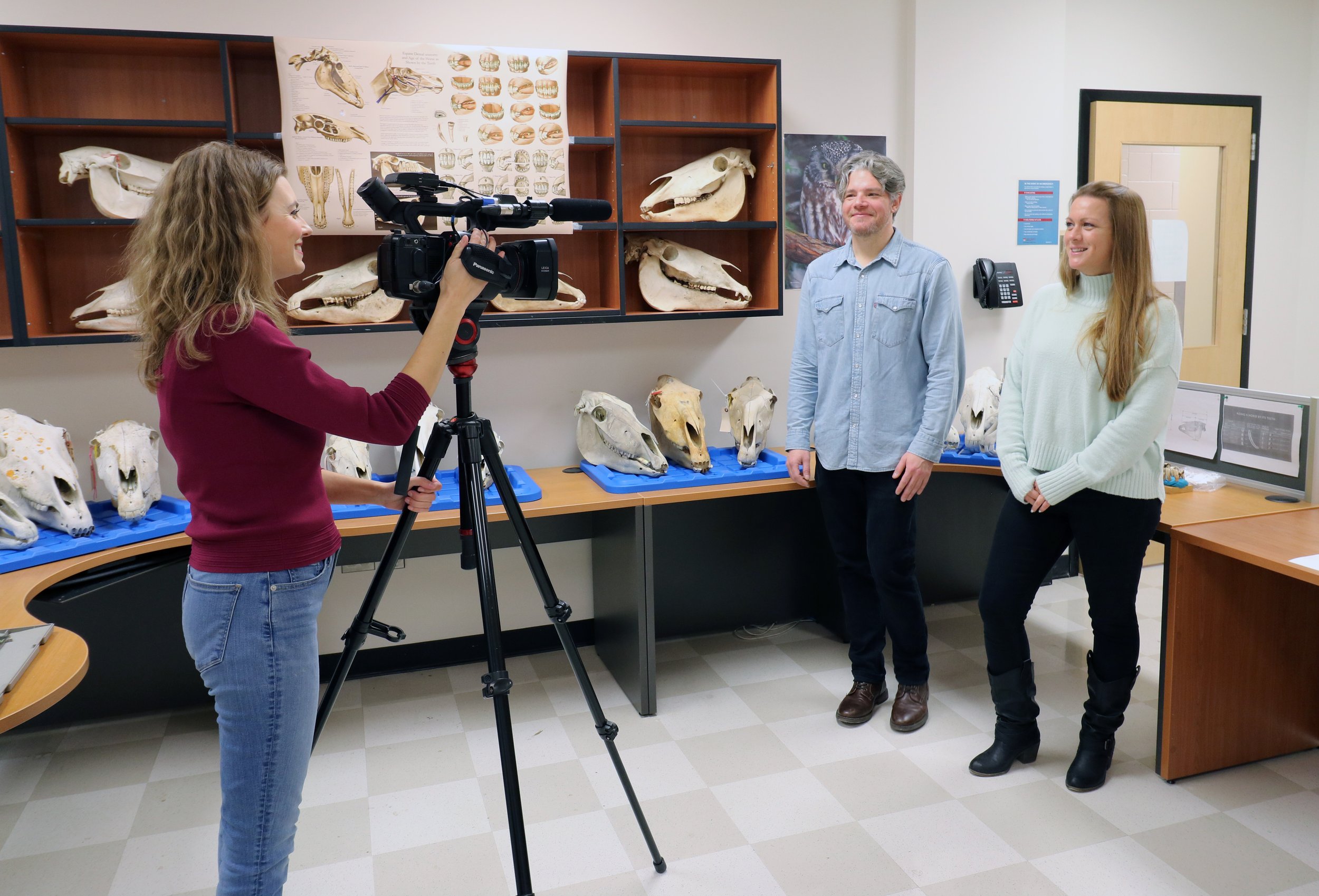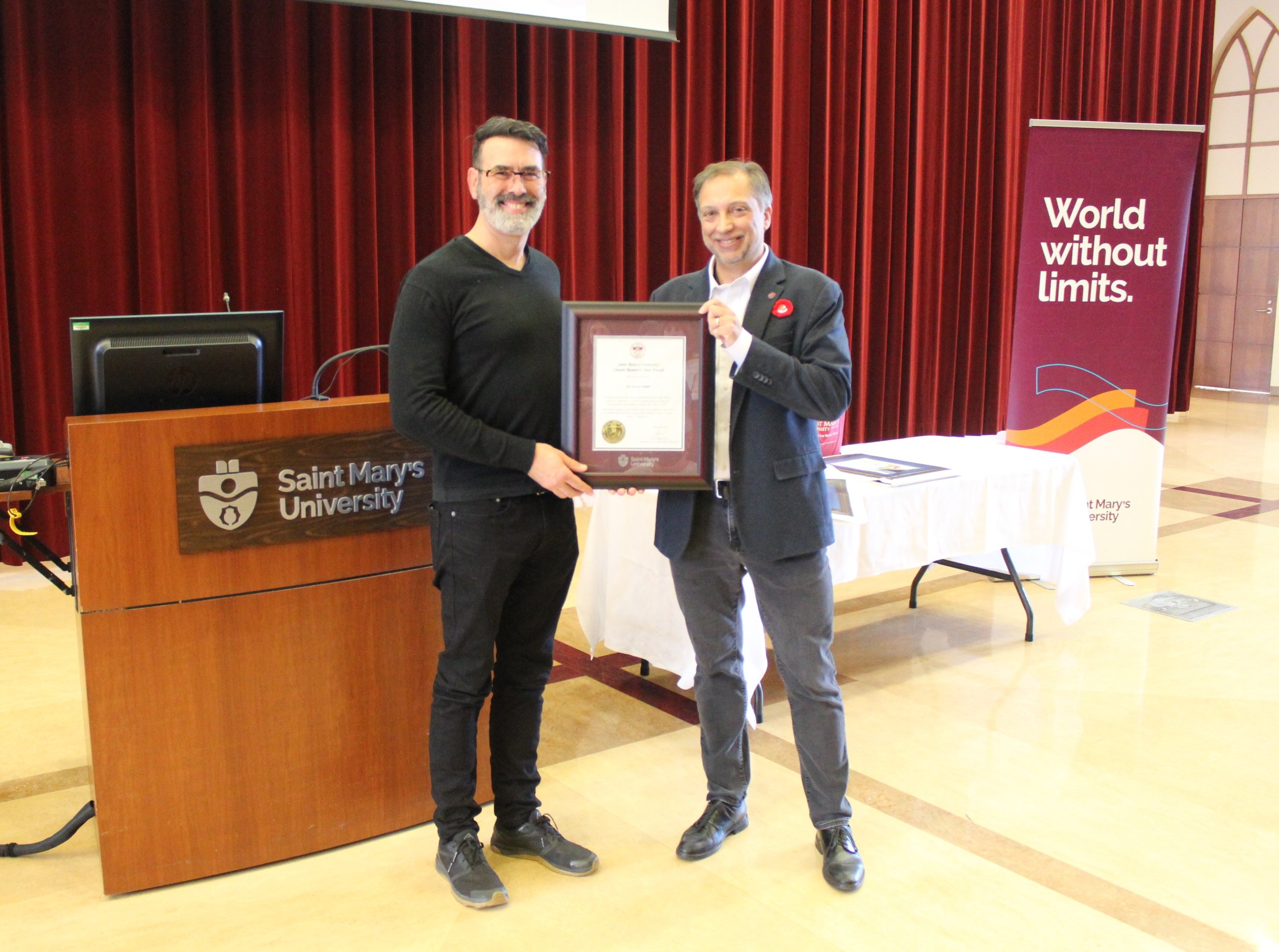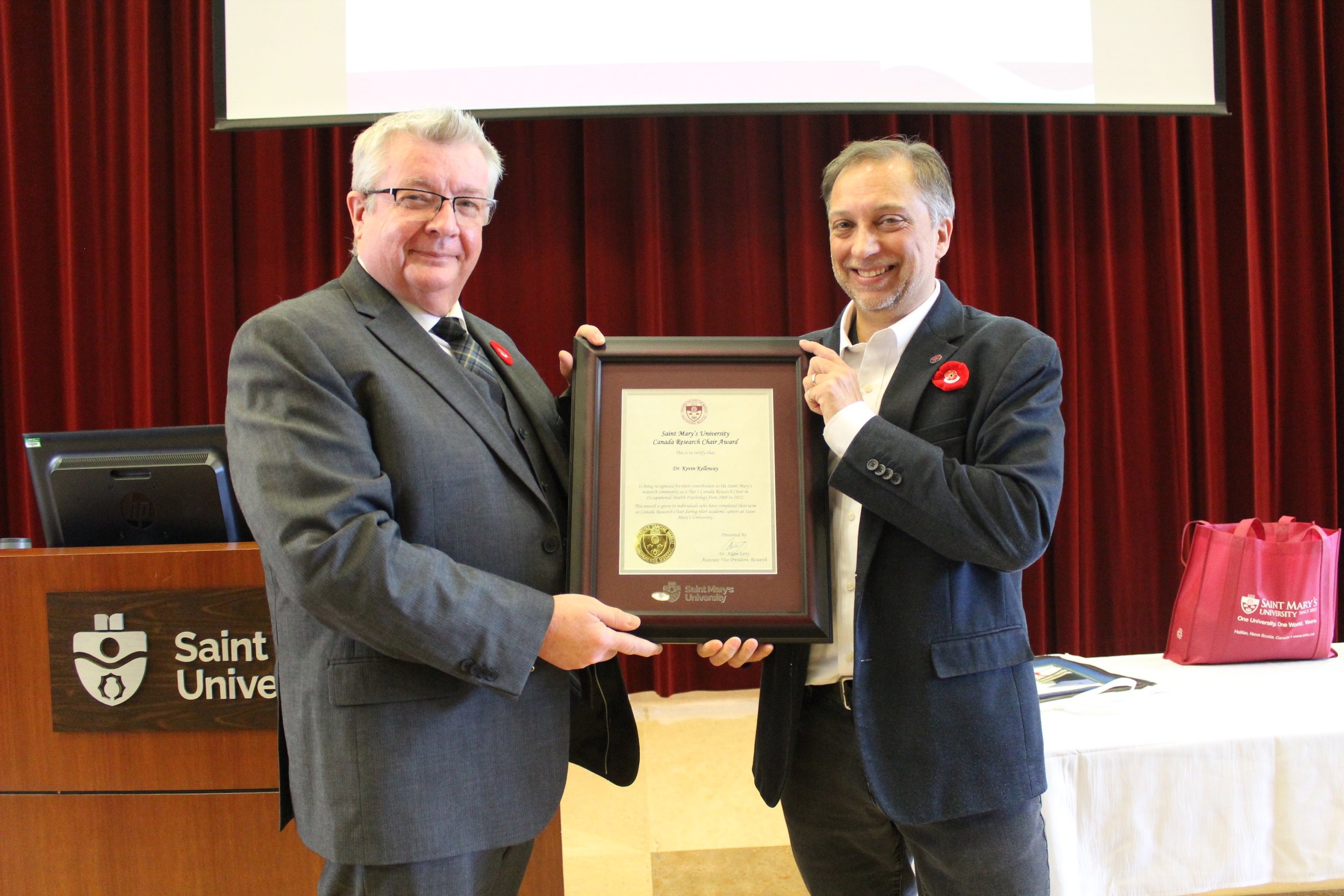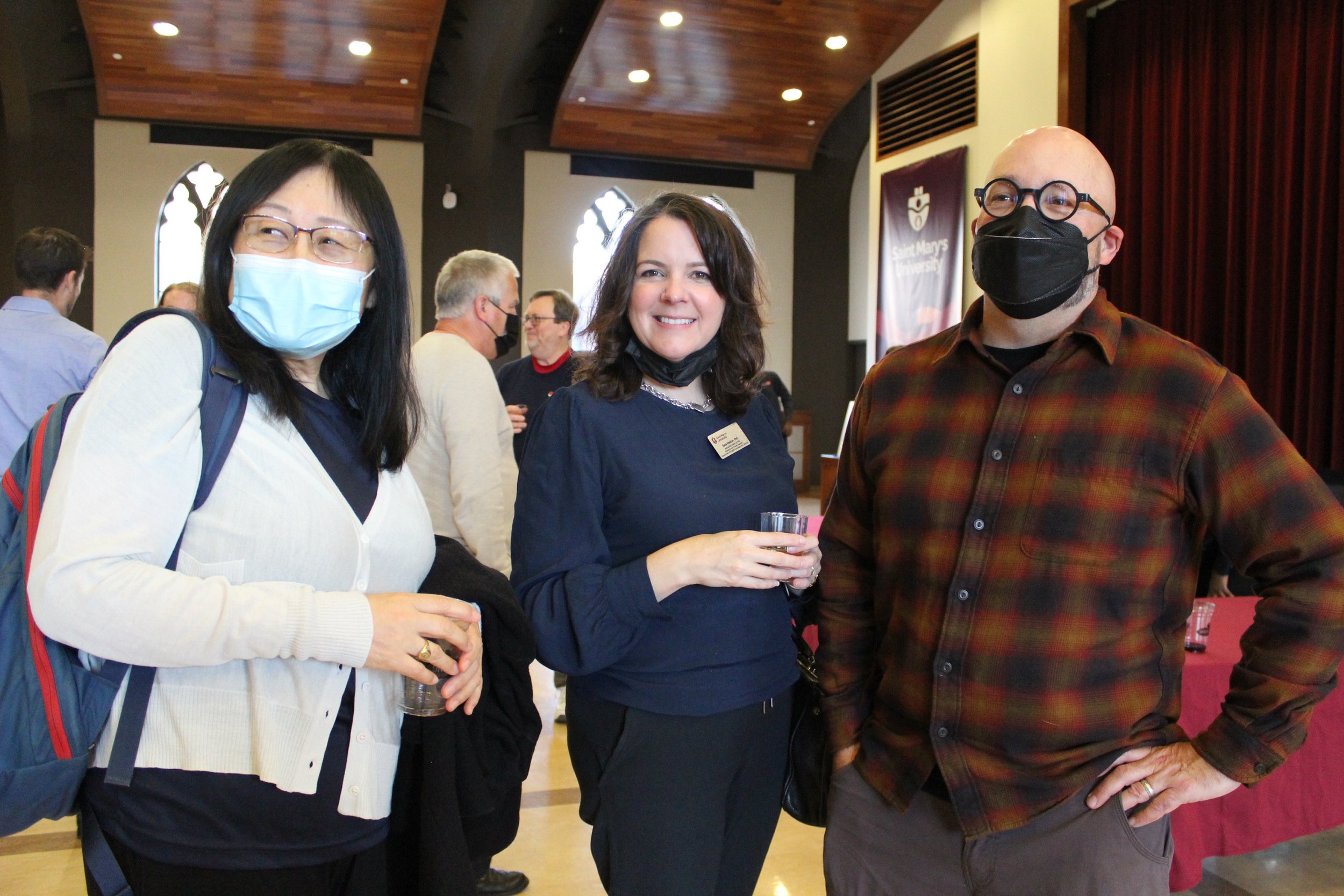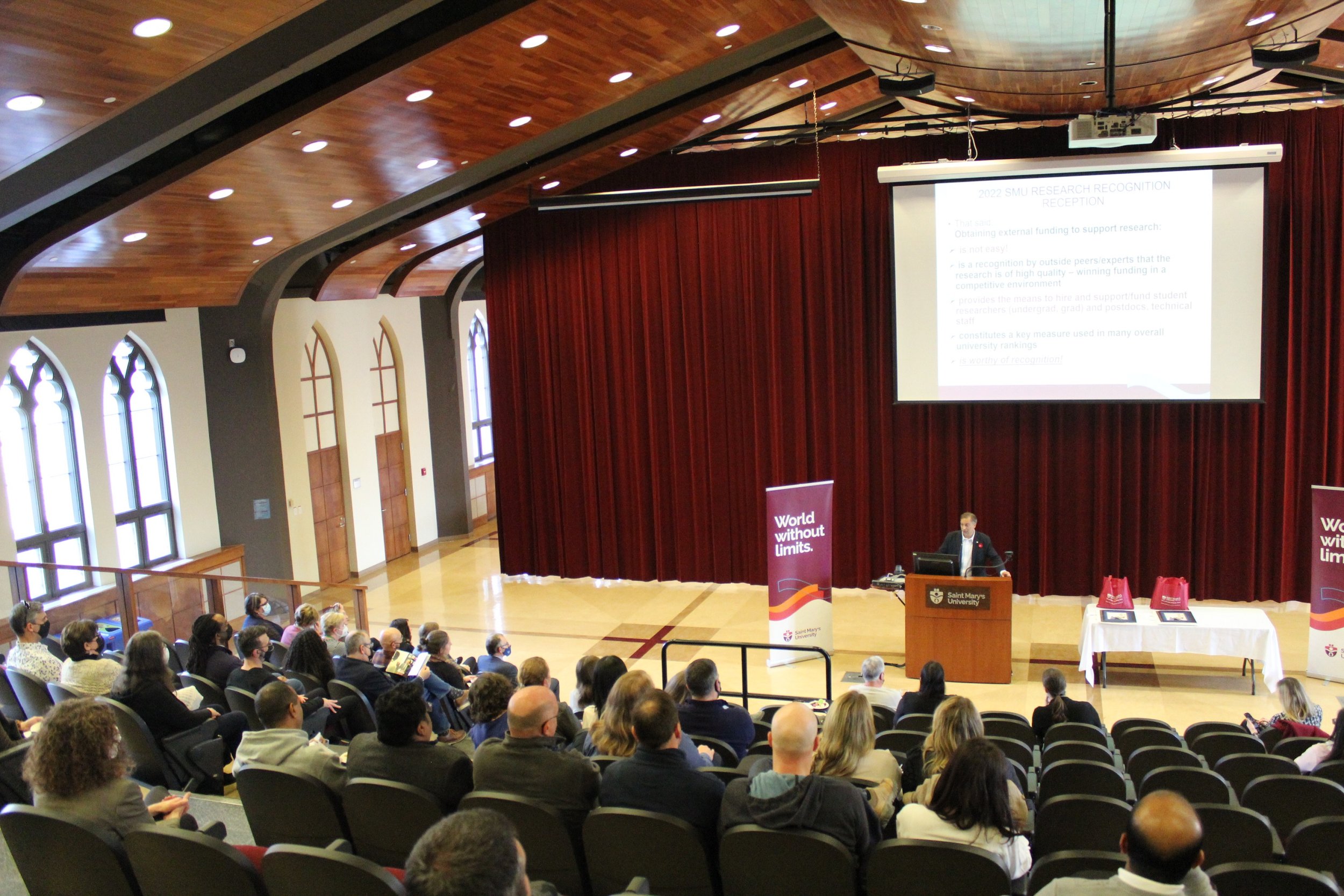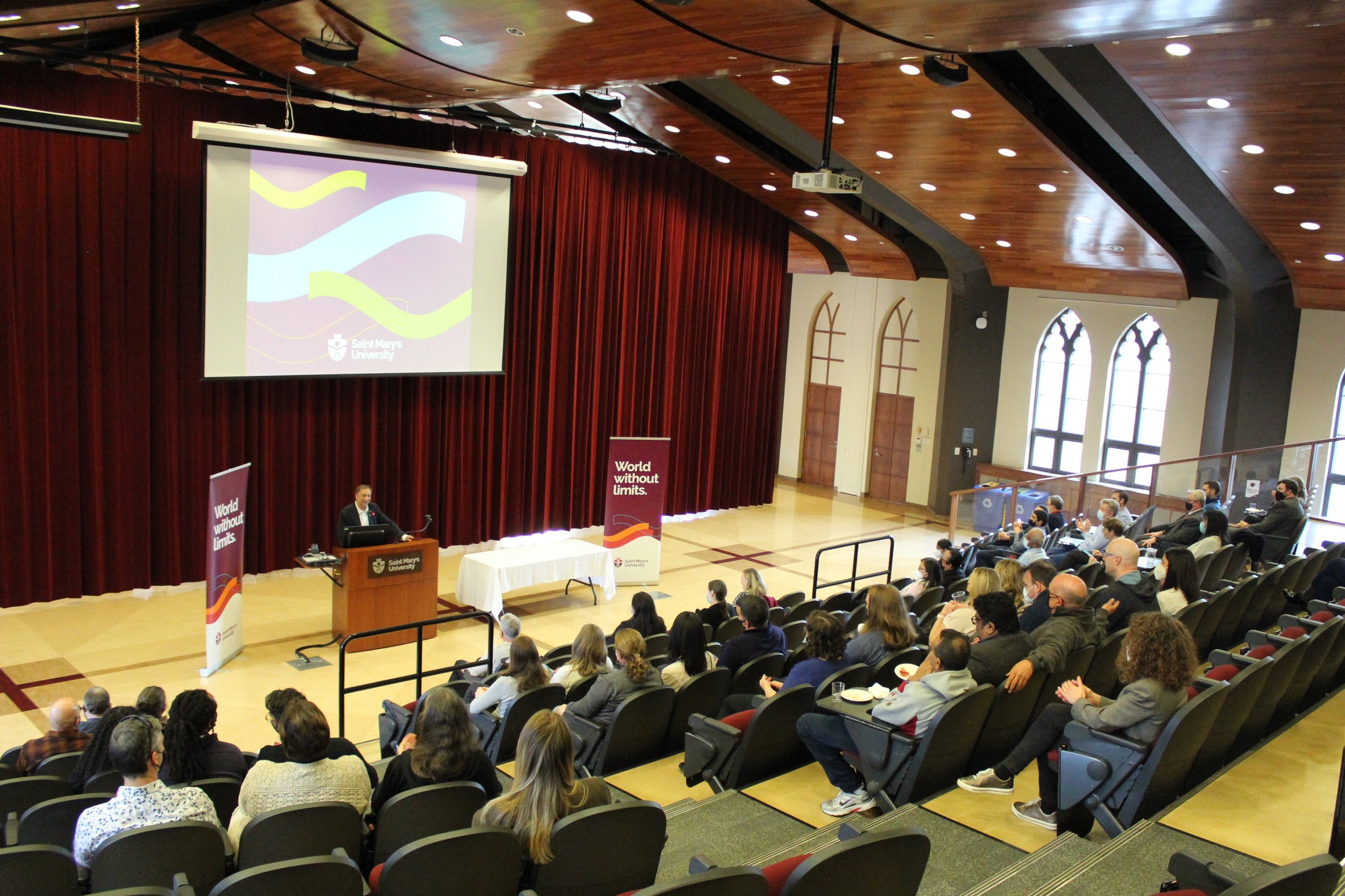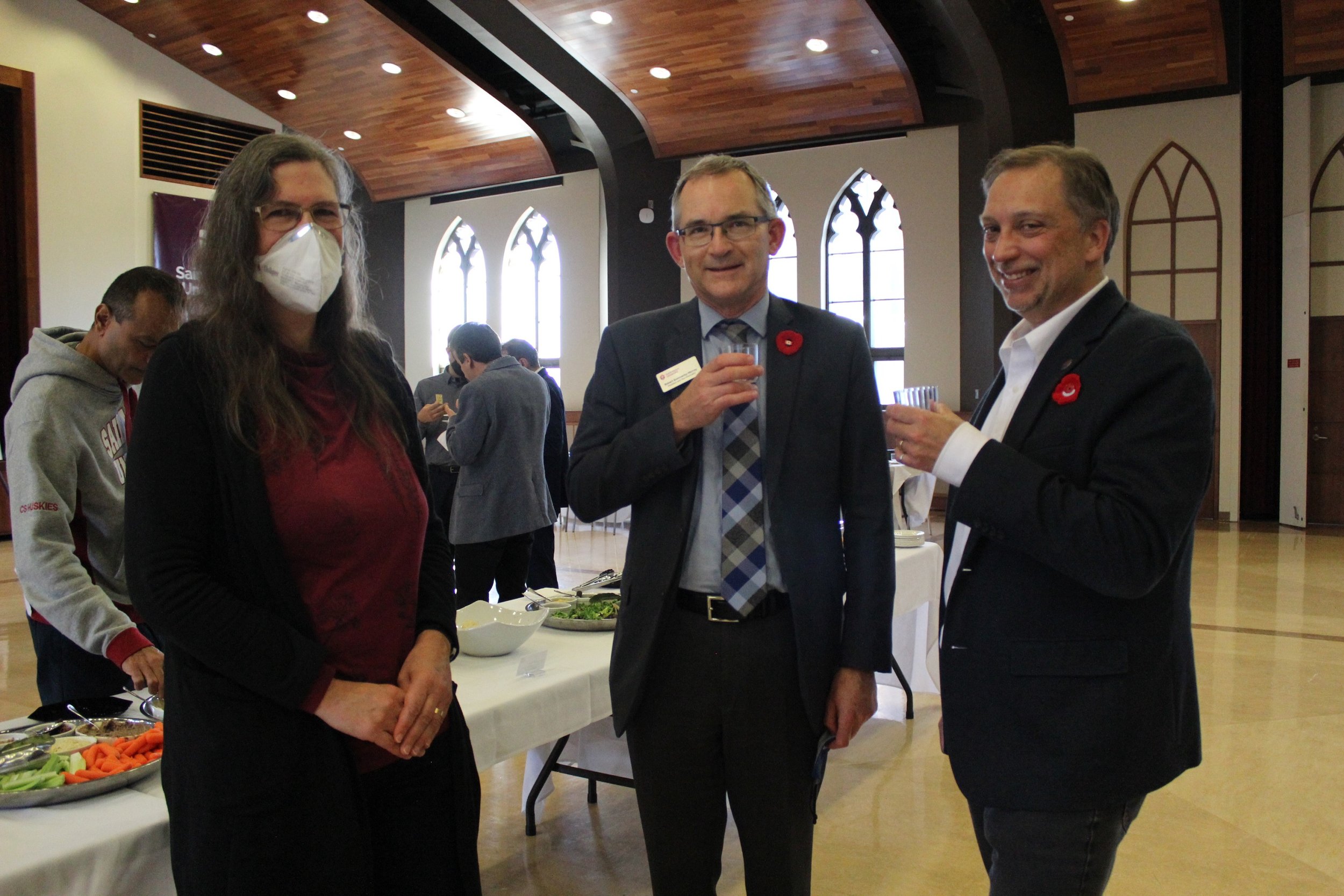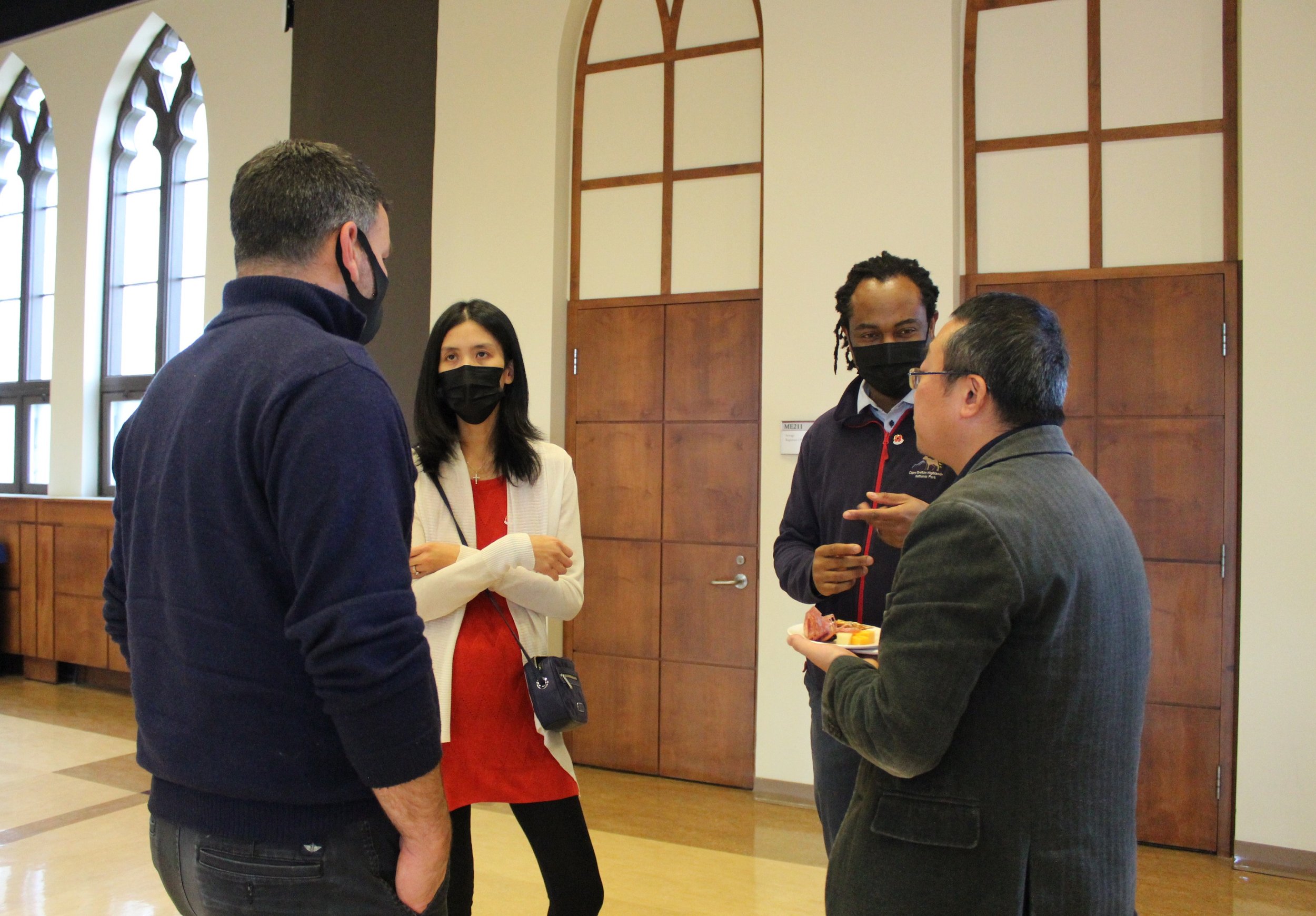Dr. Karly Kehoe and team researching at Pollett’s Cove in Cape Breton, NS
For historian Karly Kehoe, it took leaving Nova Scotia to see its importance in her research.
Kehoe is from Margaree Forks, Cape Breton, and studied history and anthropology as an undergraduate at Saint Mary’s University. In 2000, she left Canada to pursue her PhD at the University of Glasgow in Scotland.
“For me, being a historian is very much understanding the legacy of the past and how we can talk about and deal with where we are right now.” - Dr. Karly Kehoe
Besides research fellowships at institutions like Trinity College Dublin, Yale University and Durham University, Kehoe worked in Scotland as a university professor until 2016. There, she began exploring the migration of Scottish and Irish Catholics to British territories in the Atlantic during the 18th and 19th centuries.
“When I worked at the University of the Highlands and Island, it was clear there were a lot of people in the area whose ancestors had gone to Cape Breton in the 19th century. I found it easy to connect with them and learned a lot about Cape Breton and how its communities had evolved in the process,” she says.
Now, Kehoe is back at Saint Mary’s University and sharing her findings with her students and local communities beyond the university.
As the Canada Research Chair in Atlantic Canada Communities, she is also building on the work she has been doing for more than a decade on religious minority migration to the Caribbean and what would become Atlantic Canada.
“I never thought I would end up here doing this work, but research is about following the evidence. The source material, the landscape and the conversations were showing me important things,” says Kehoe.
“The research chair I hold is allowing me to look at settlement patterns here in the Maritimes and investigate why Catholics—a persecuted religious minority in the United Kingdom—migrated in such large numbers to places like Cape Breton, mainland Nova Scotia, Prince Edward Island and various islands in the Caribbean.”
Last year, Kehoe published her second book, Empire and Emancipation: Scottish and Irish Catholics at the Atlantic Fringe, with the University of Toronto Press.
Through her research, Kehoe has shed light on how the arrival of Catholic migrants—displaced because of their religion—led to new communities in Nova Scotia and nearby provinces.
It has also revealed a darker history of how these newcomers knowingly displaced the Indigenous Mi’kmaq and extended Britain’s imperial reach.
“When you start putting the pieces together about how communities here formed and how they were informed by an imperial program that was very powerful and very thorough, you start to uncover more of what the legacy is,” says Kehoe. “For me, being a historian is very much understanding the legacy of the past and how we can talk about and deal with where we are right now.”
This approach to history and her work on migration has also led Kehoe to the world of science diplomacy and advocacy. She has founded programs in Canada and Scotland to help researchers and artists displaced by war, conflict and threats of violence continue their work in their host countries.
“It's about recognizing that it doesn't matter where you come from—as an academic researcher, you should have the freedom to continue with your work,” Kehoe says, noting the rise in displaced researchers in places like Ukraine, Syria and Turkey.
“These researchers may come up with an invention that changes the world. But we need to make space for their integration and collaboration. I would rather be the person who opens doors than the one who guards them.”
Both through her research and advocacy work, Kehoe says it’s vital to take steps to preserve historical perspectives at risk of being overlooked or forgotten.
“The humanities matter,” she says. “They are so important in helping us to understand where we come from and where we need to go.”



